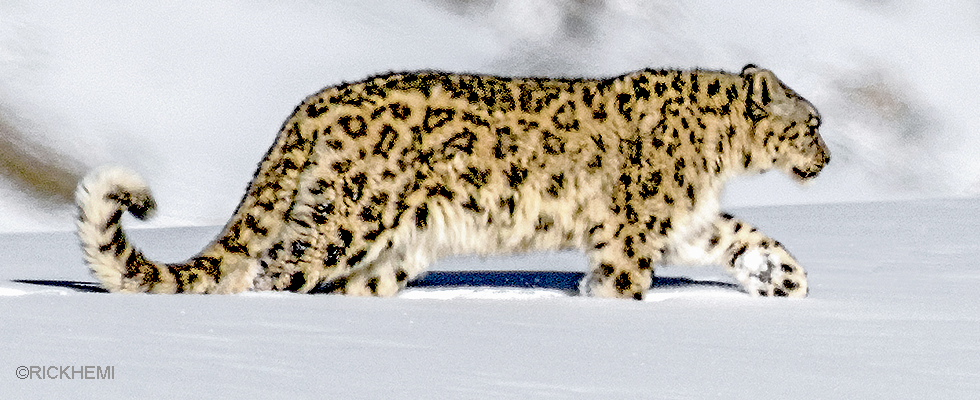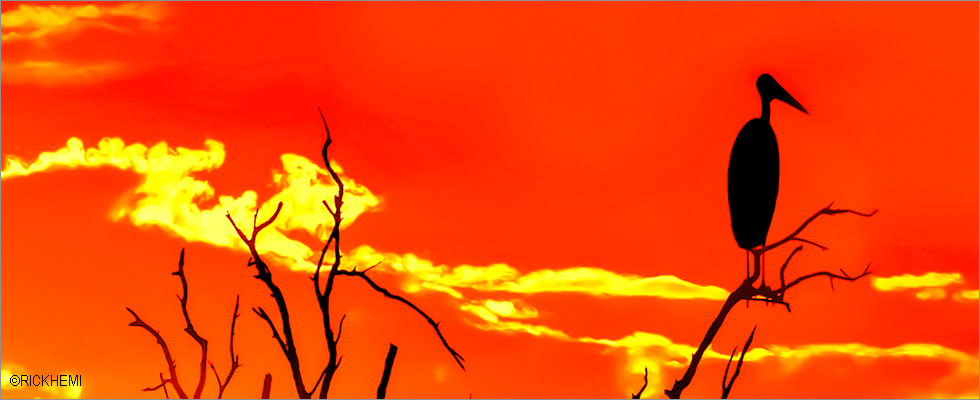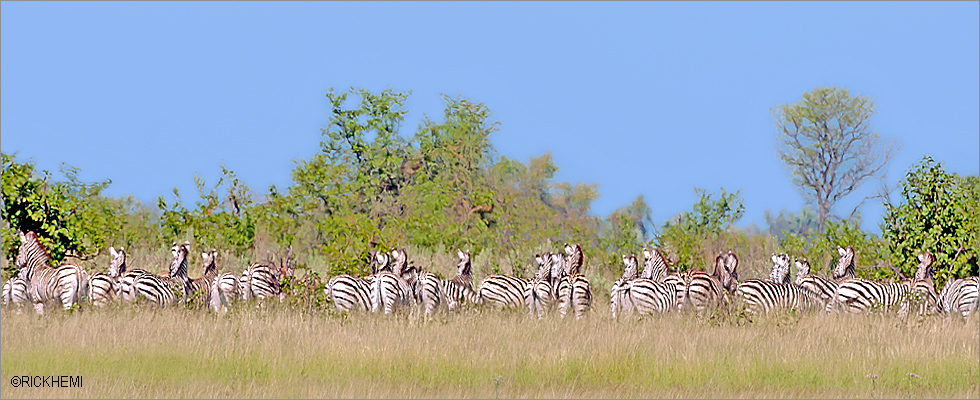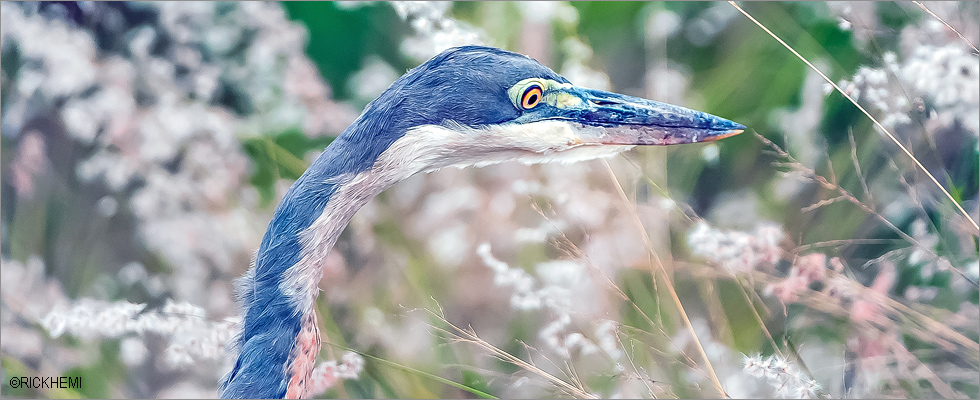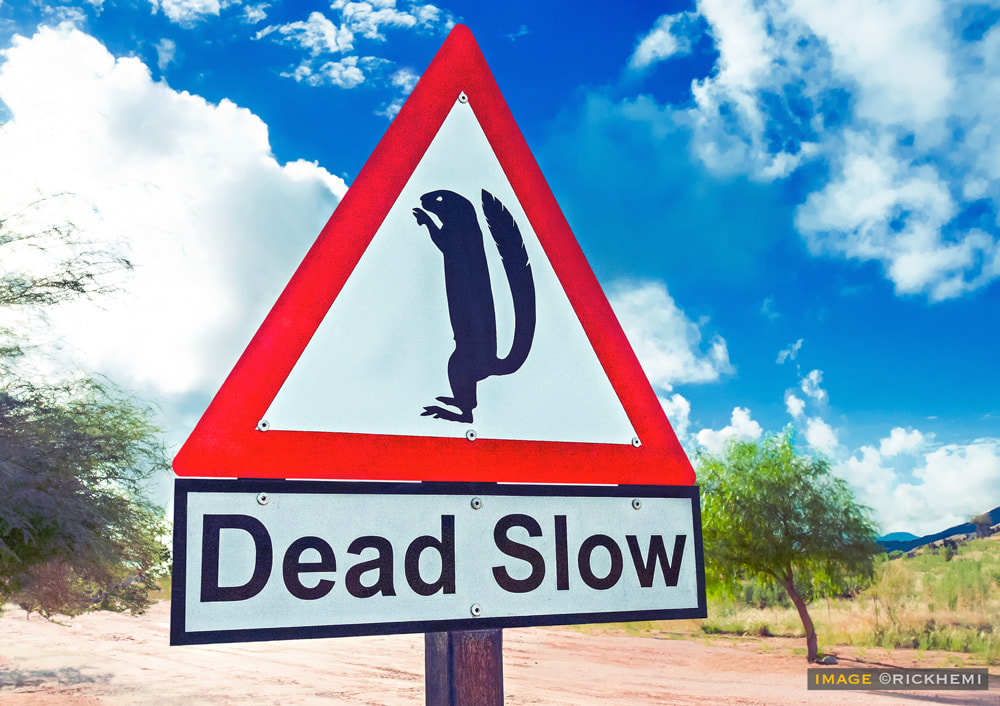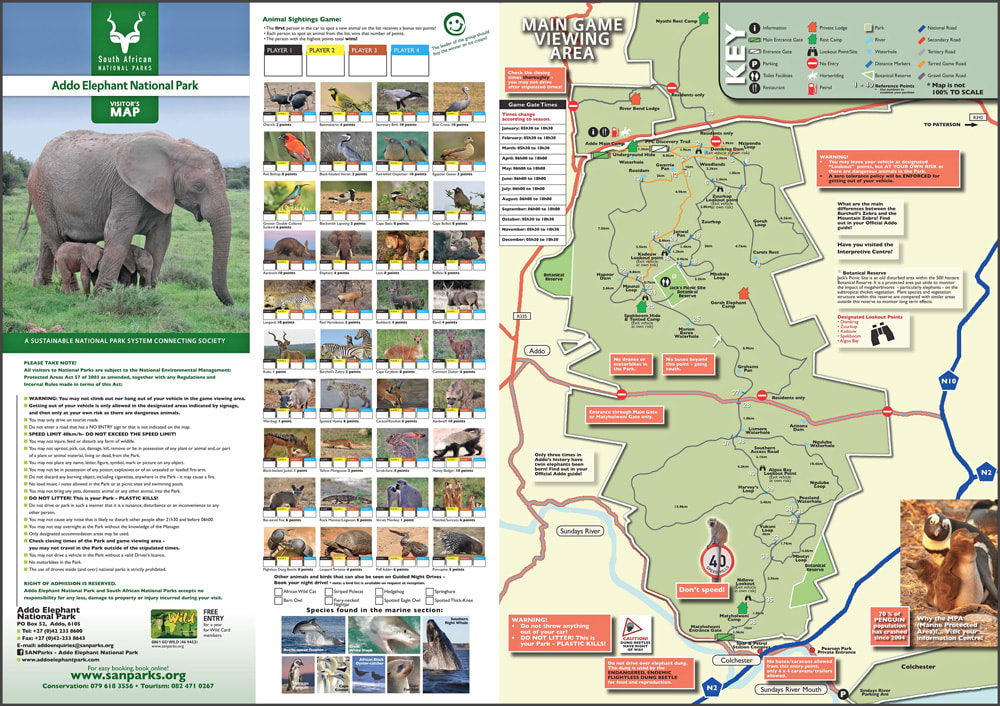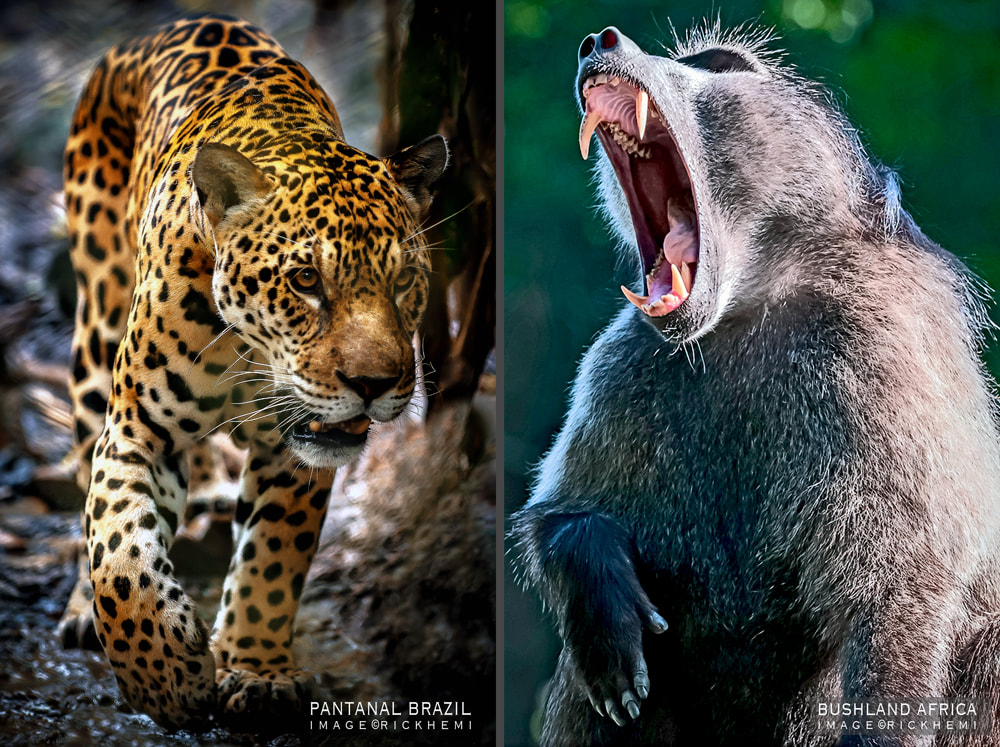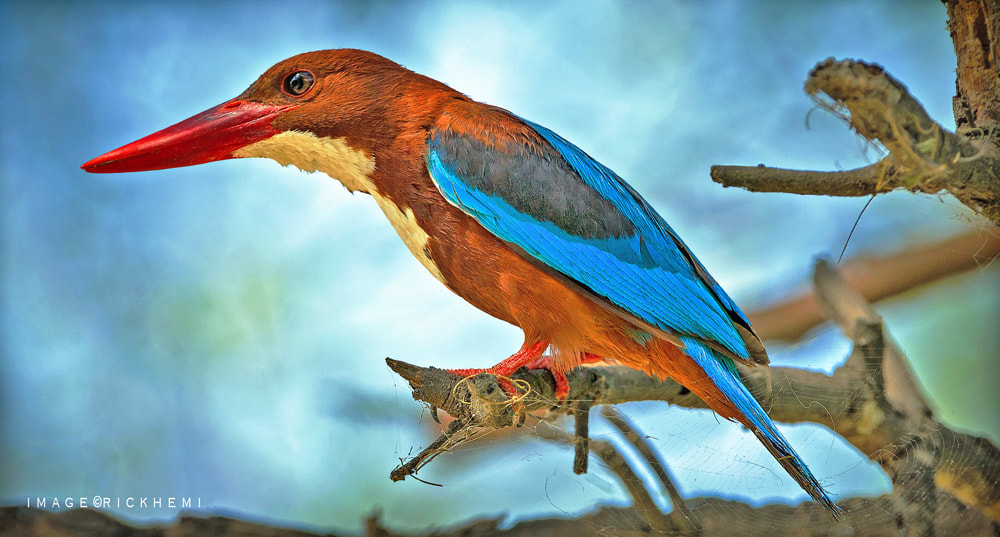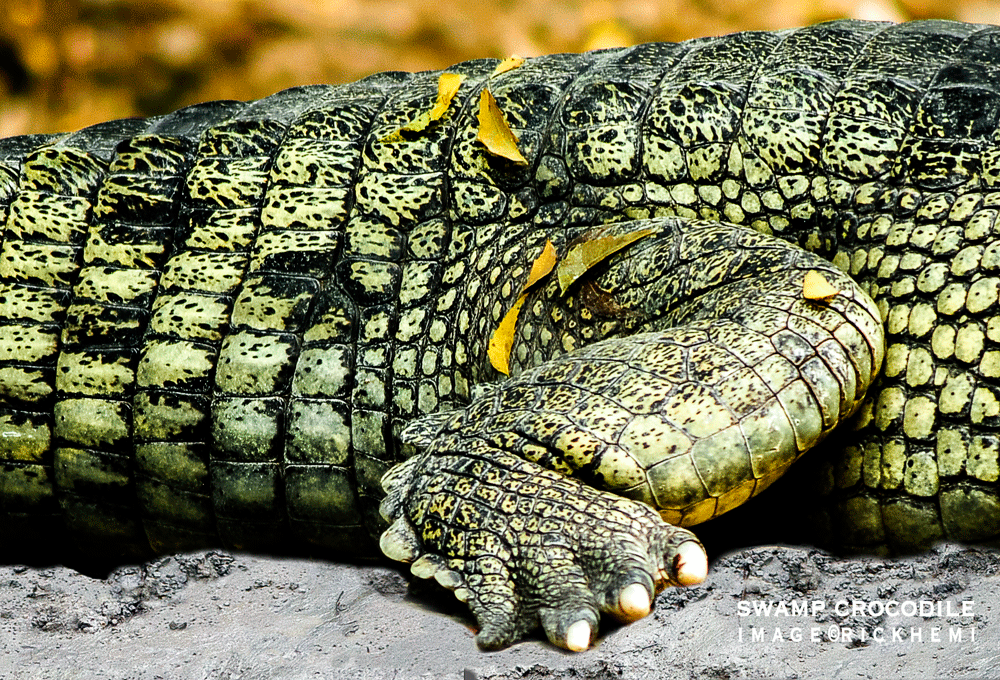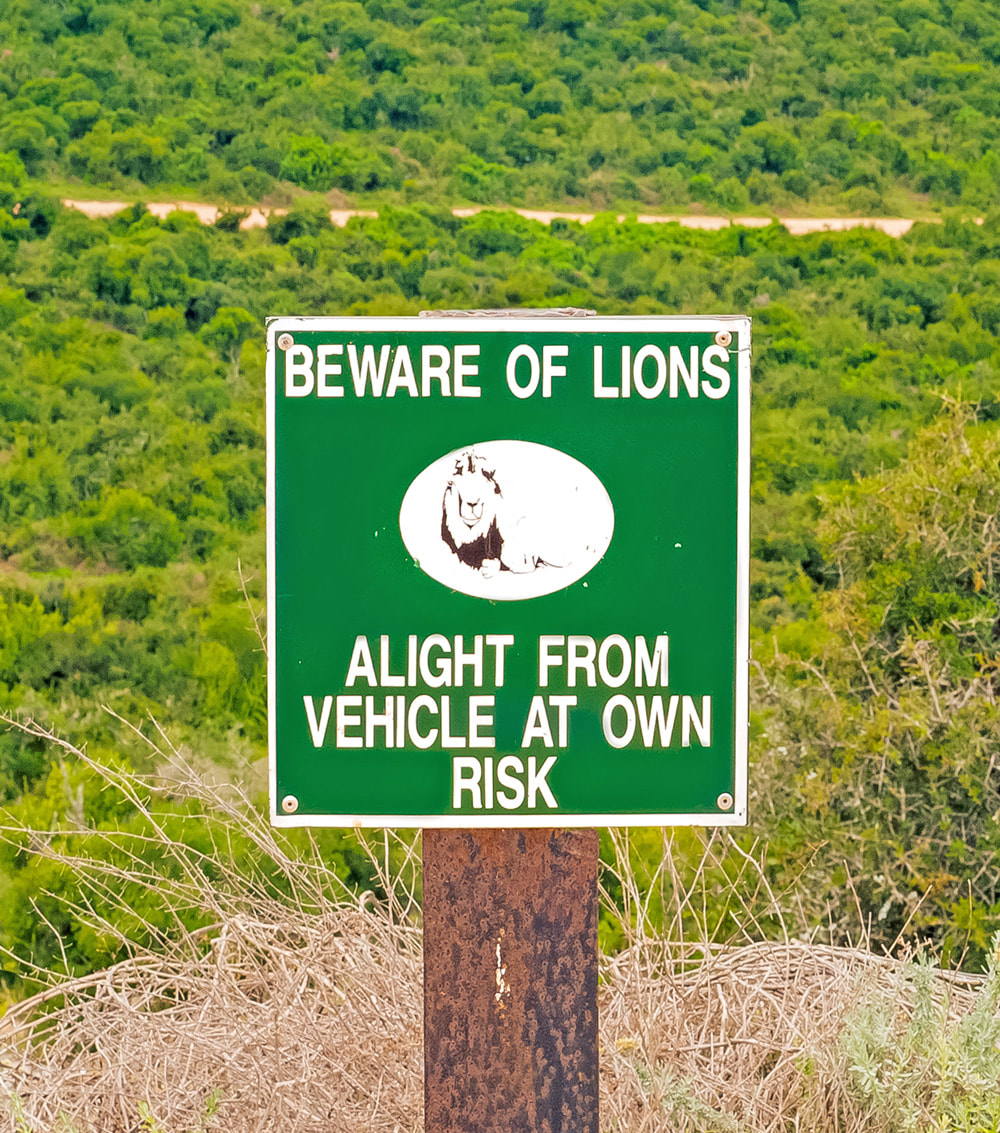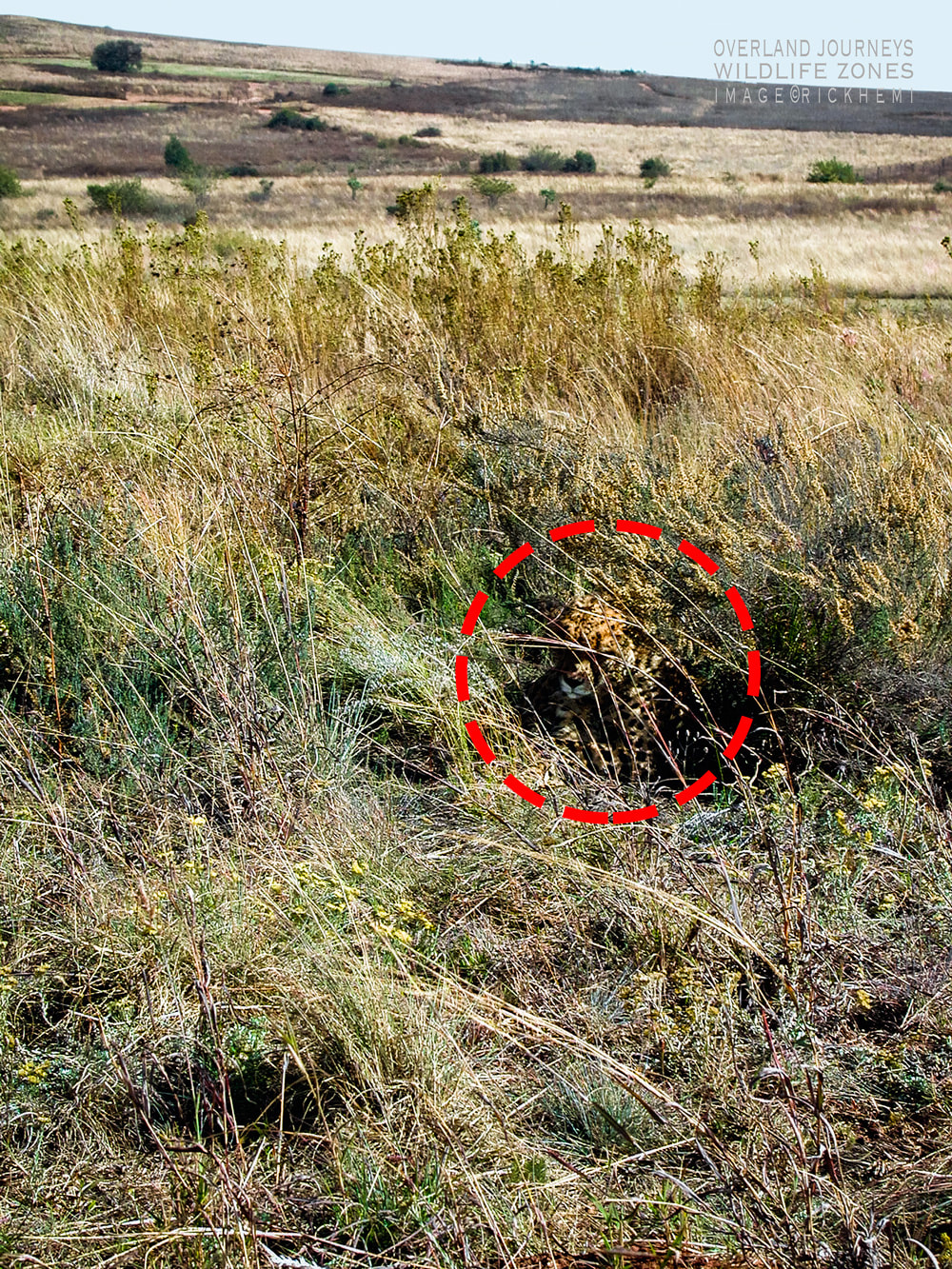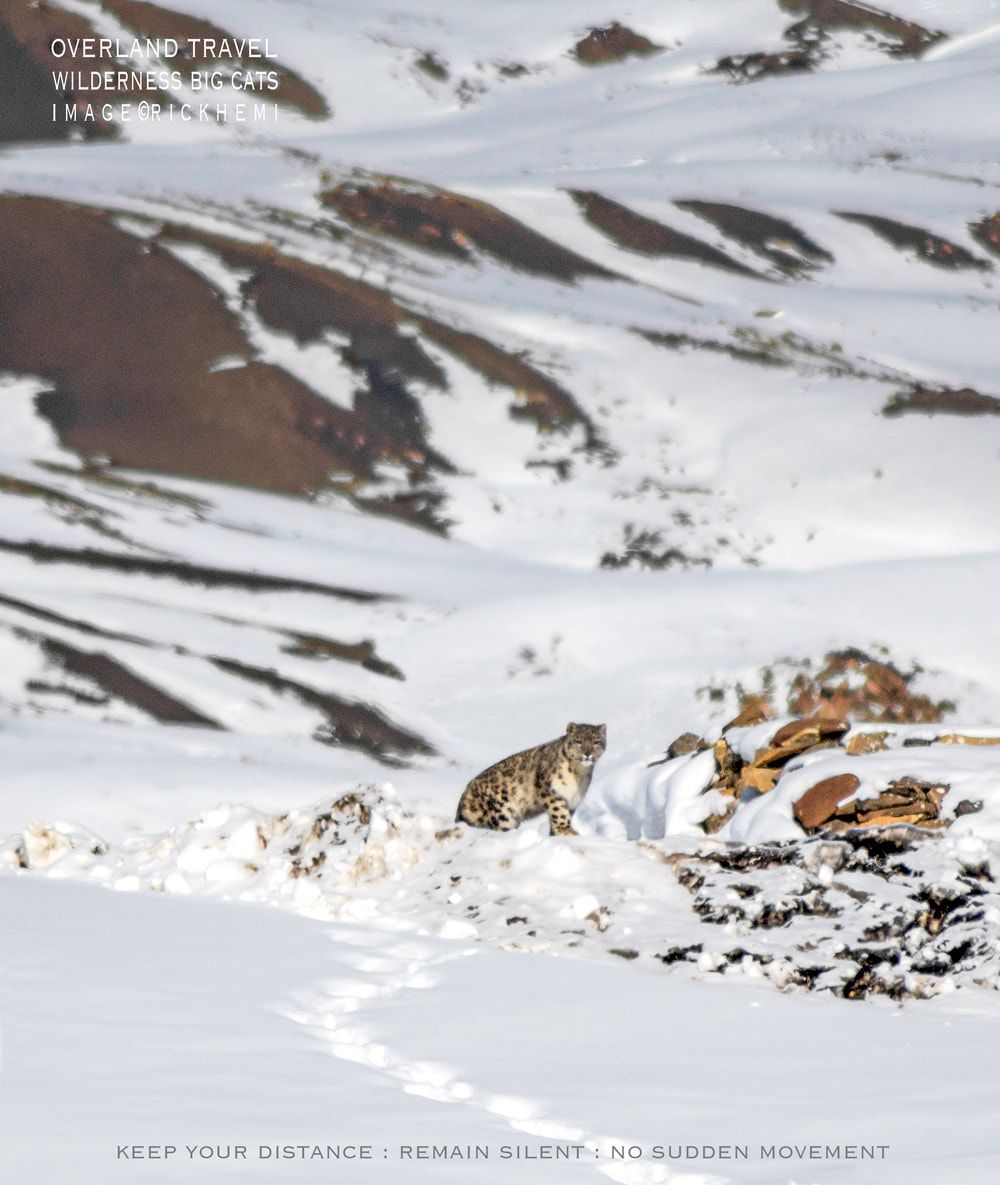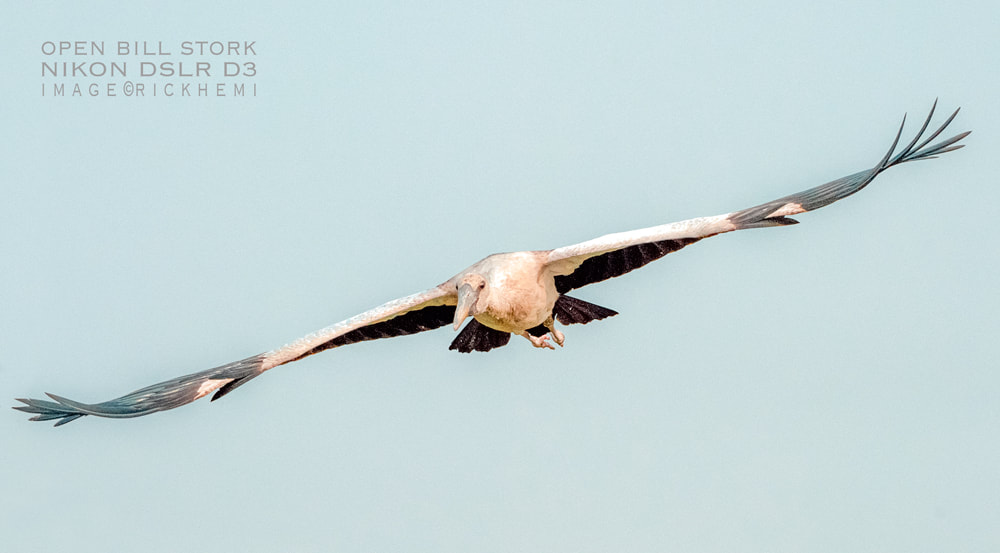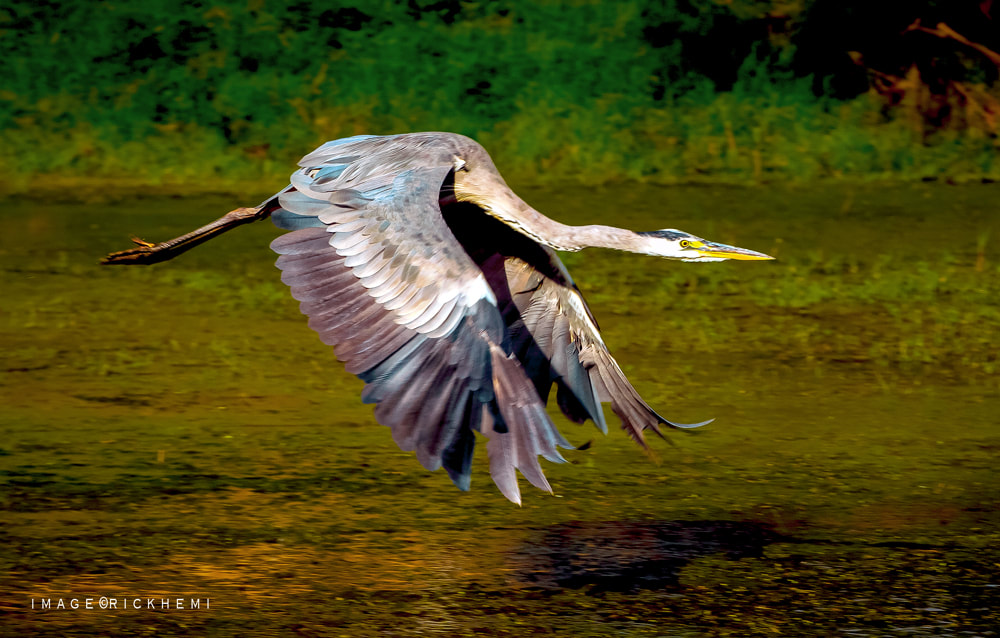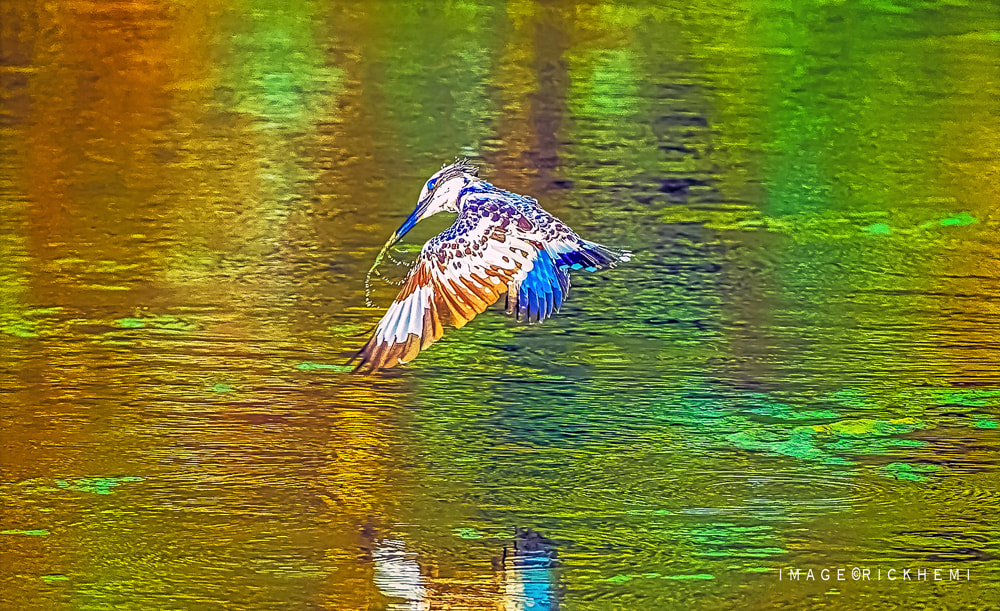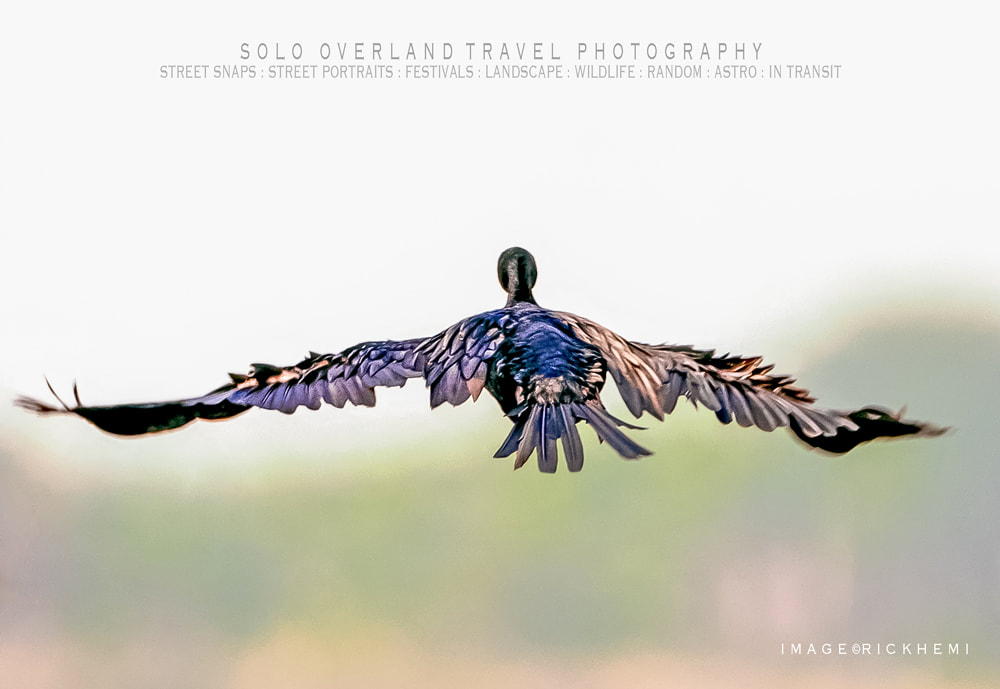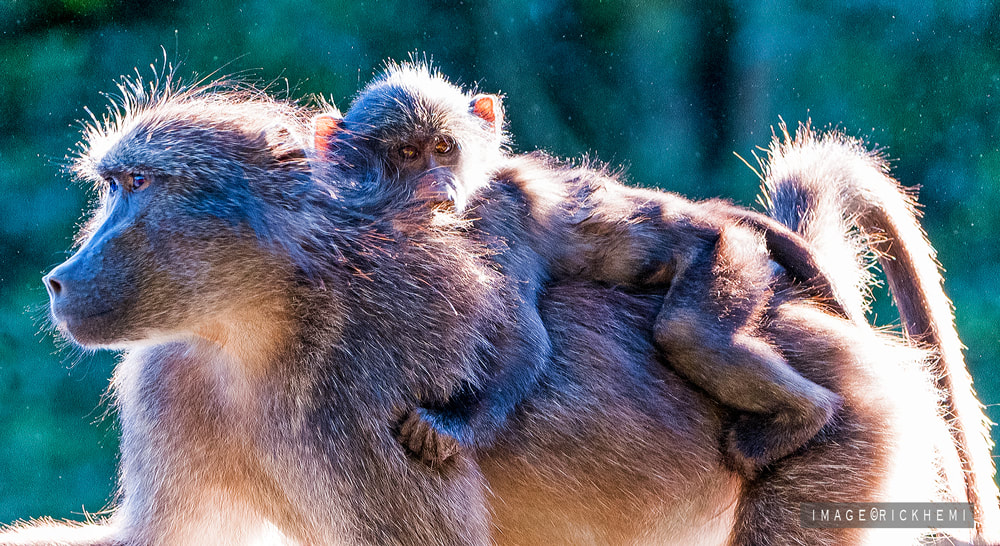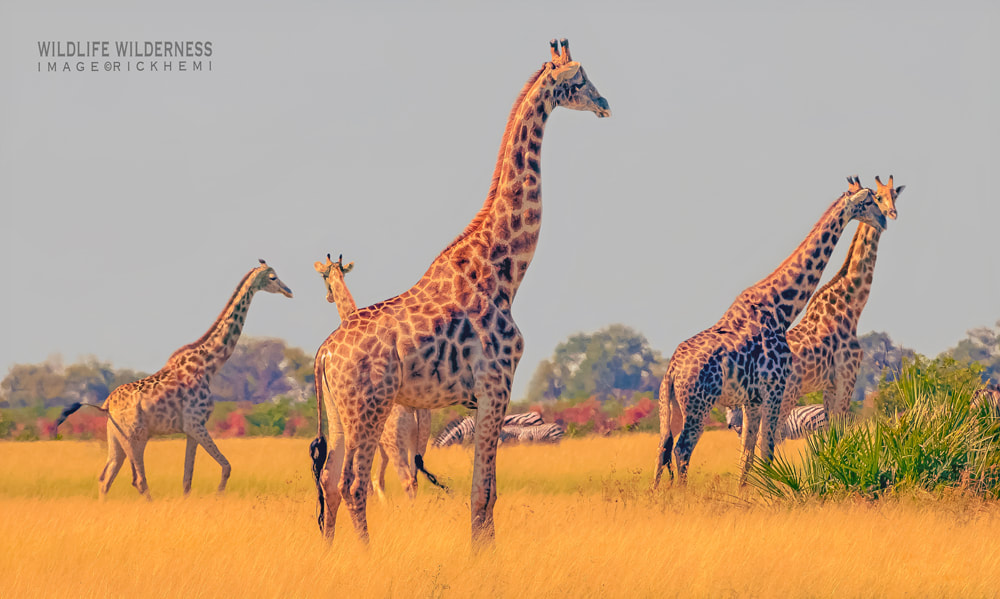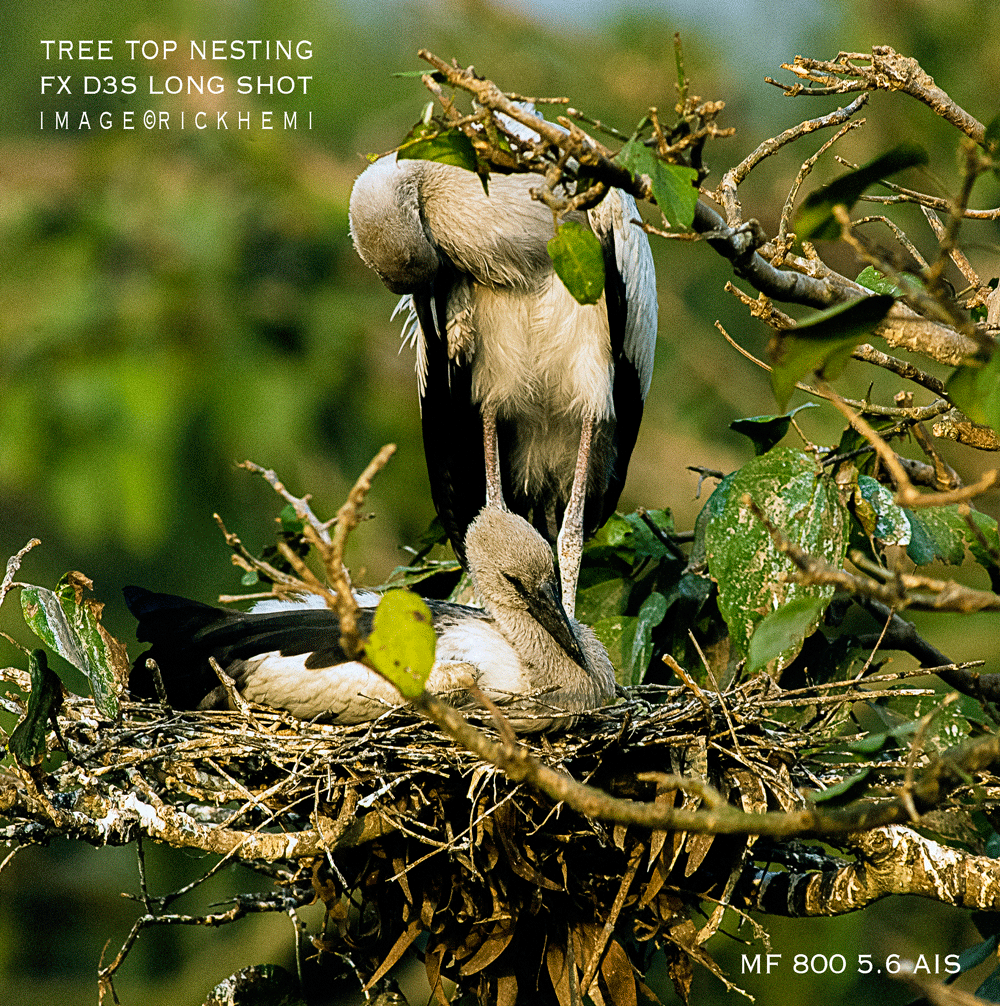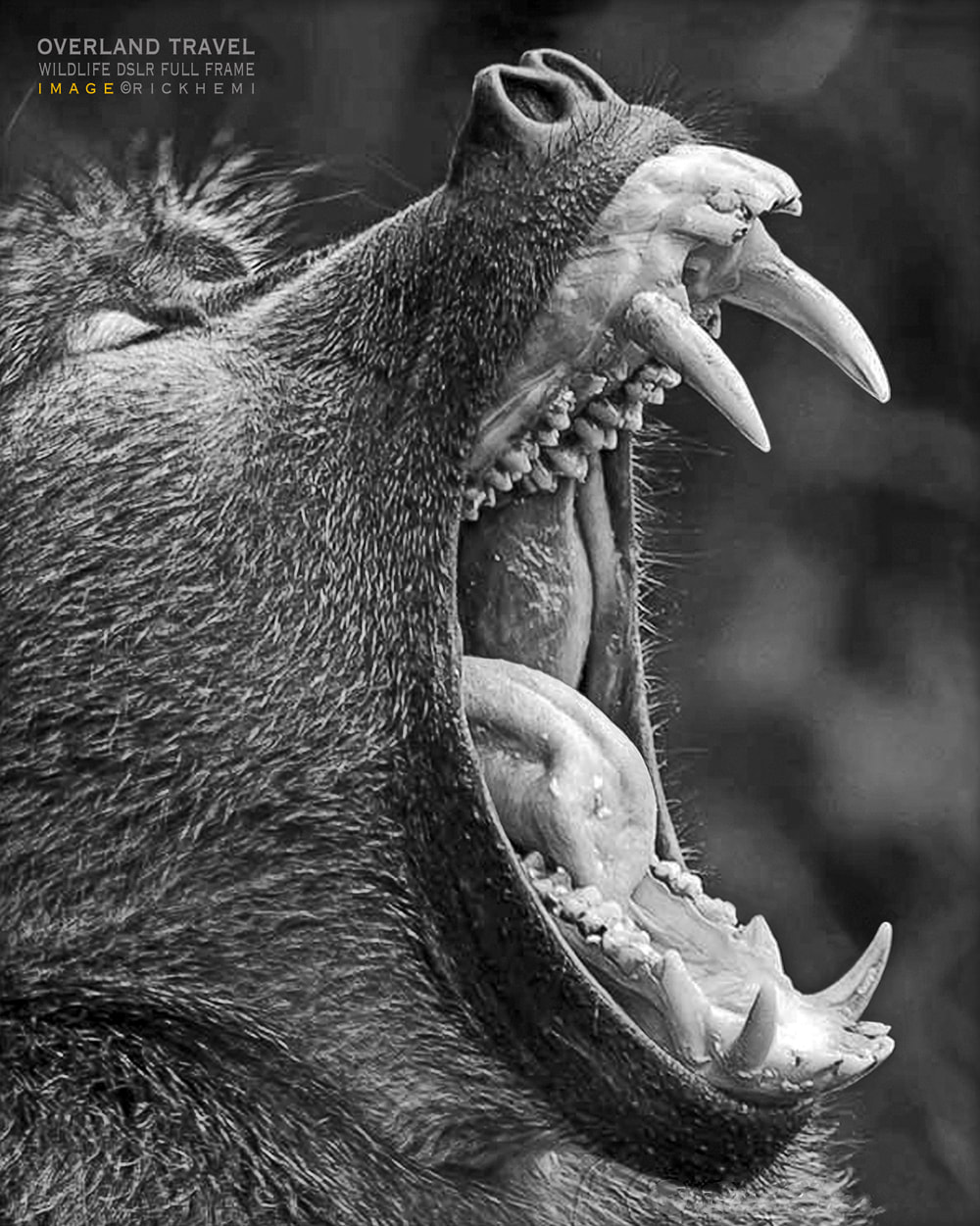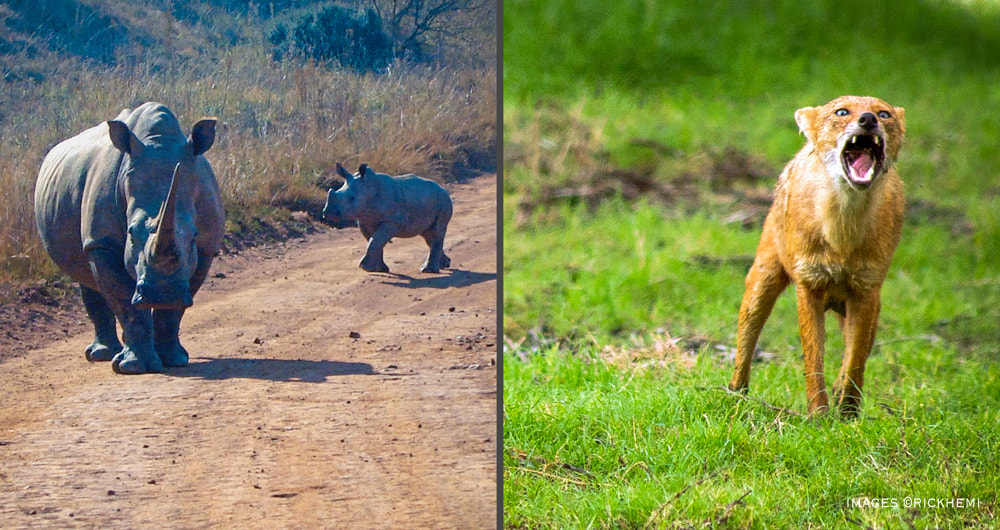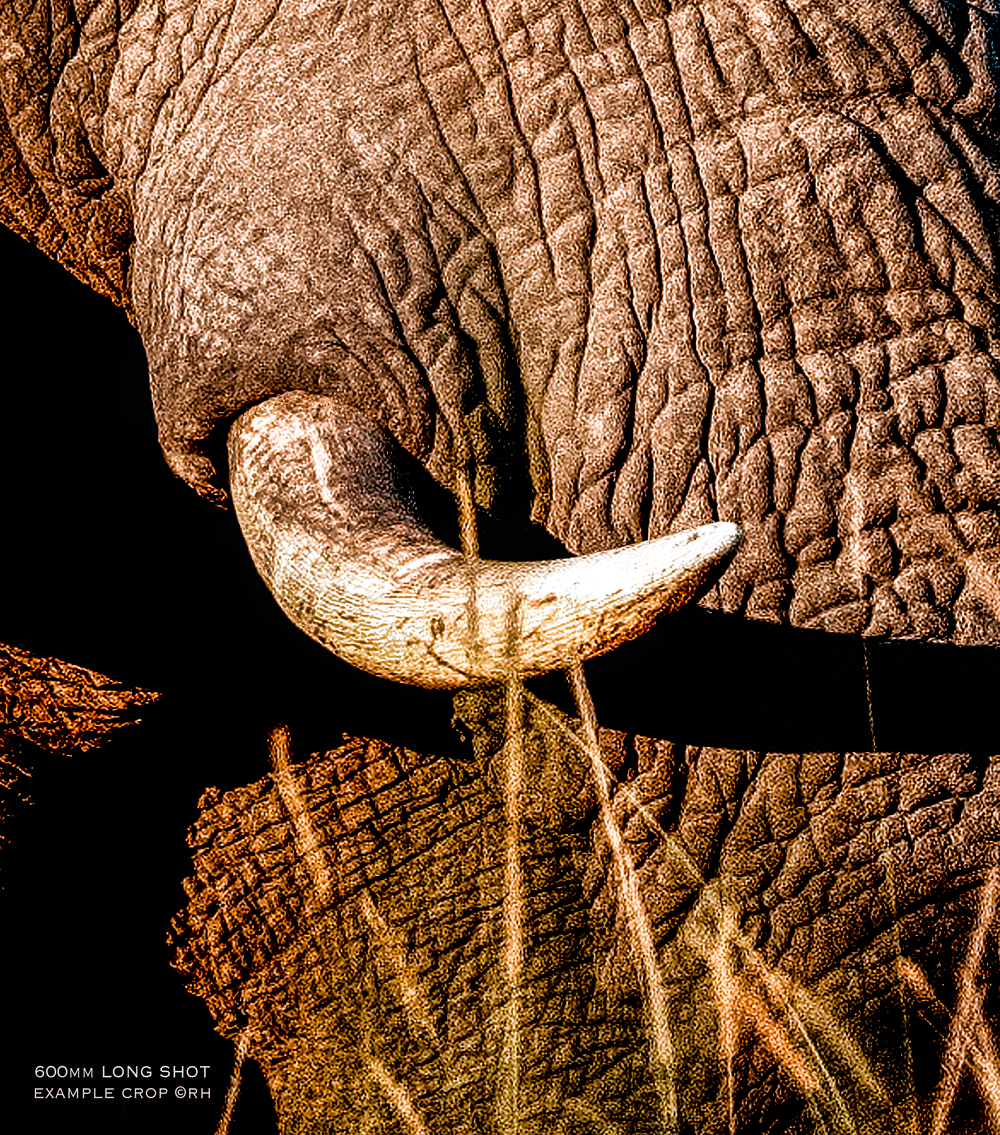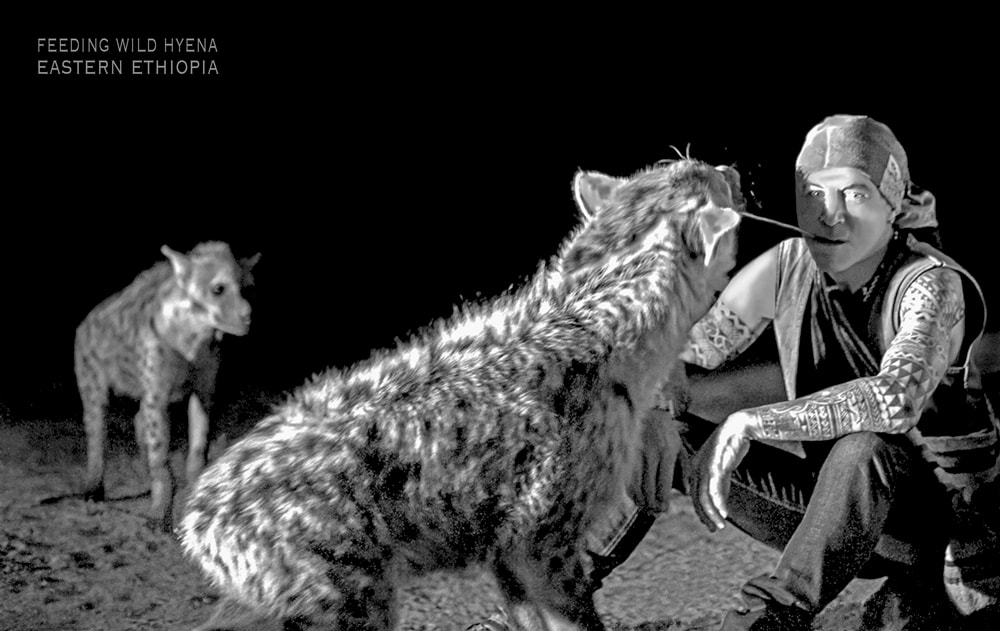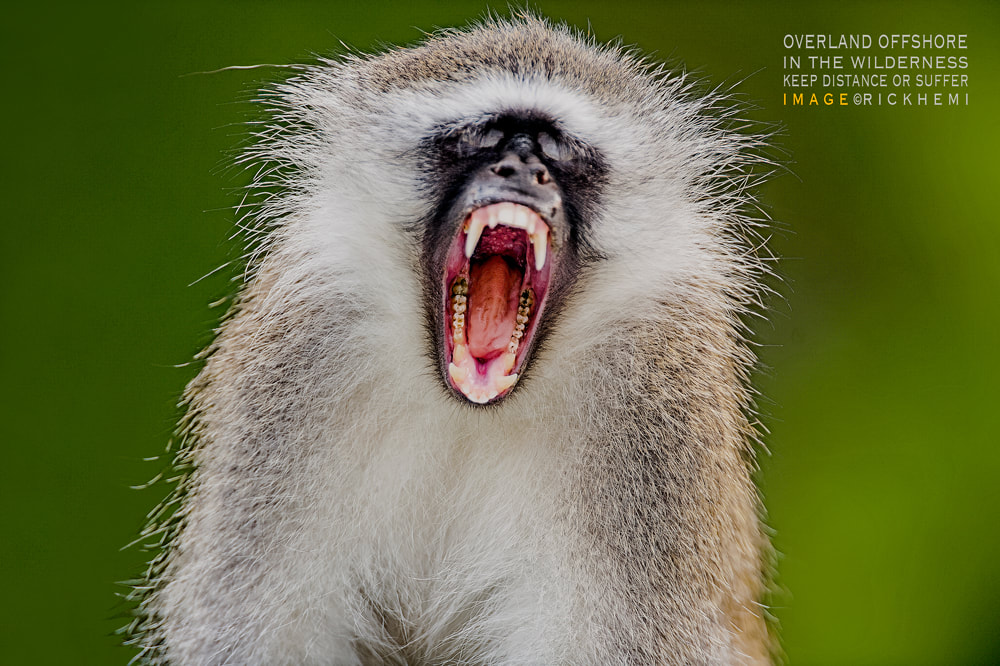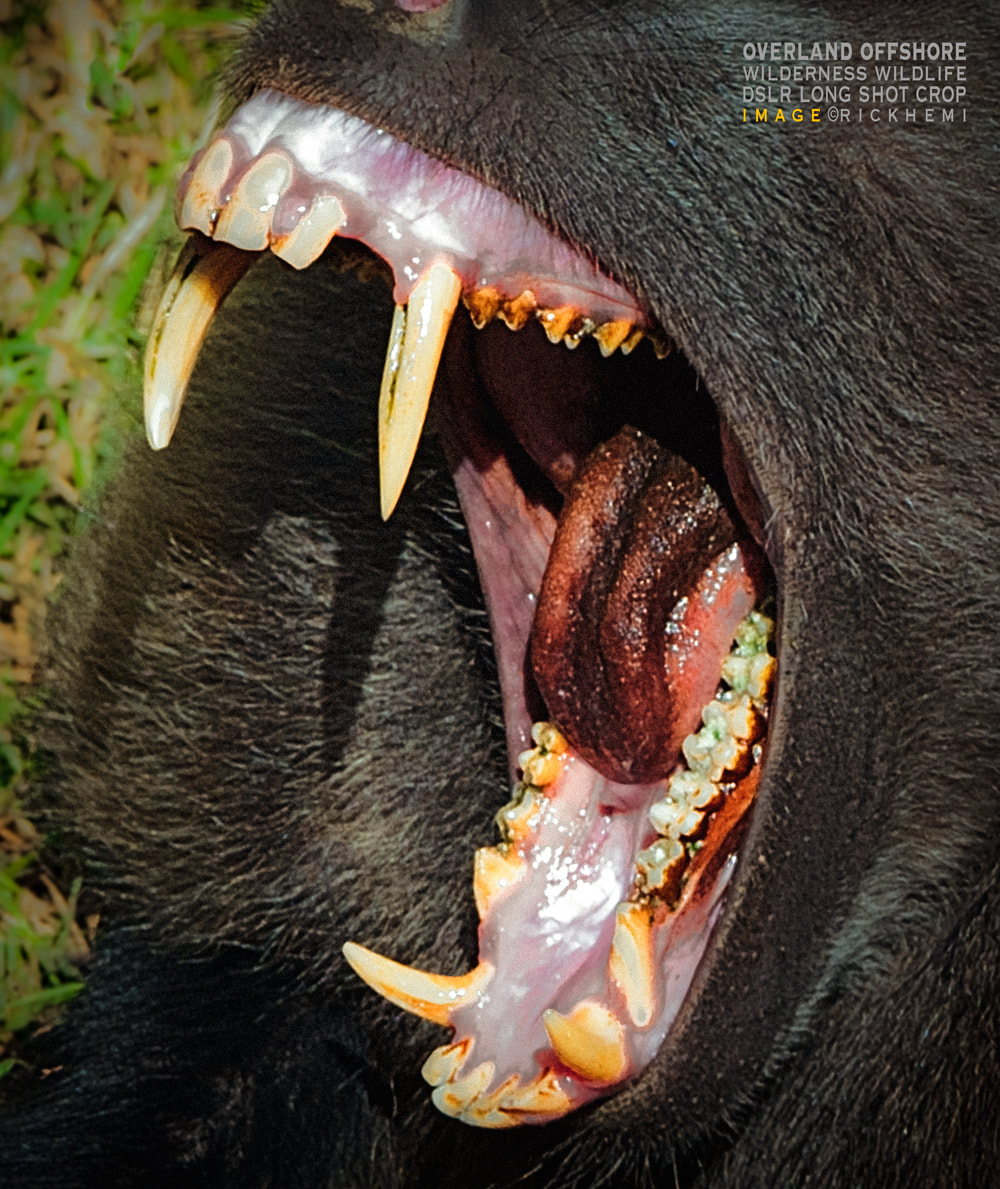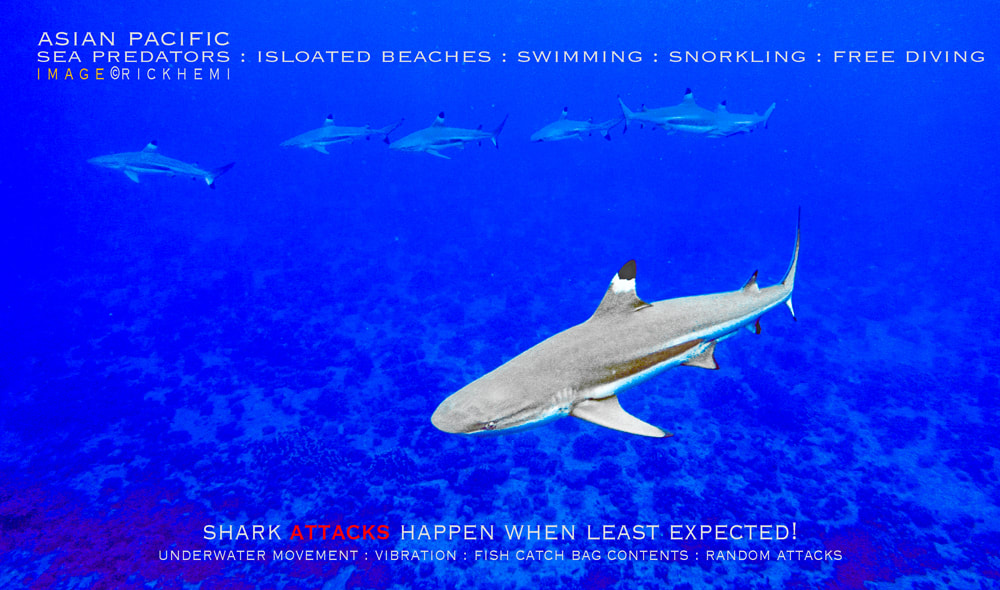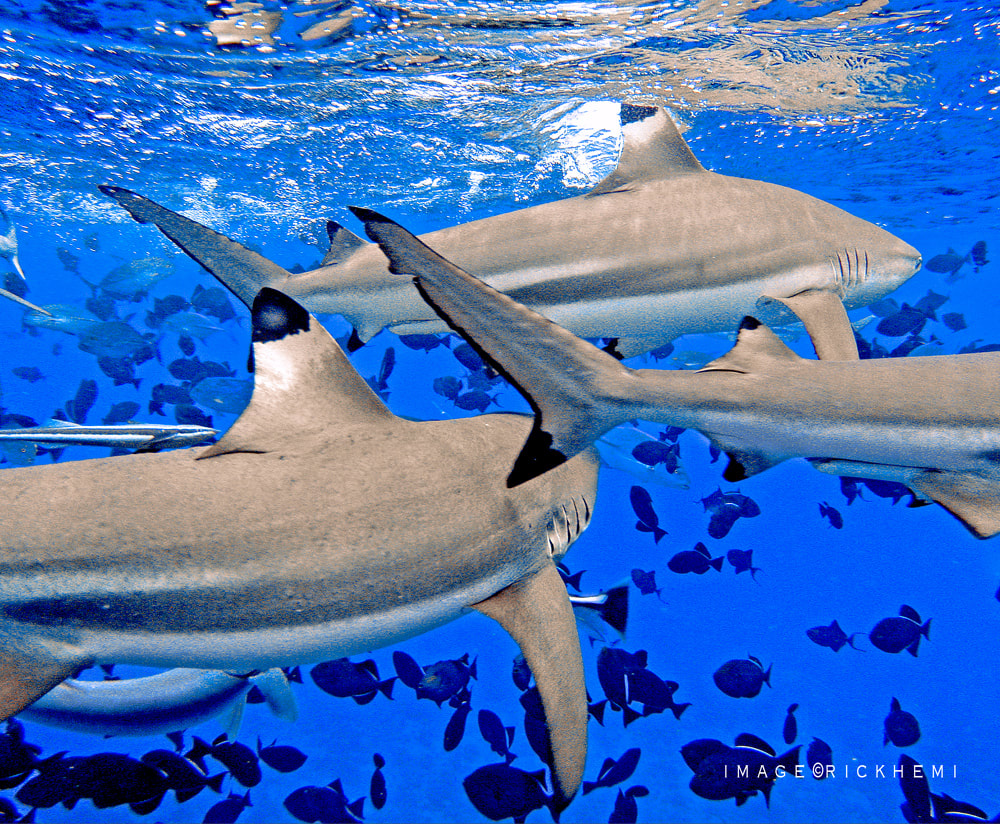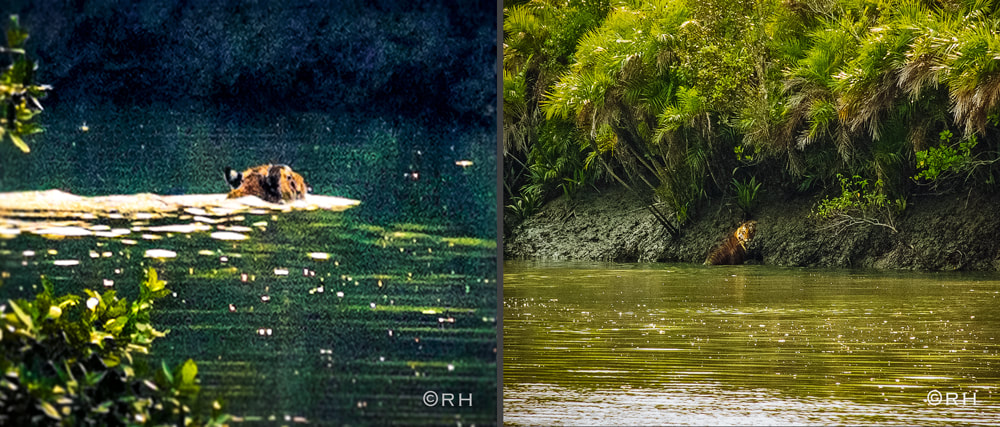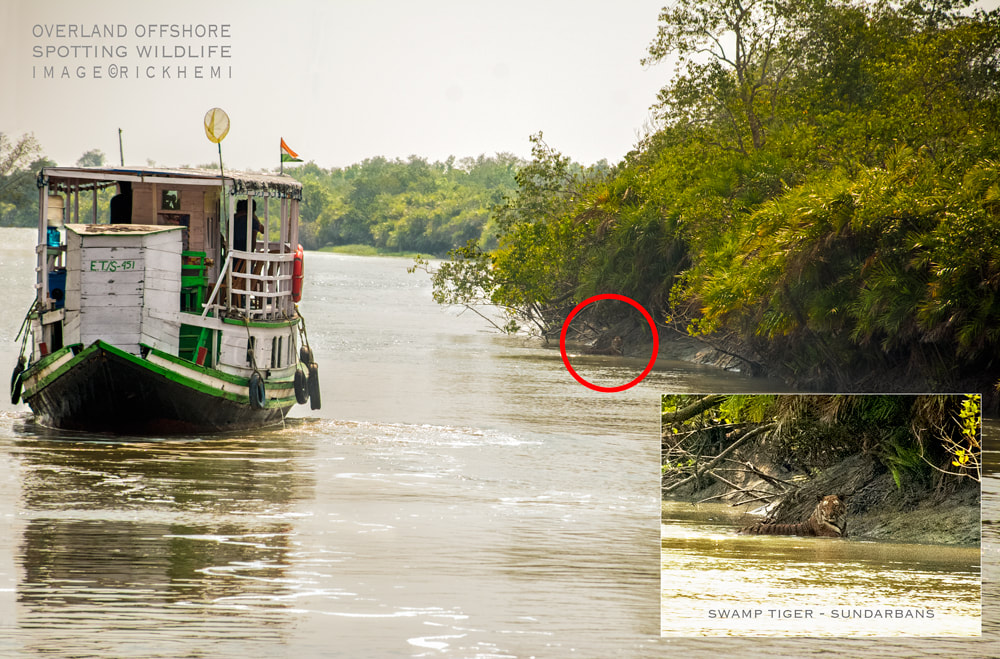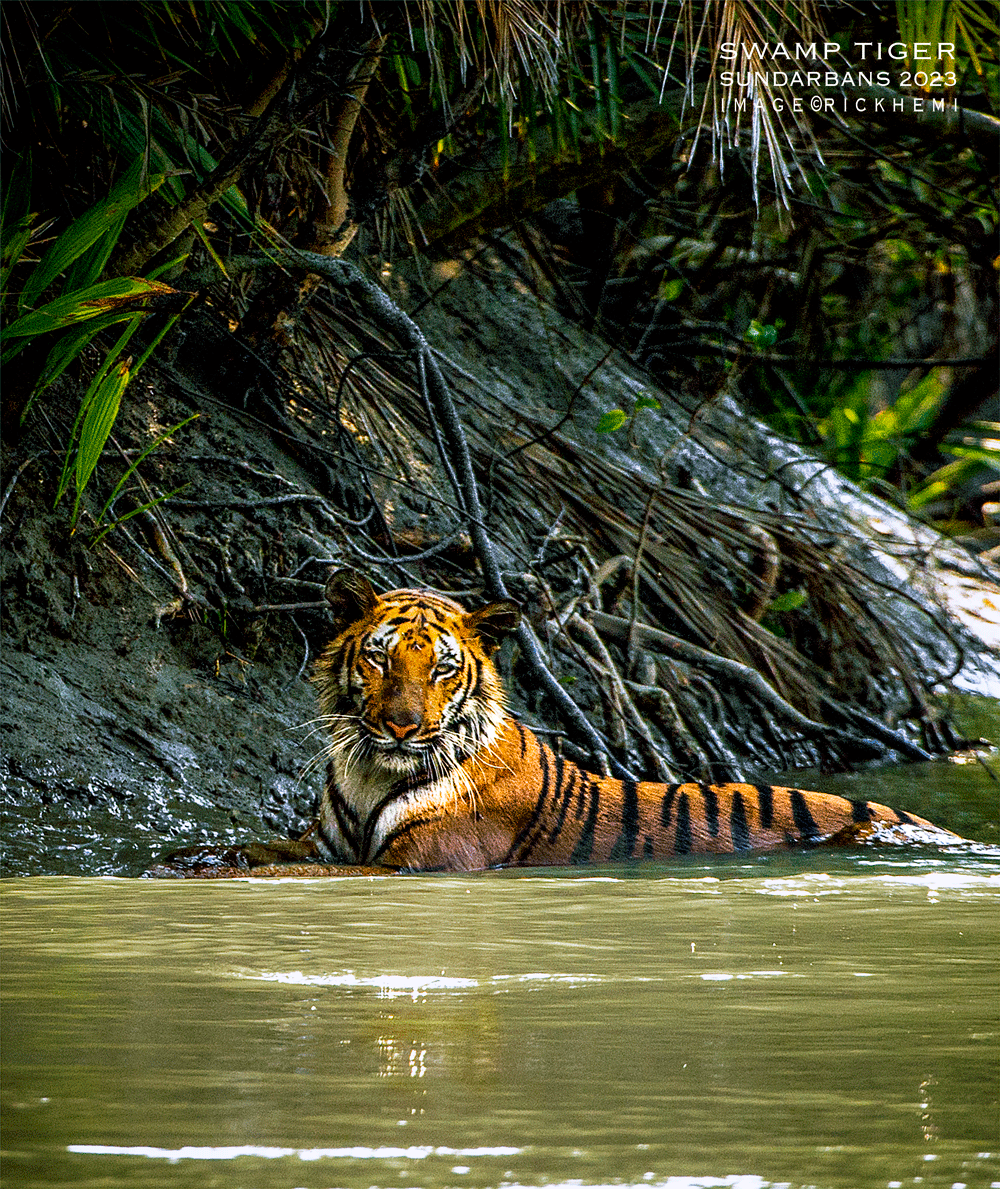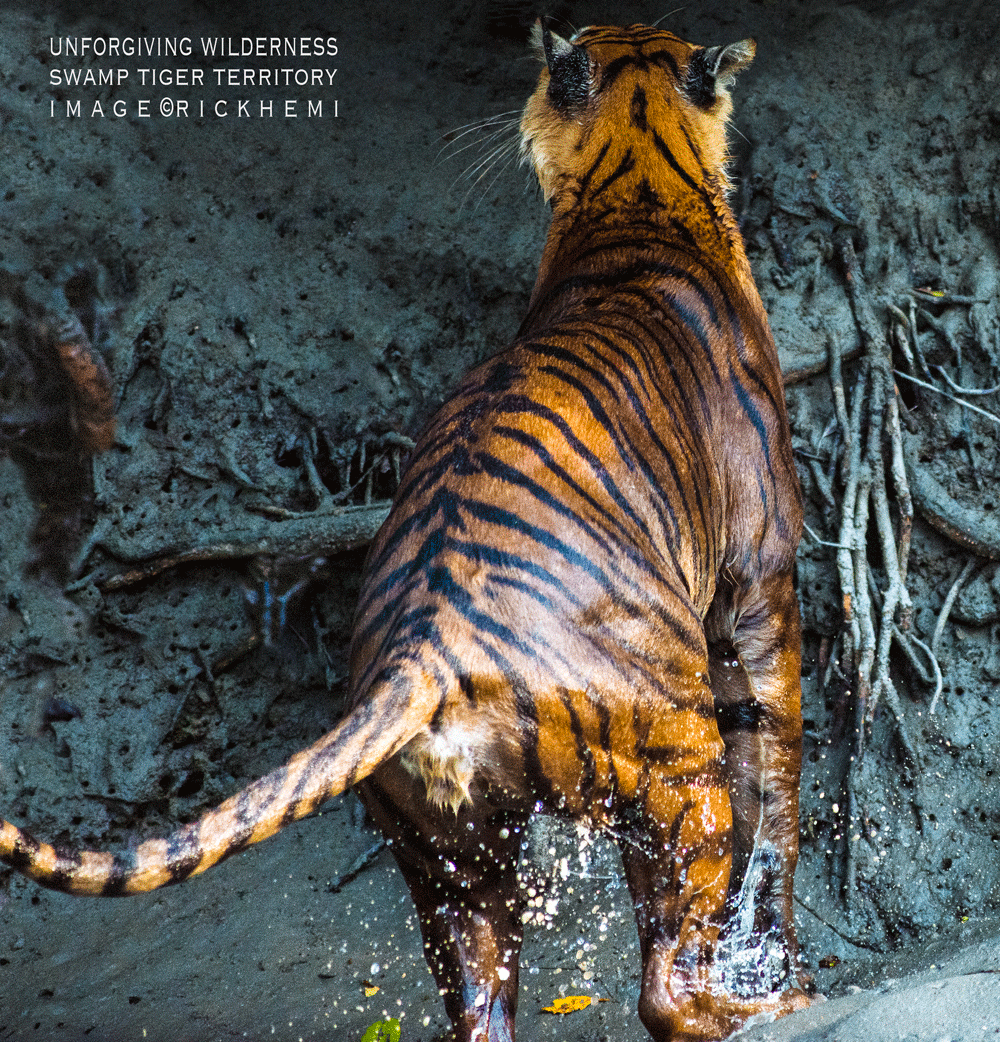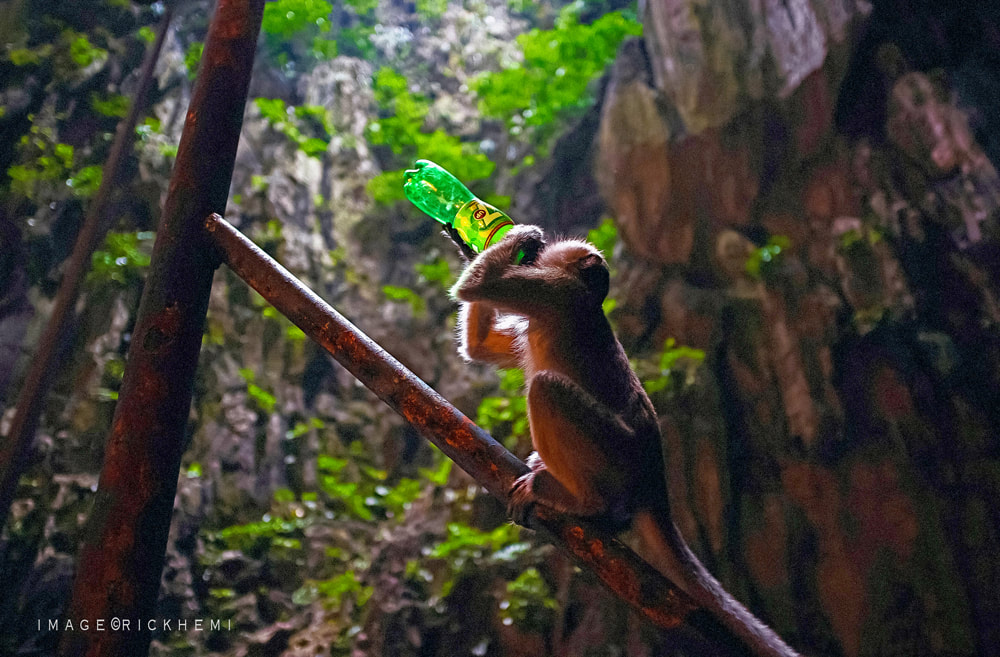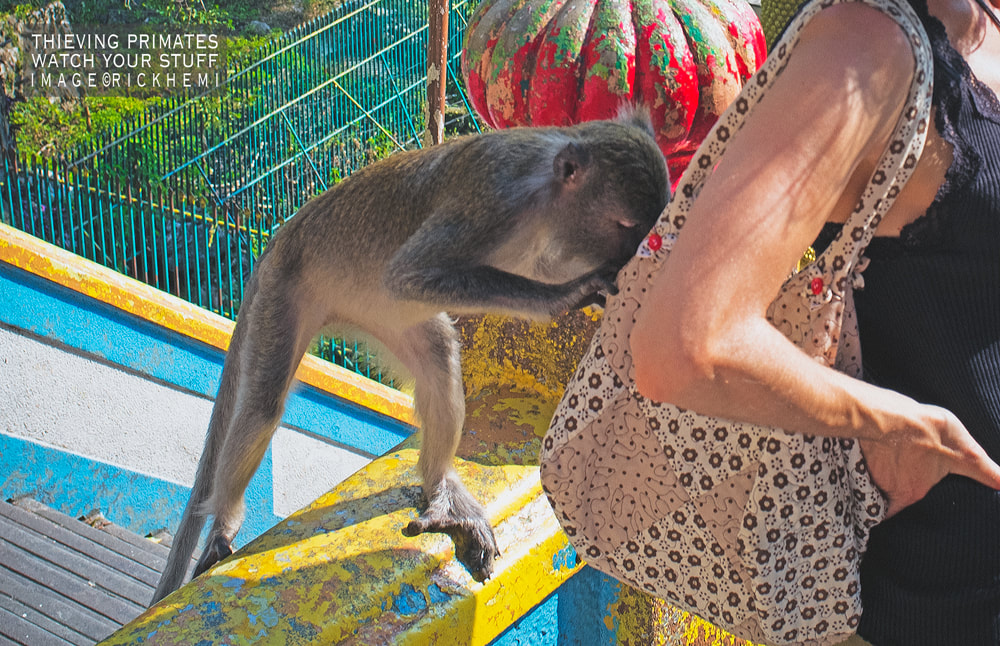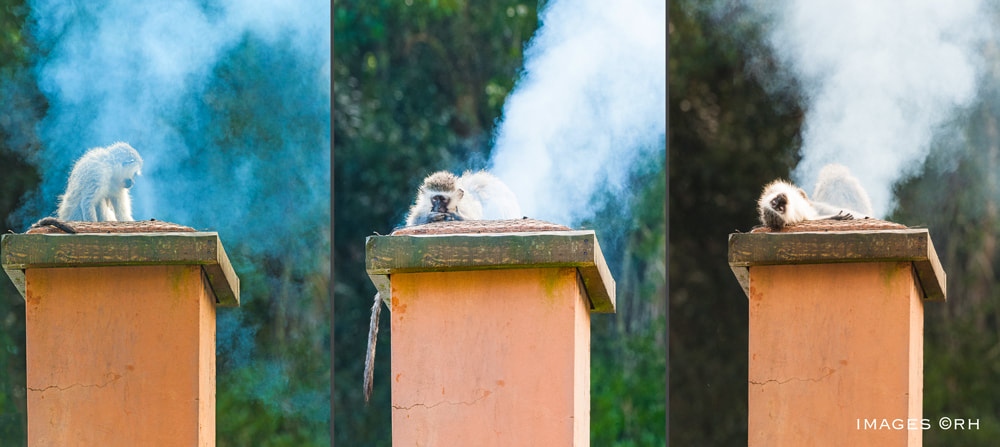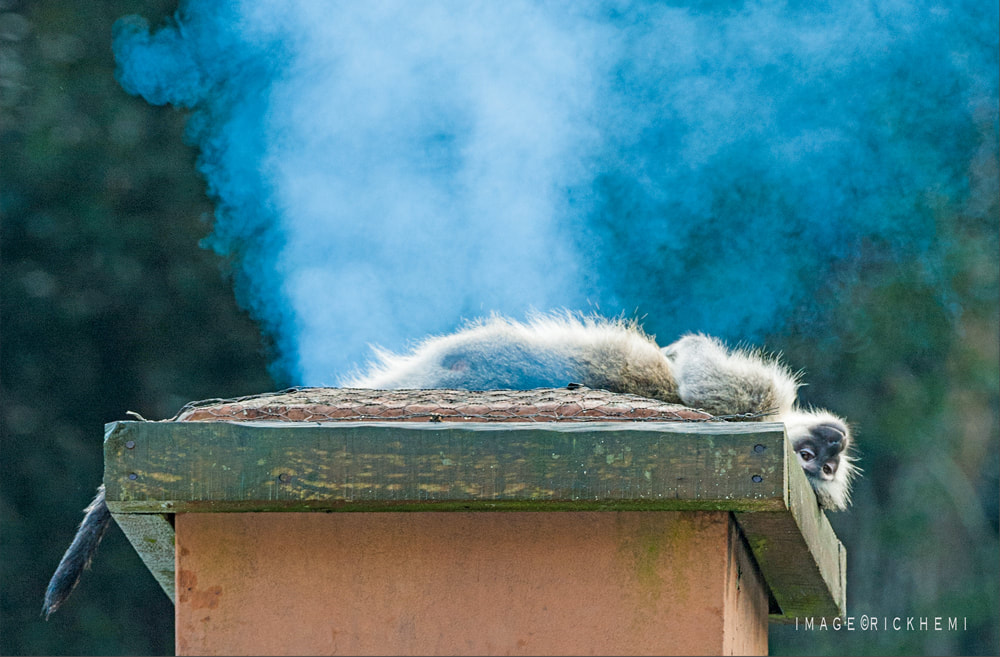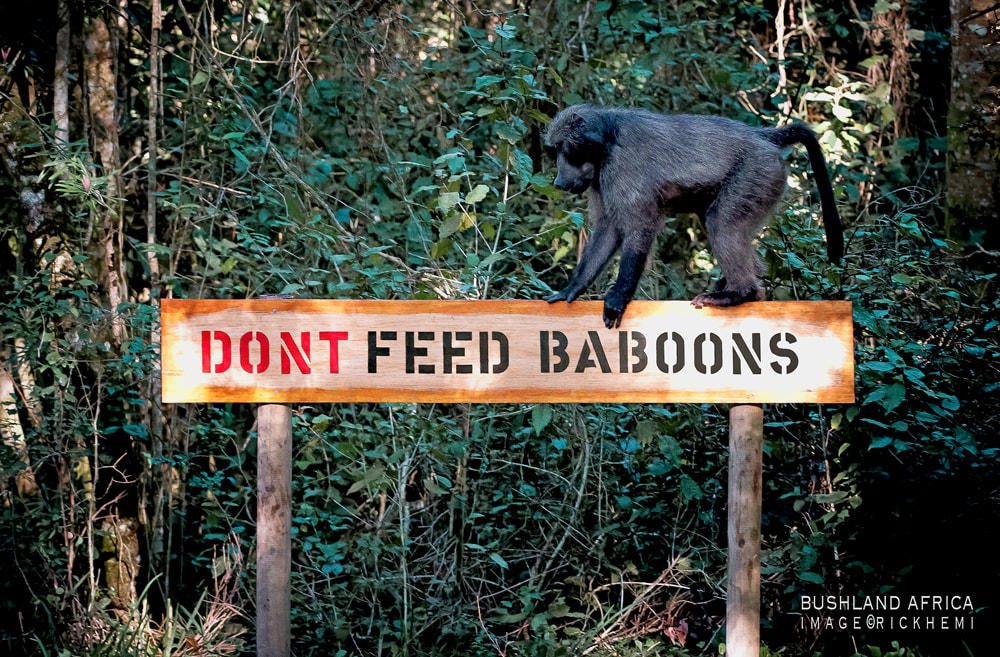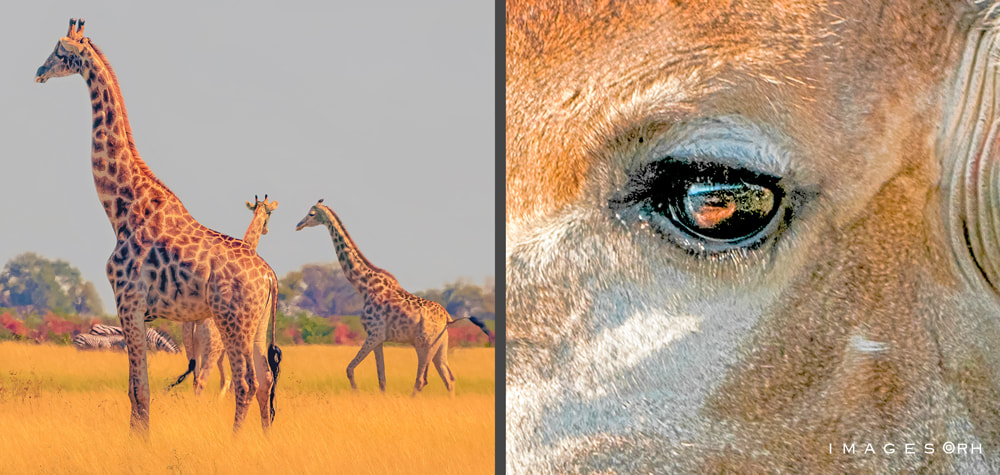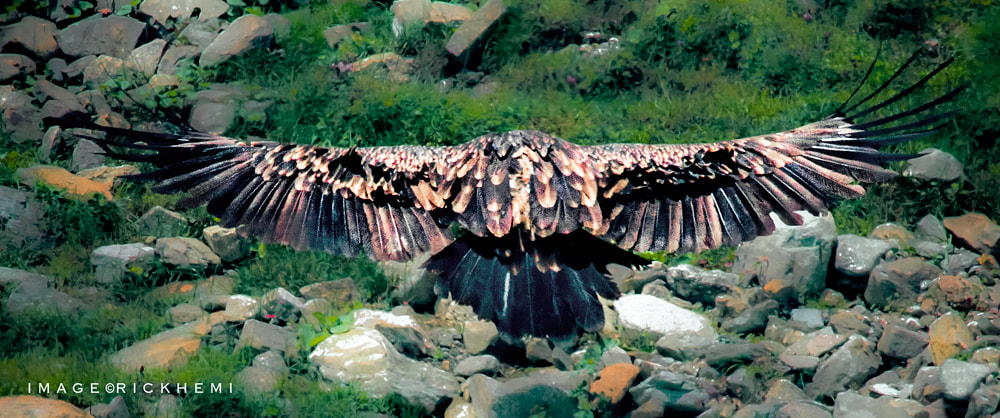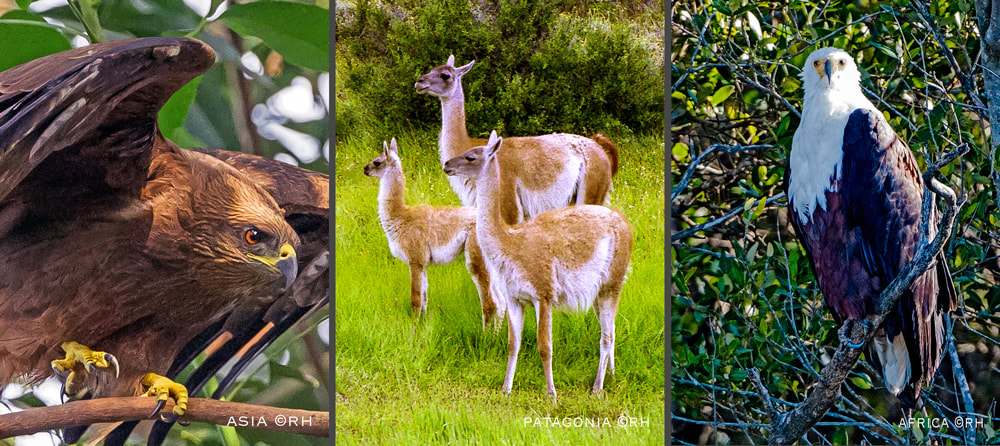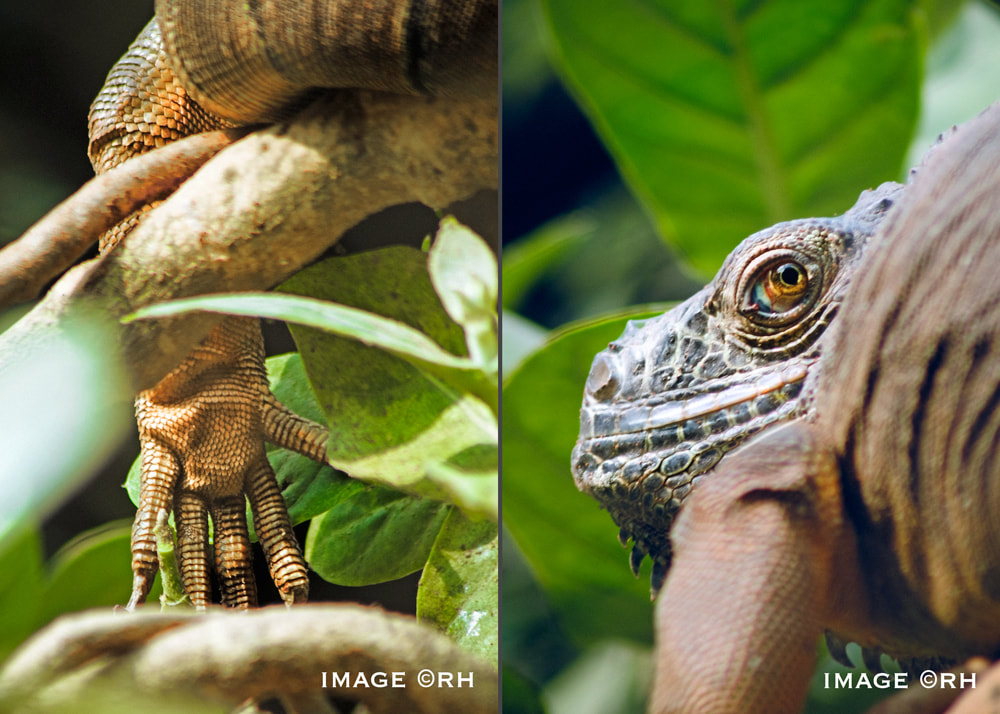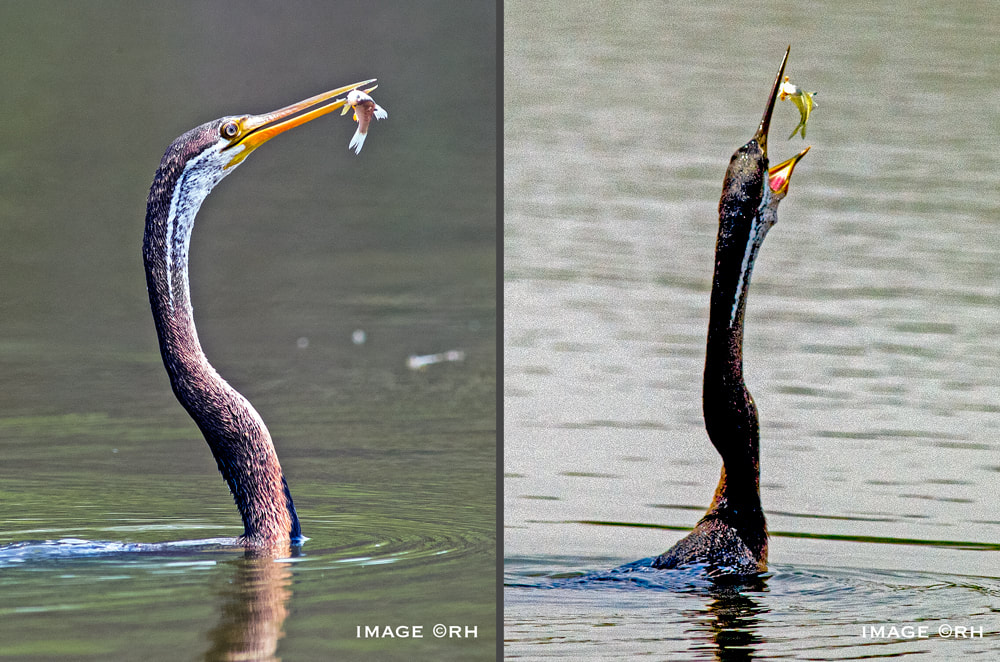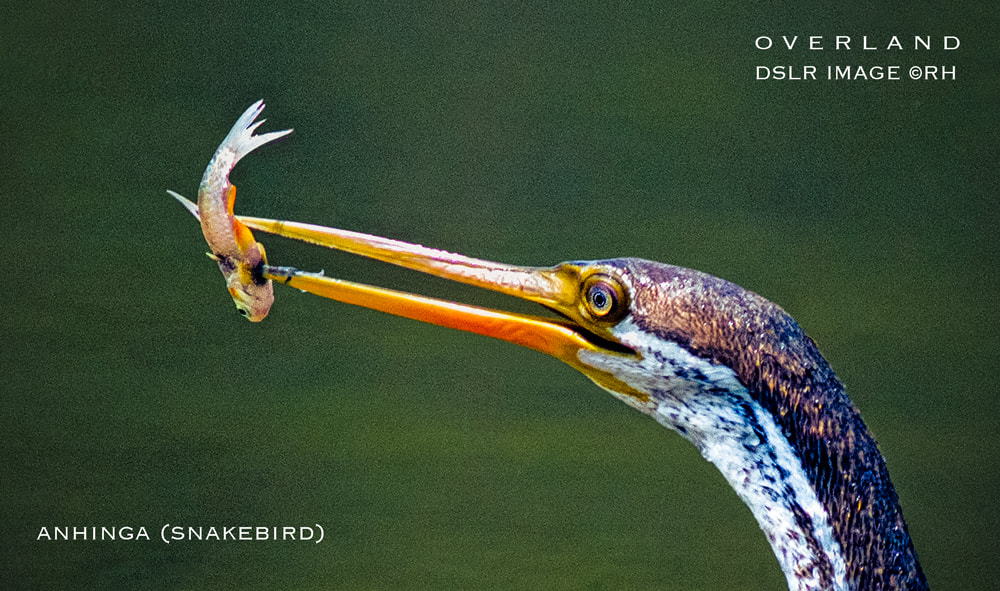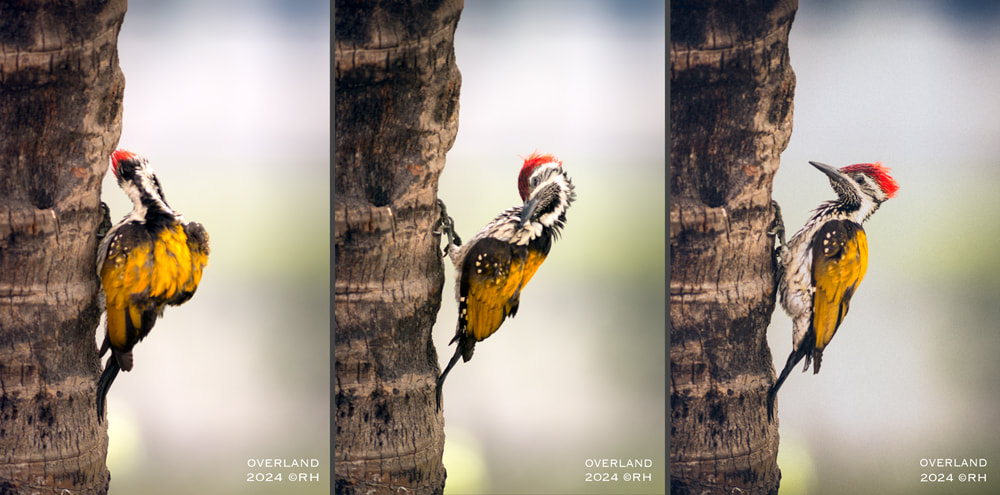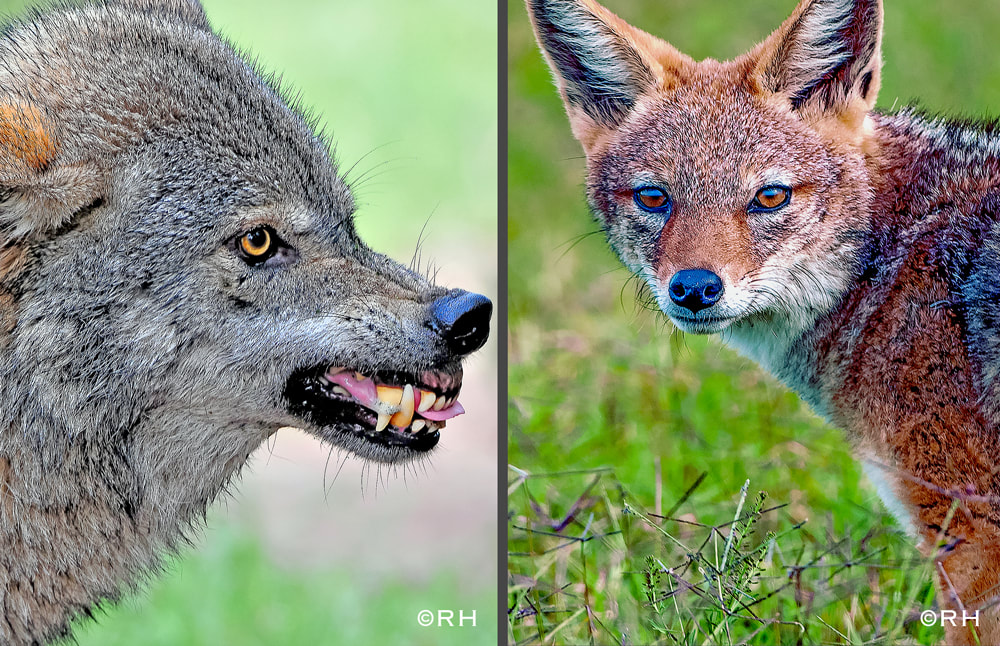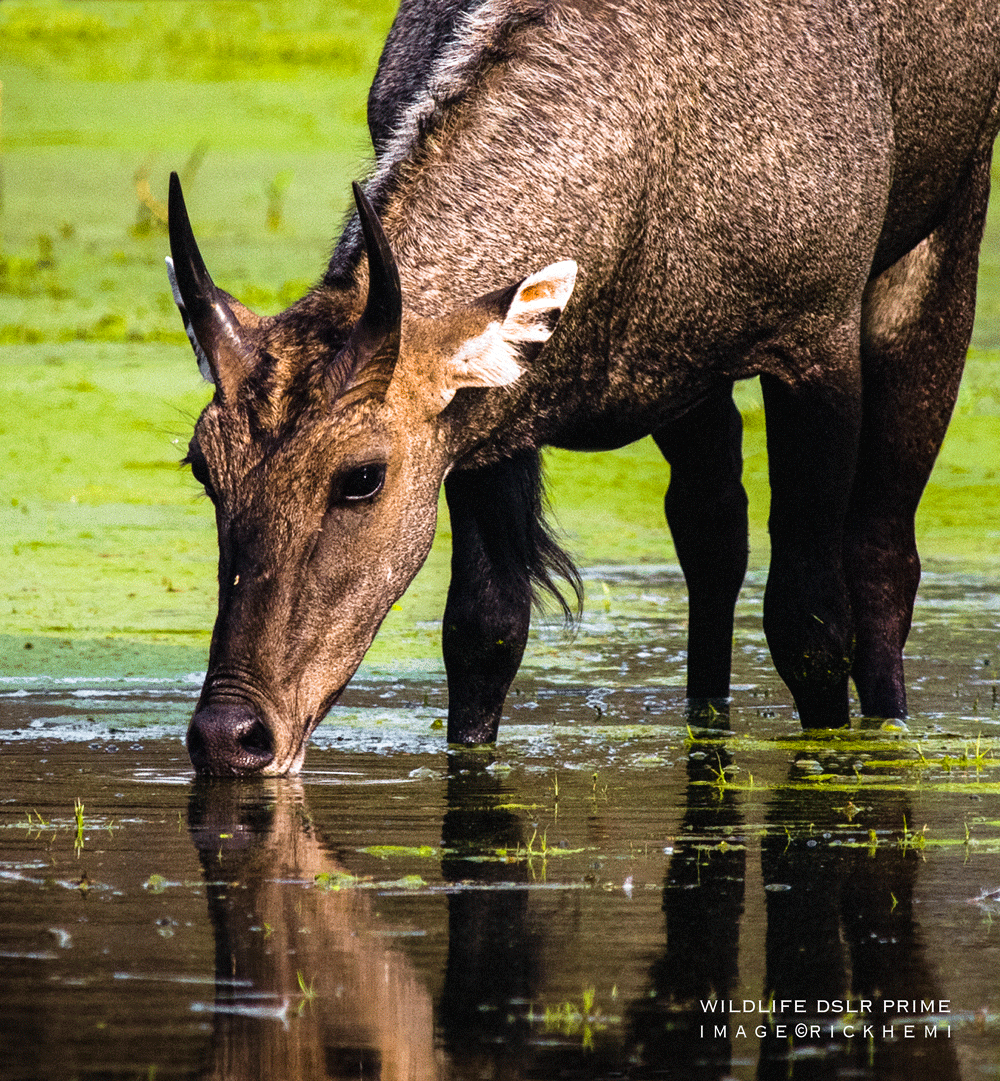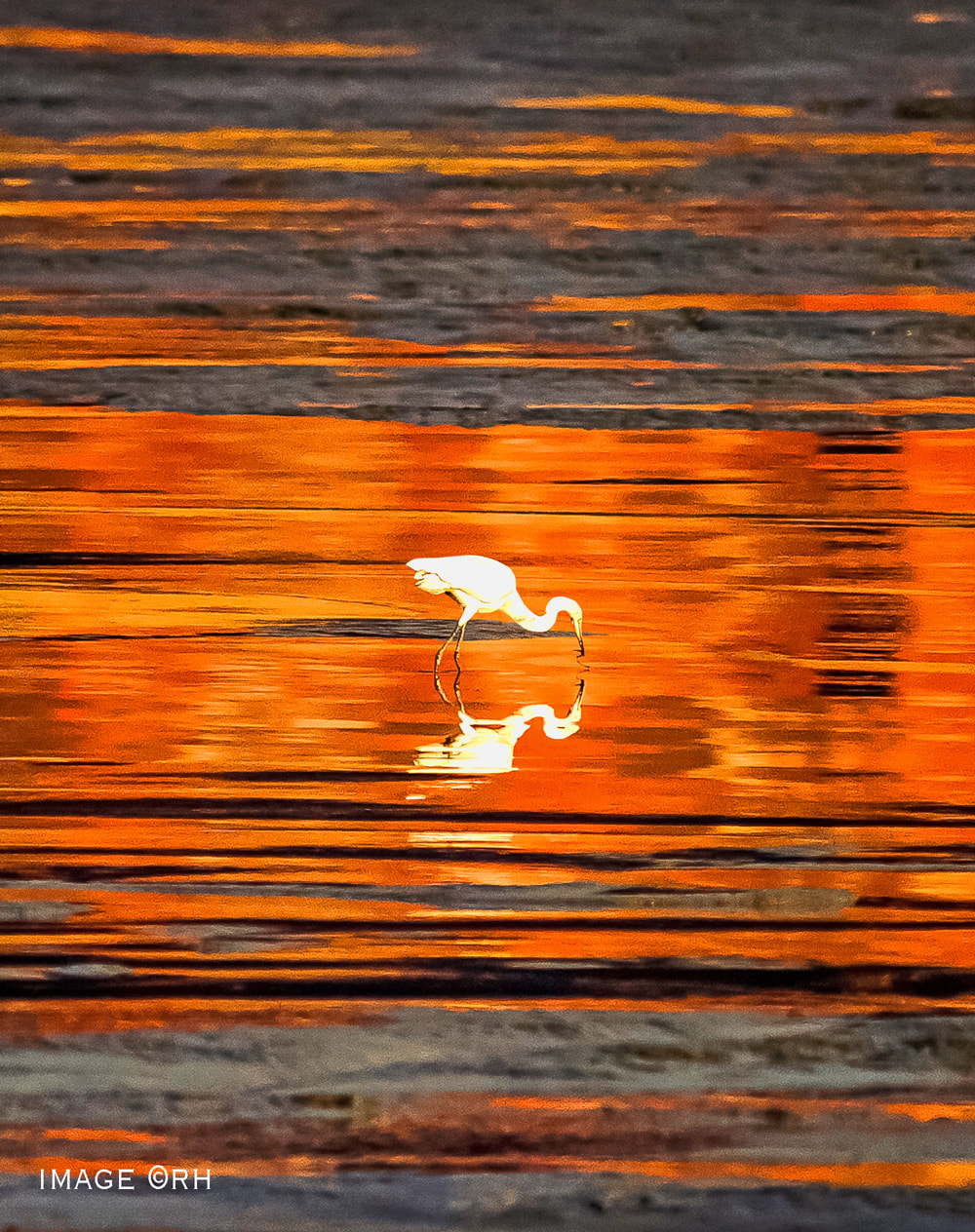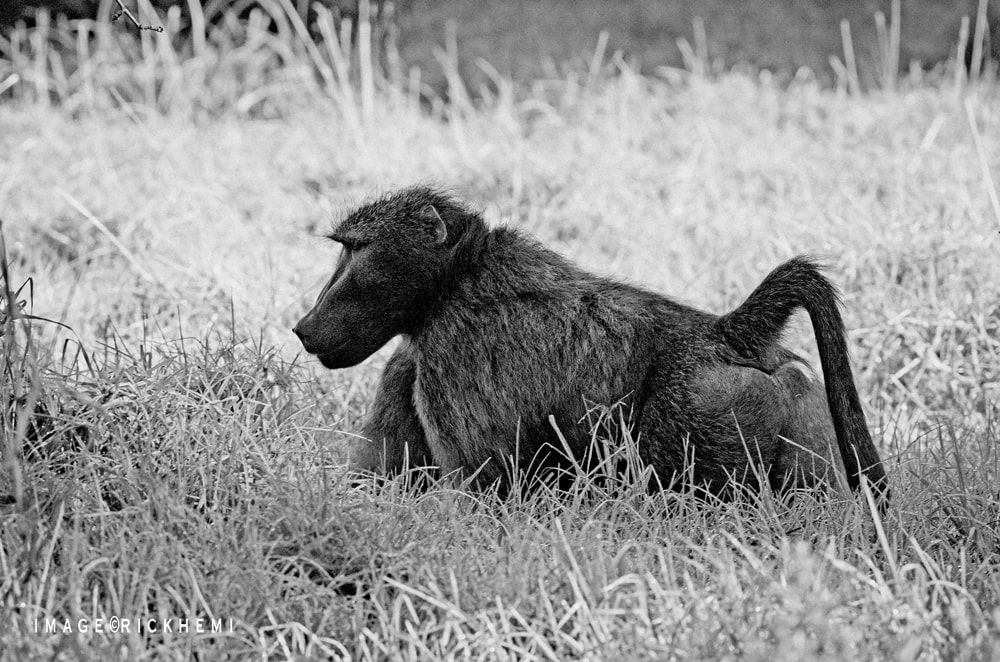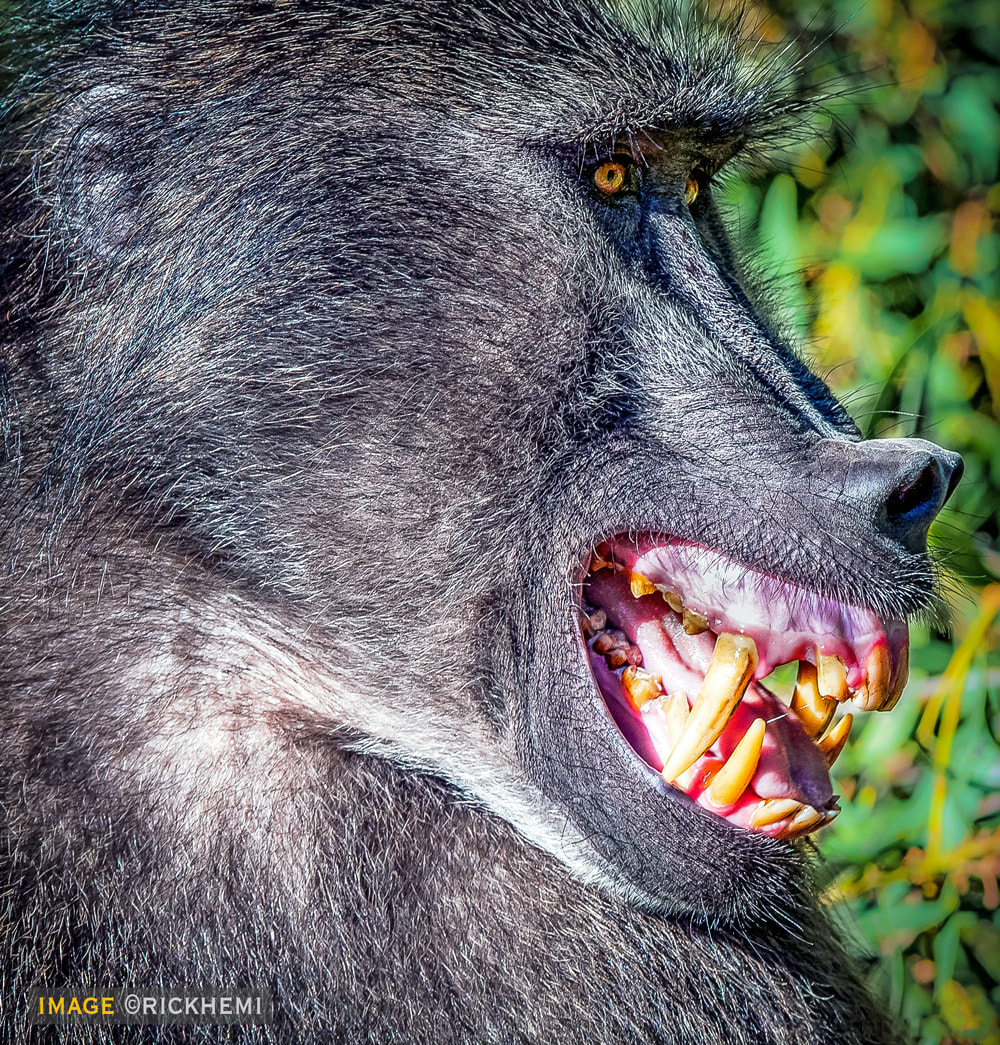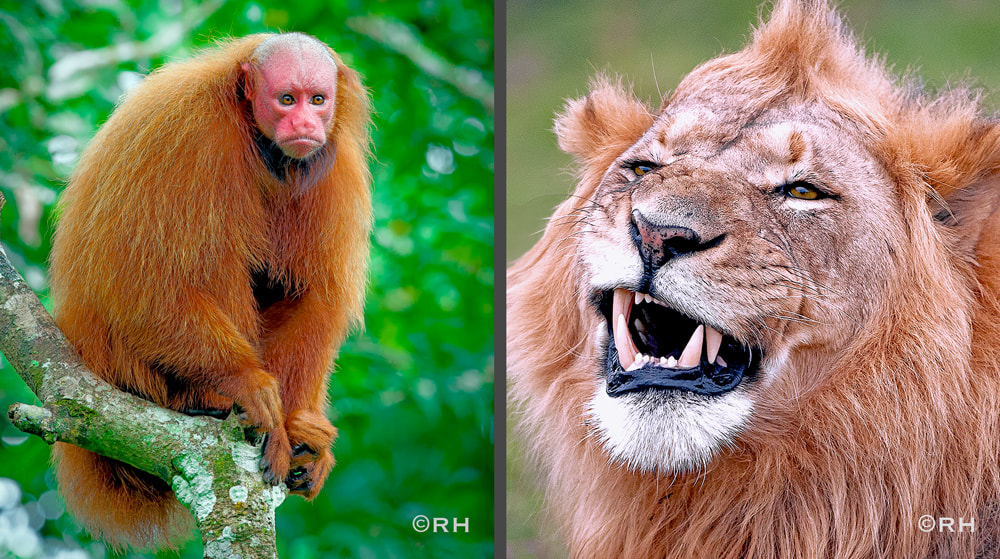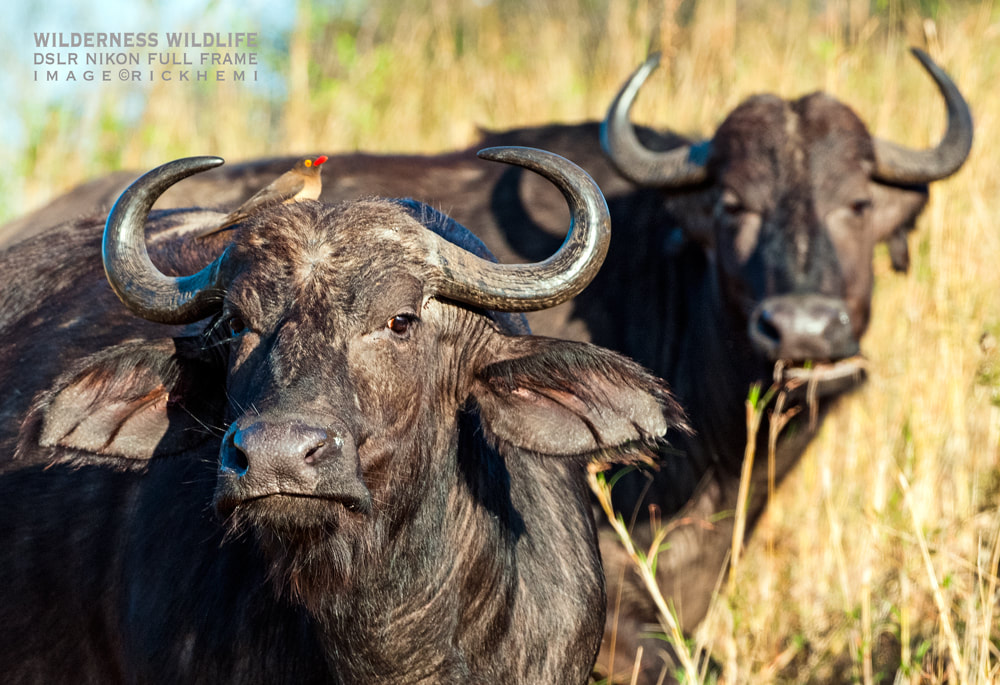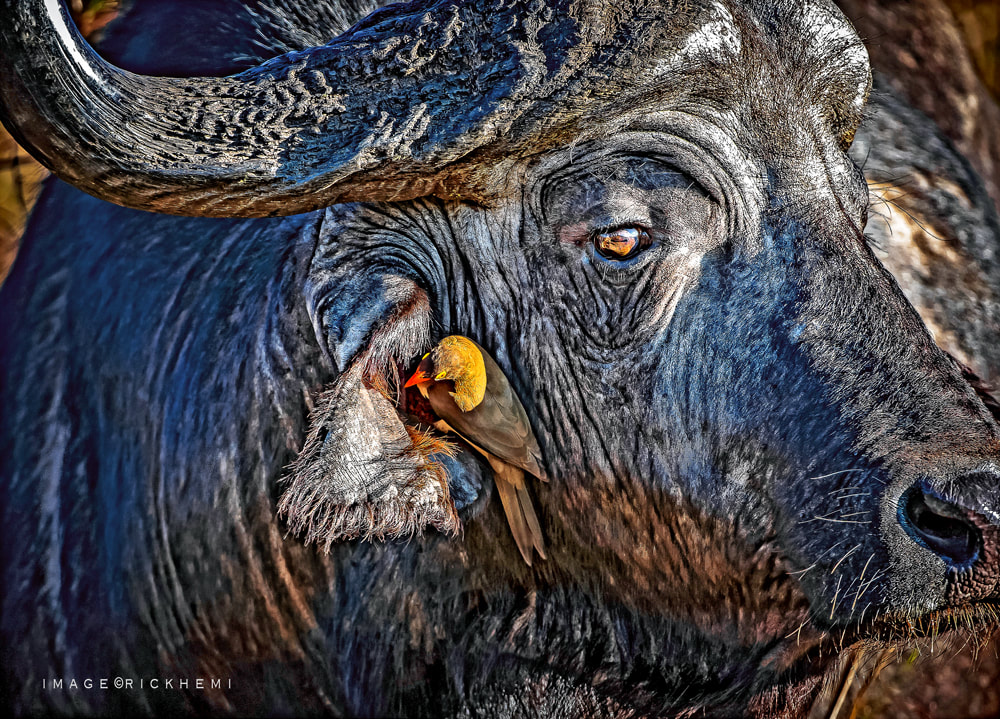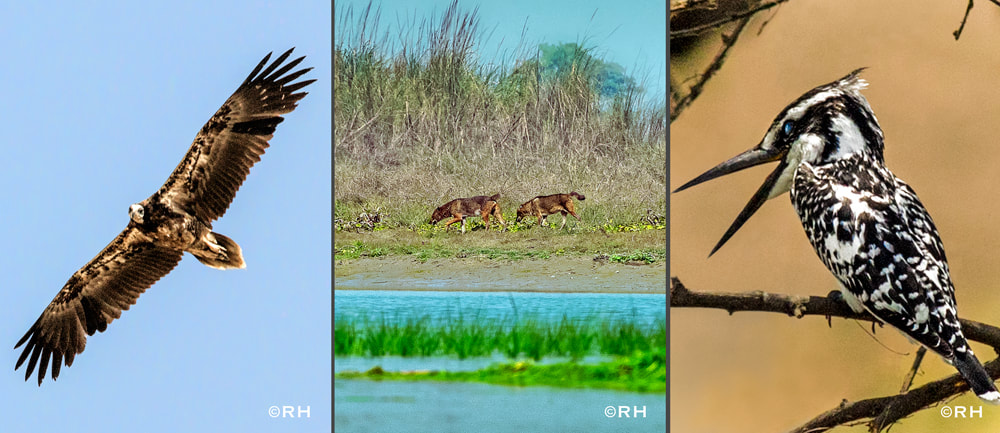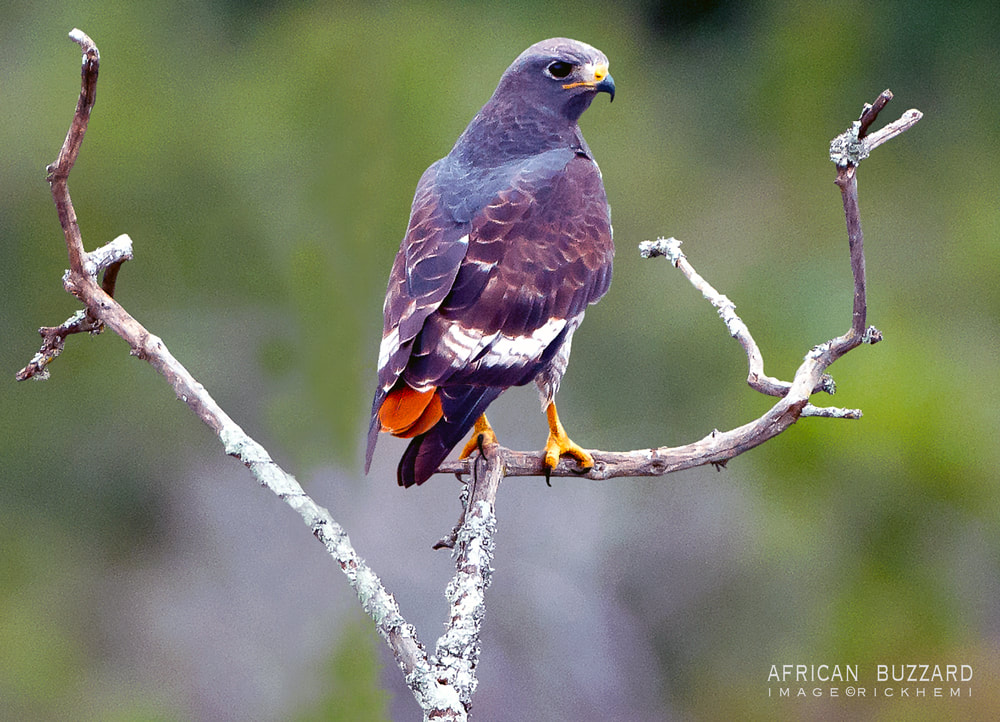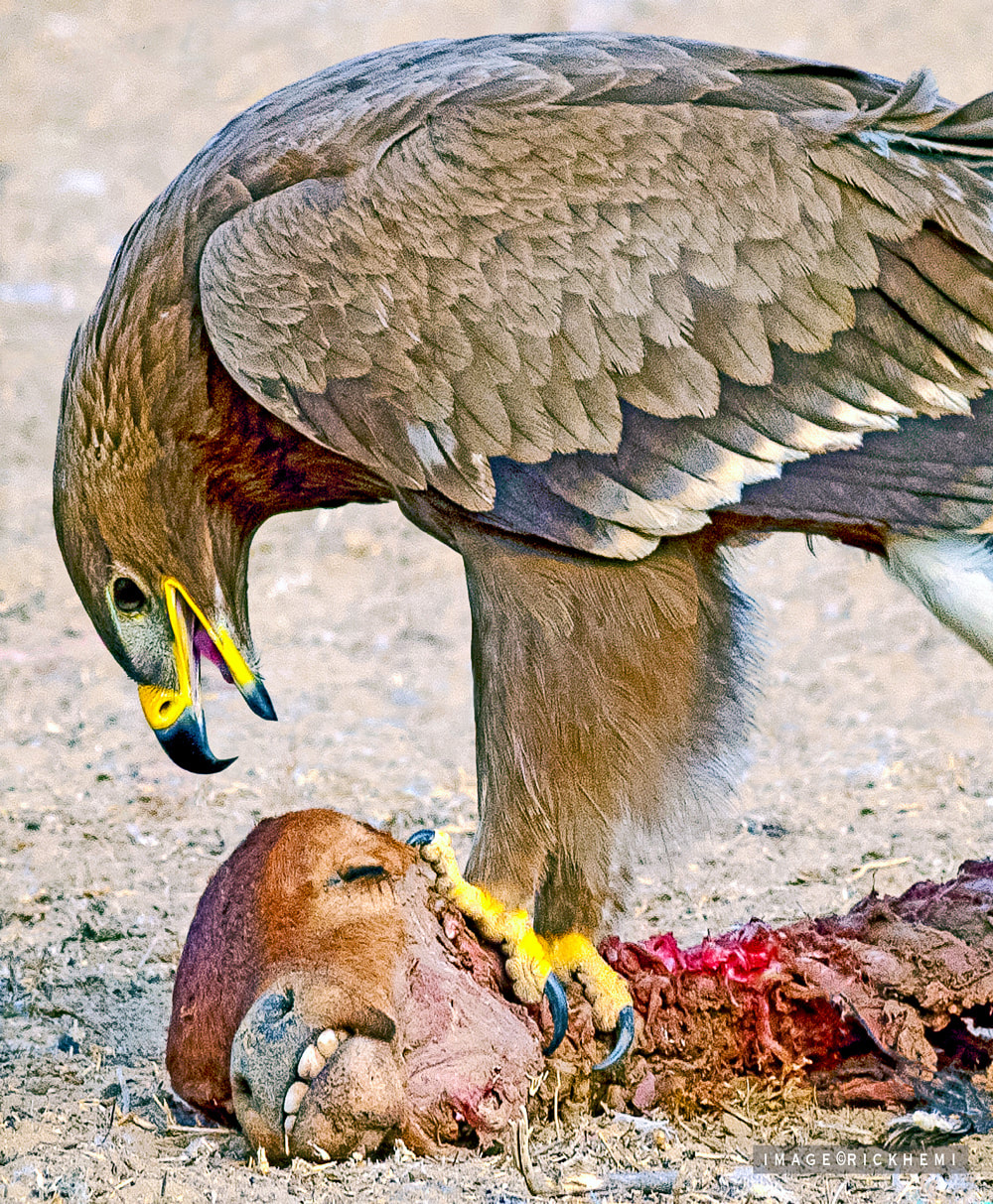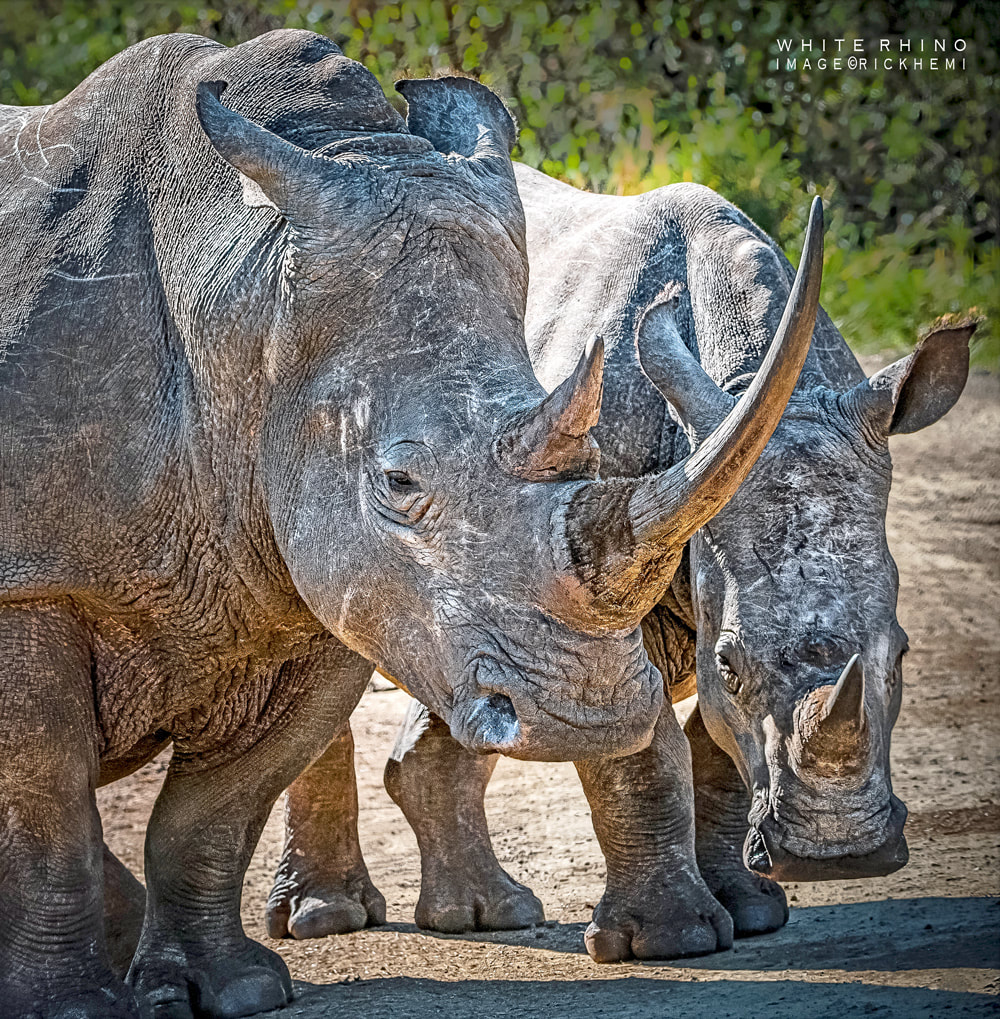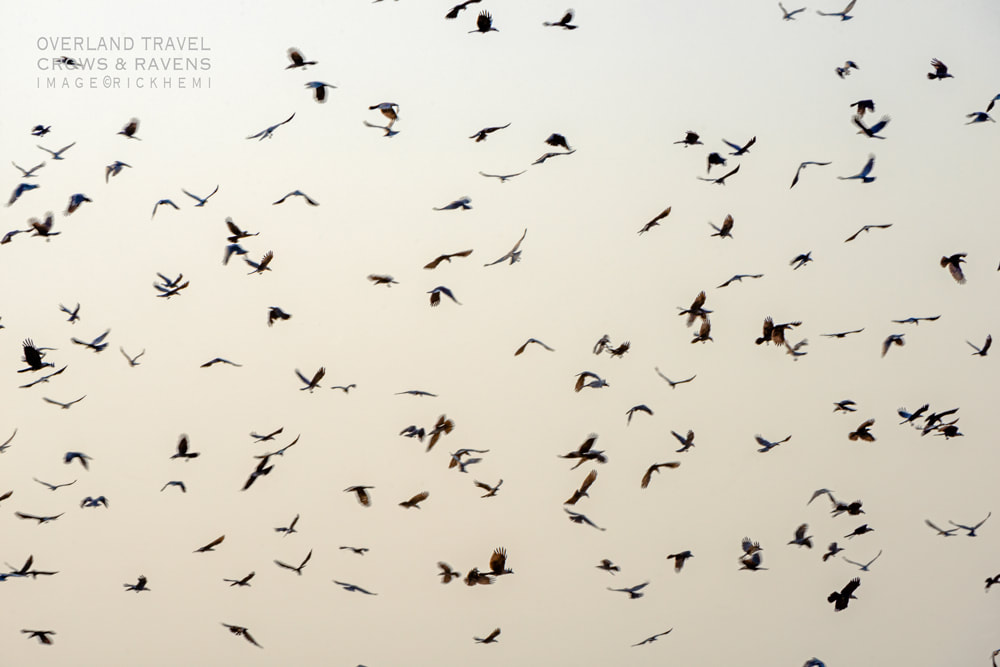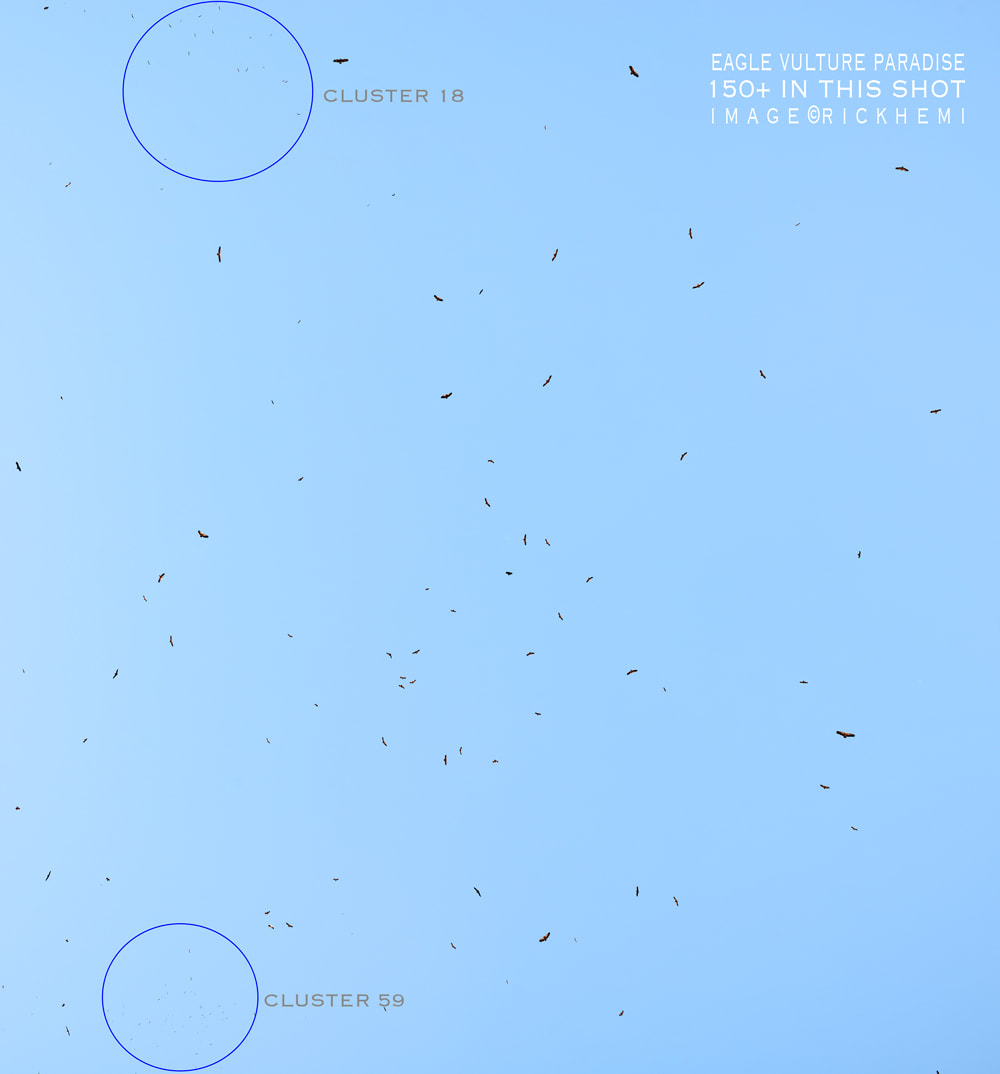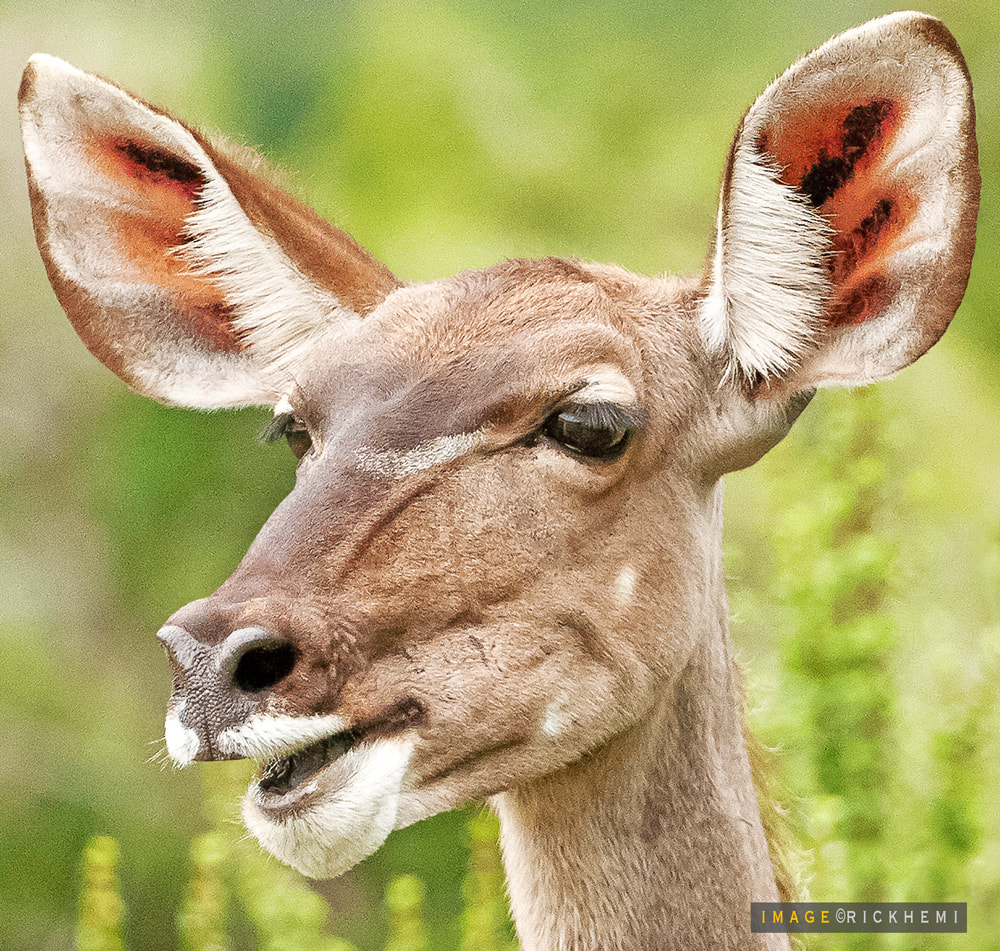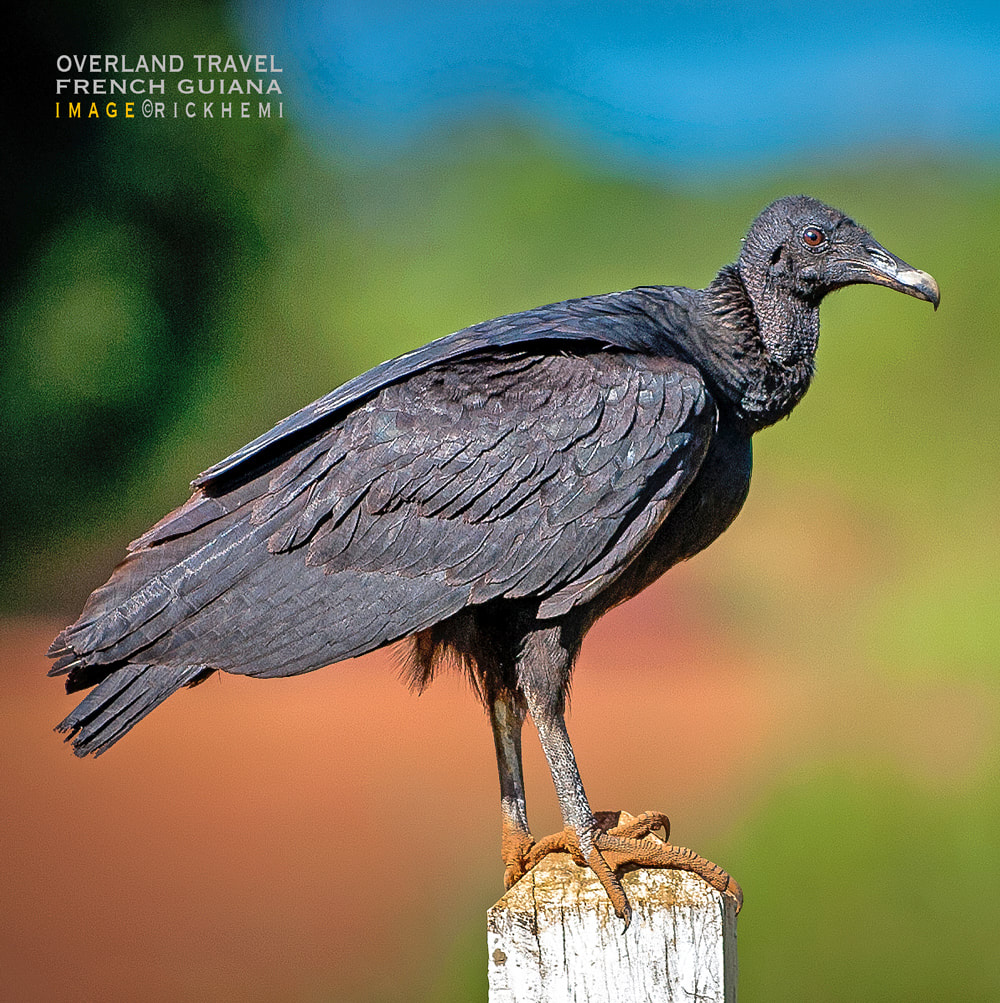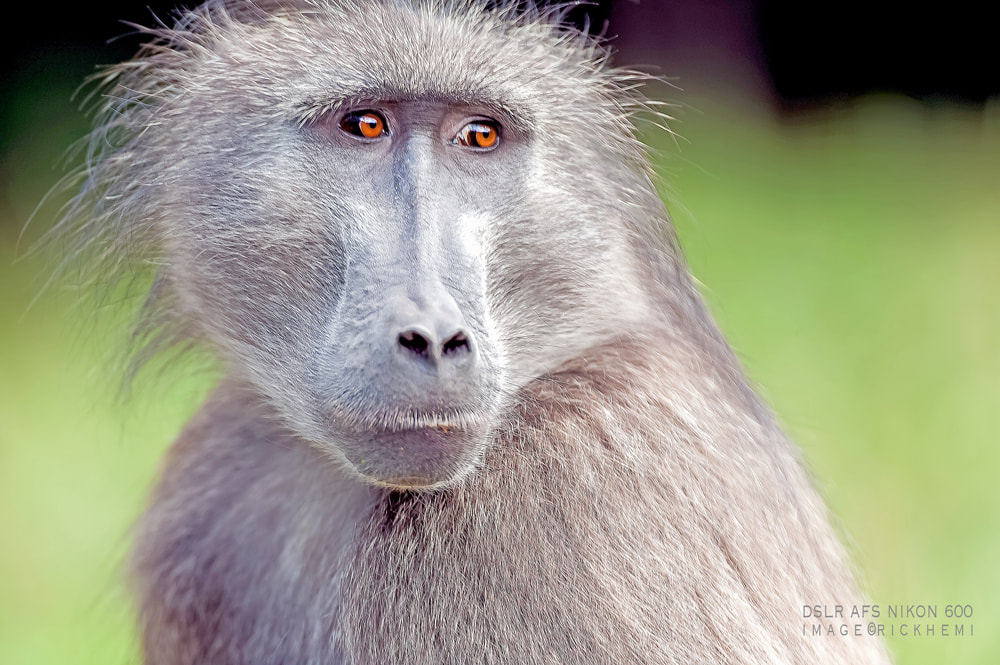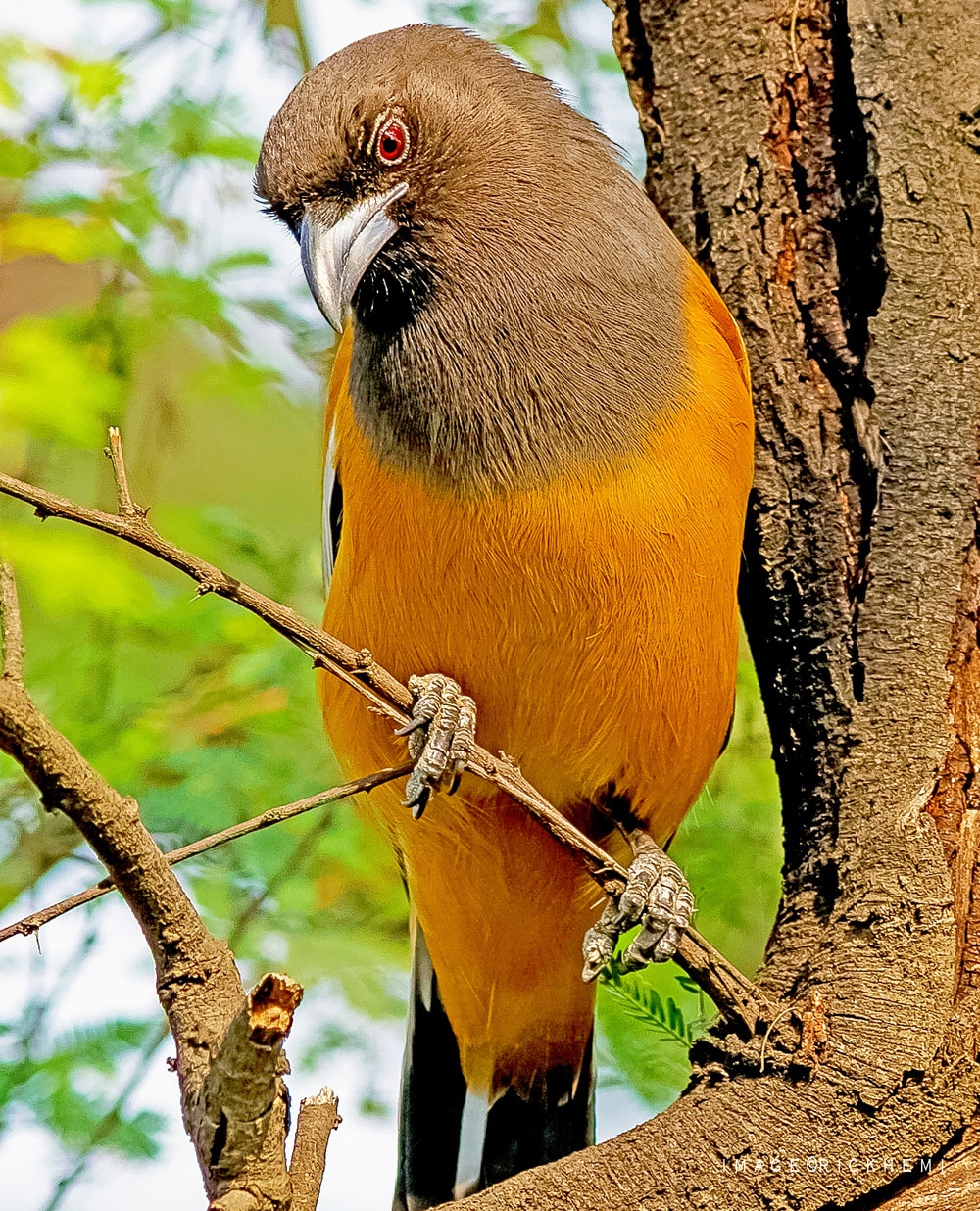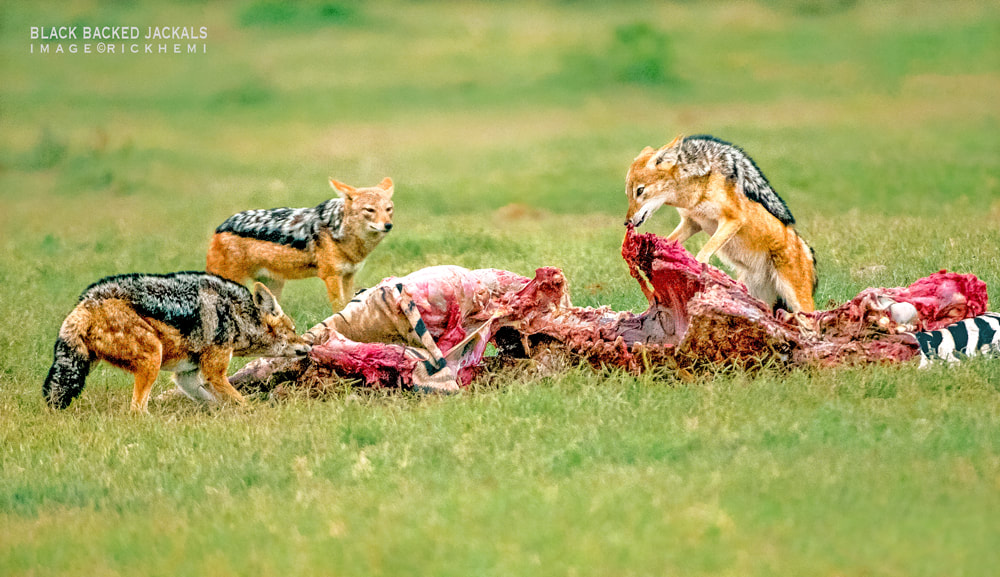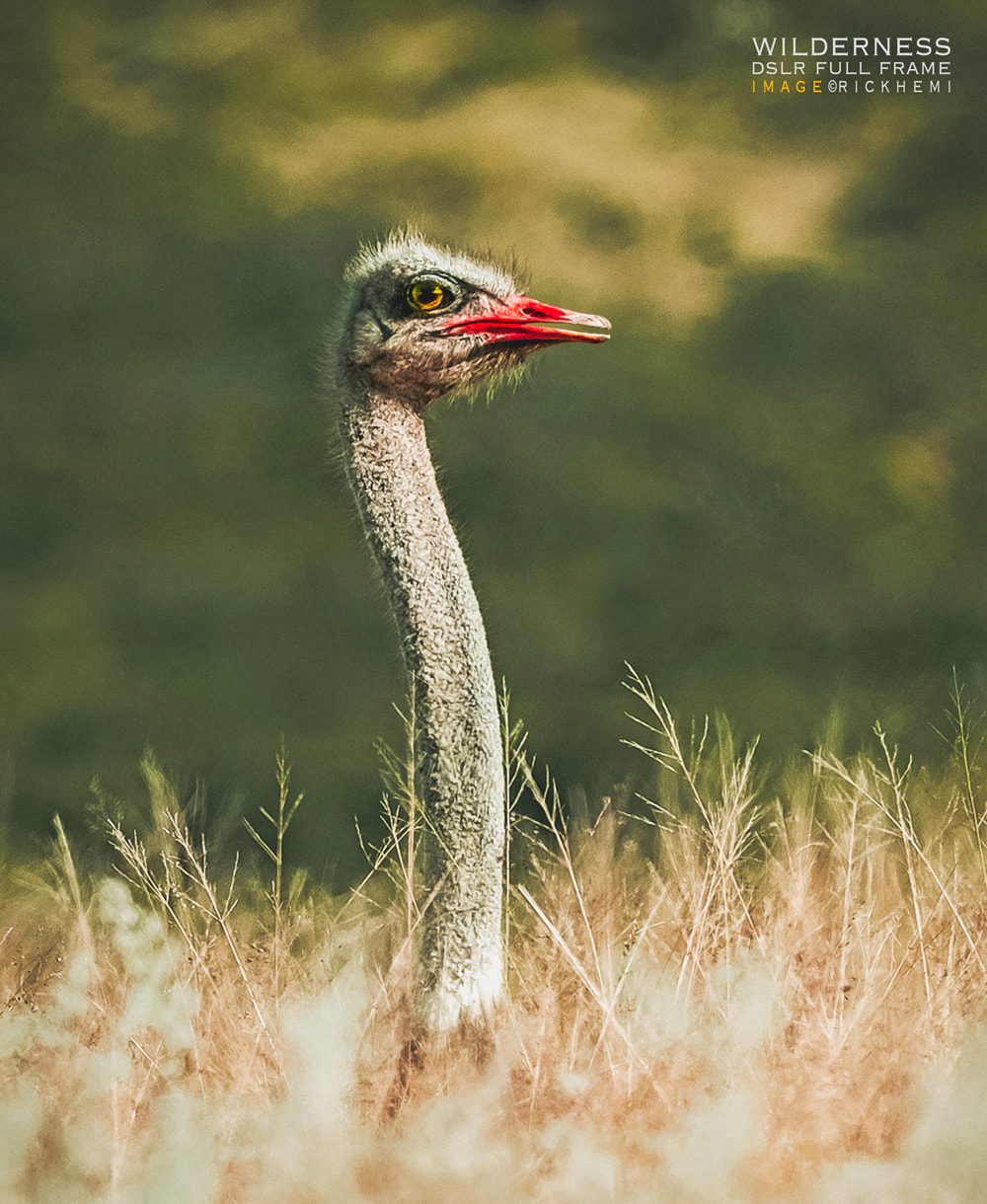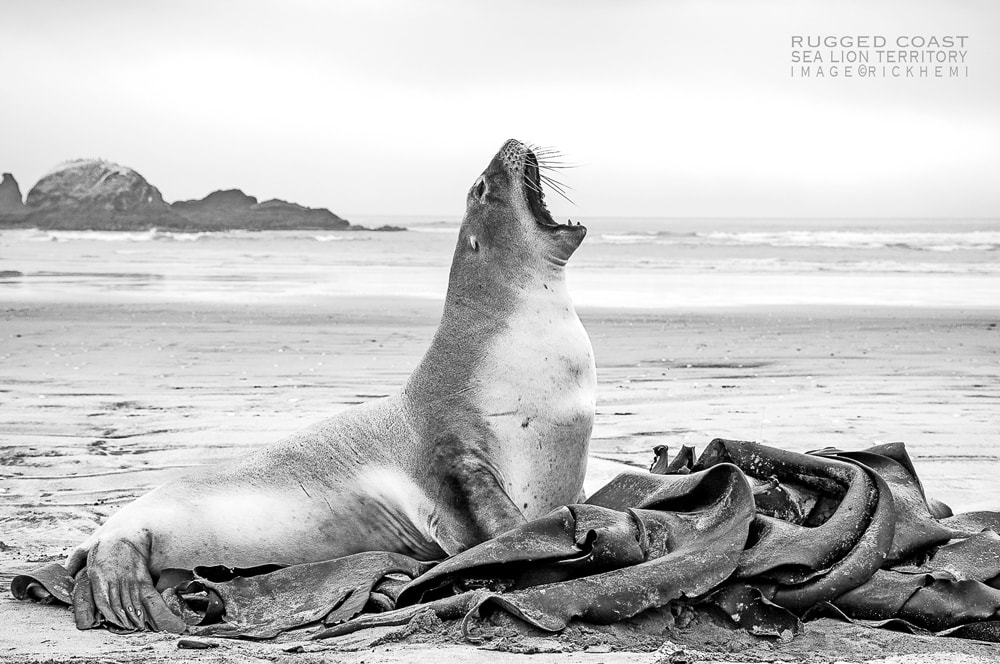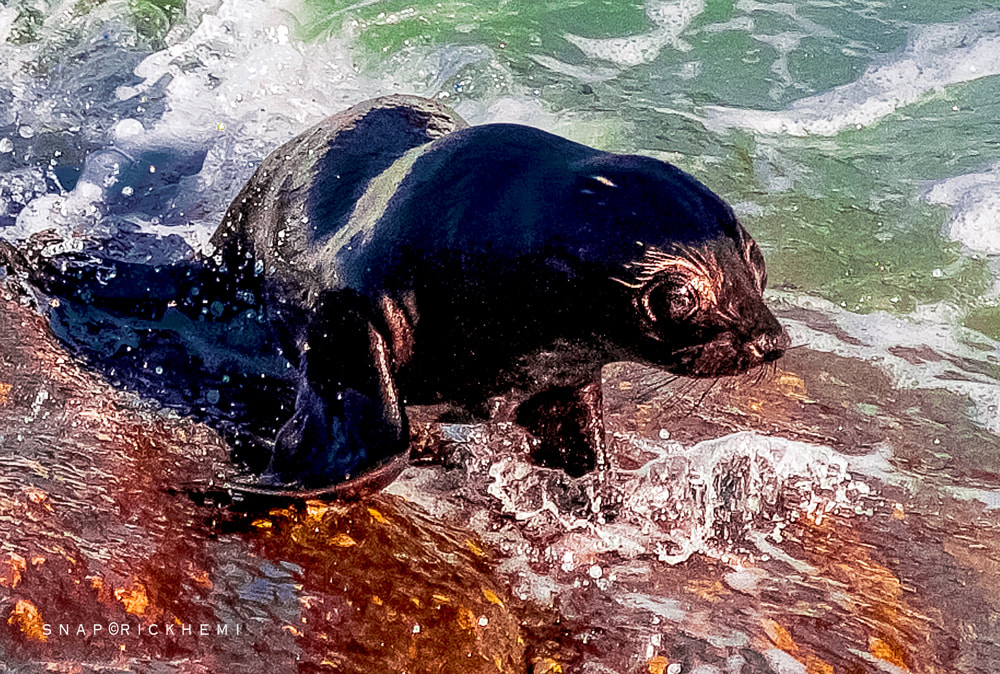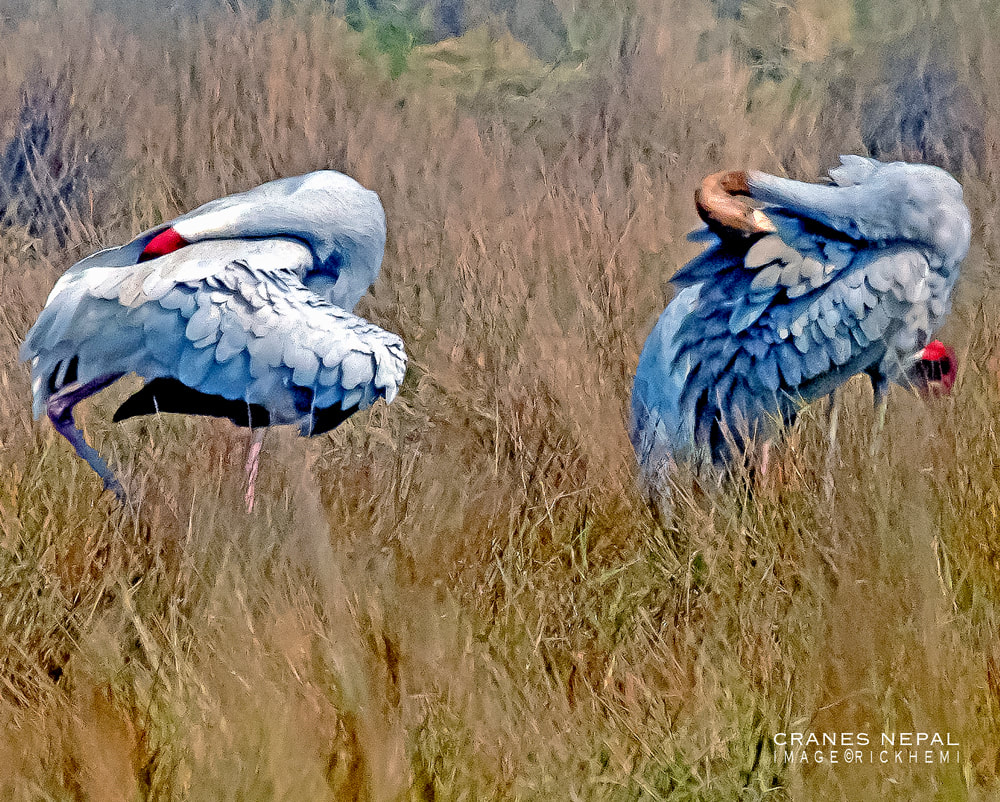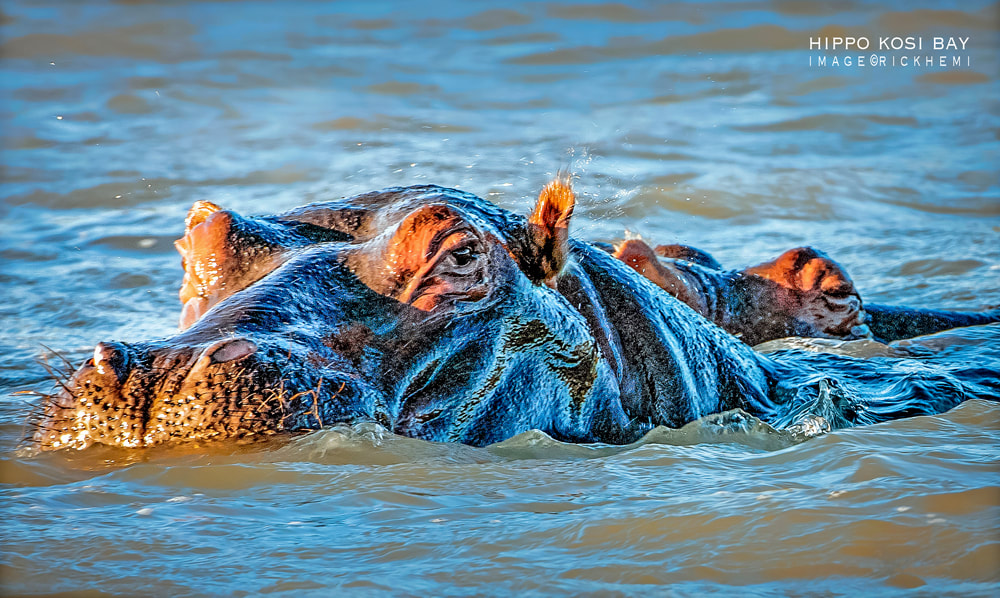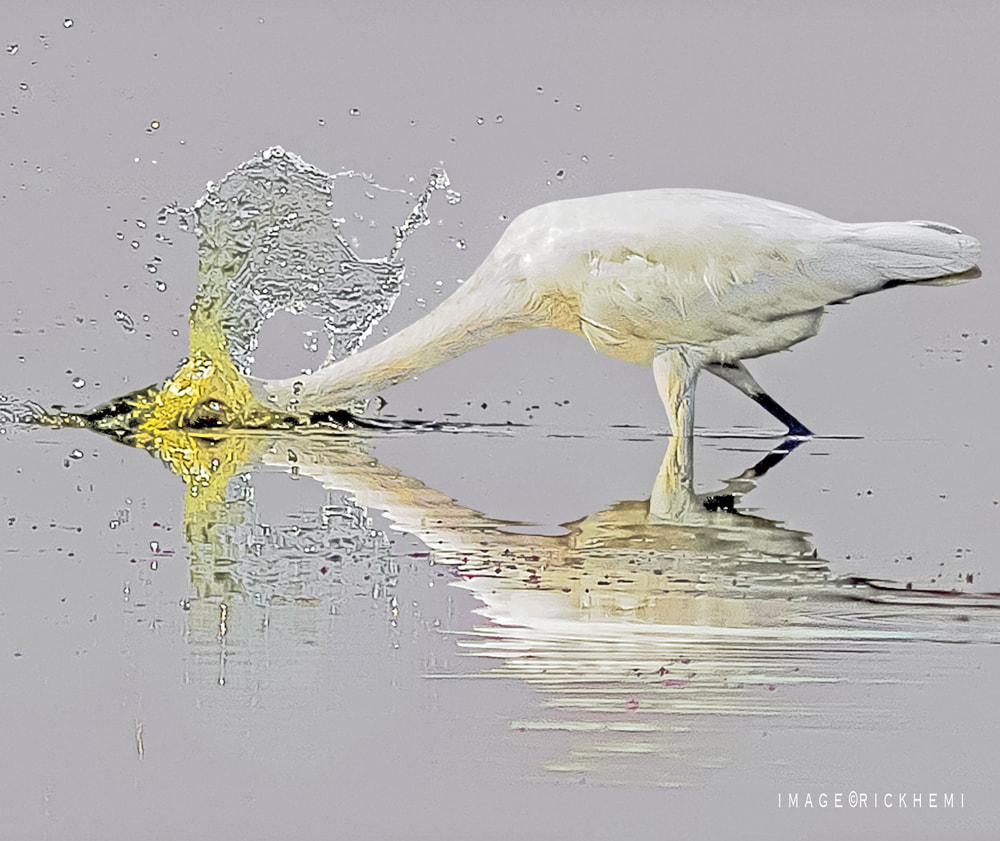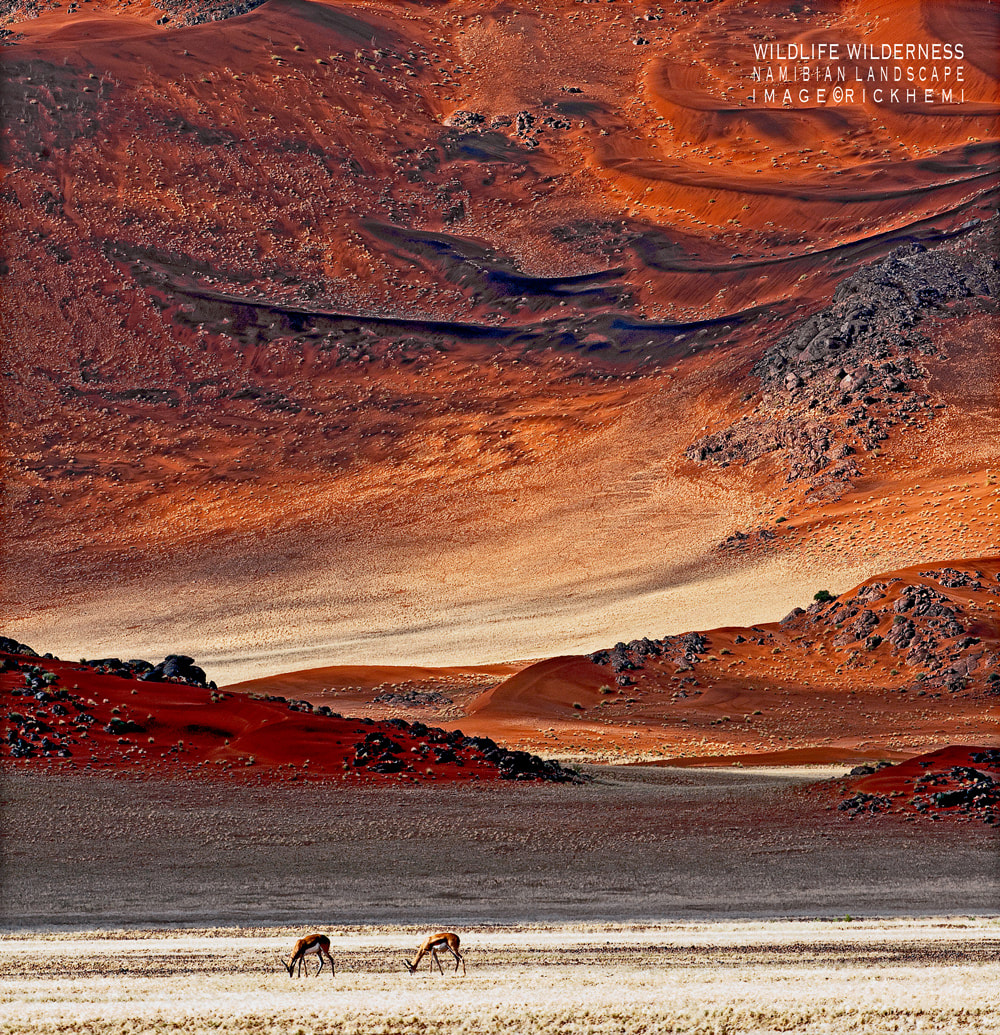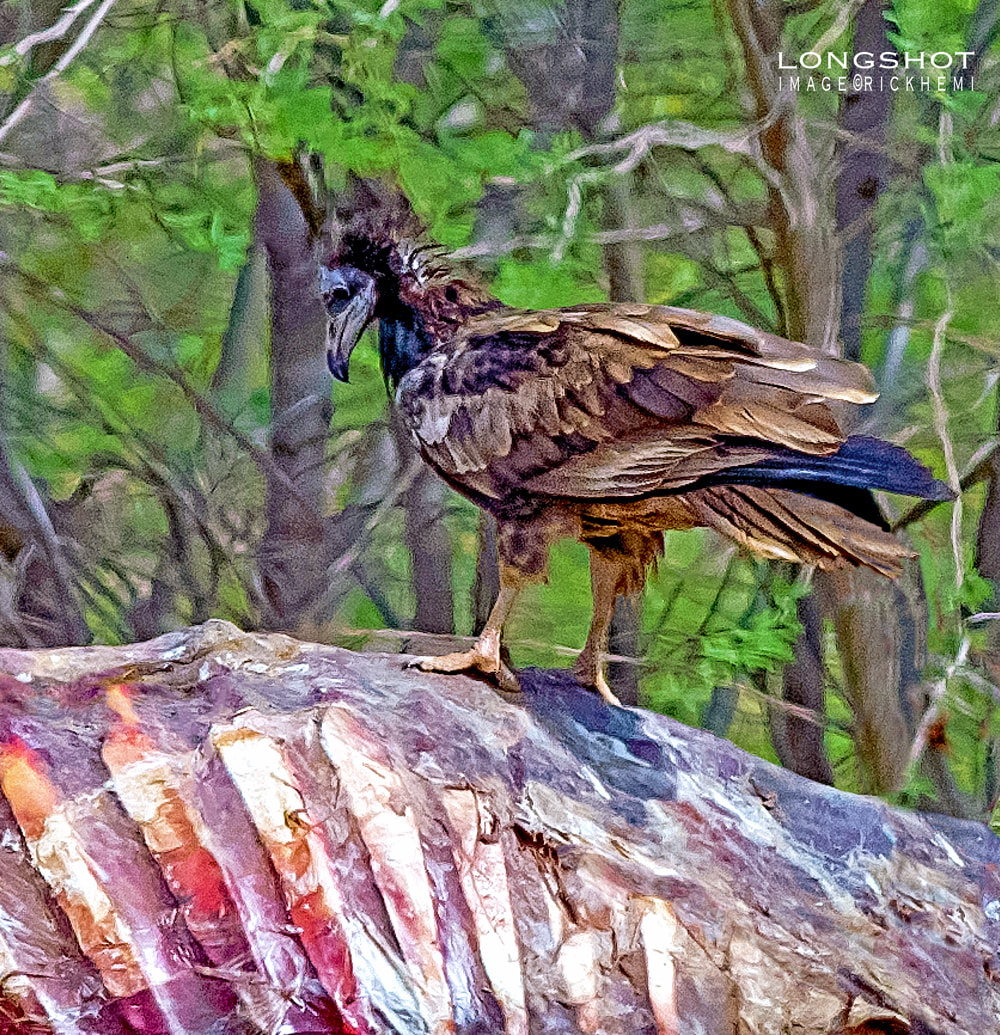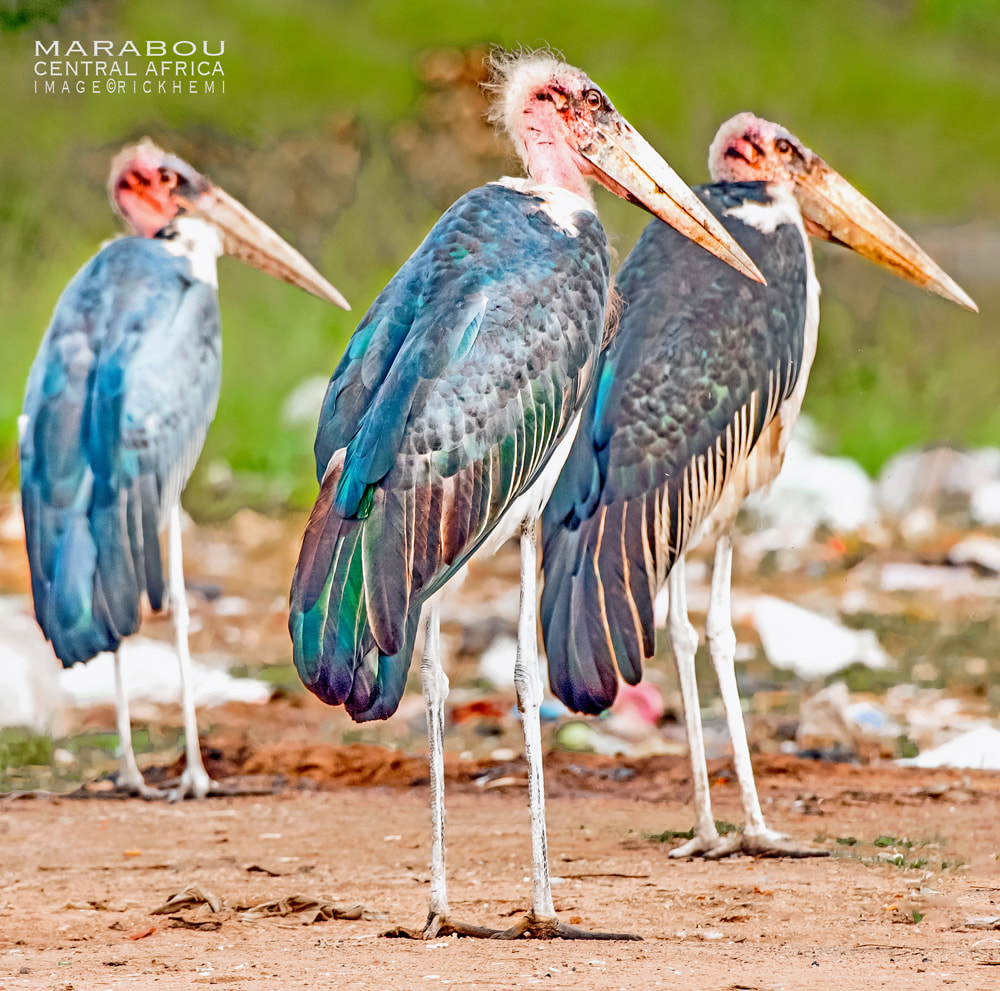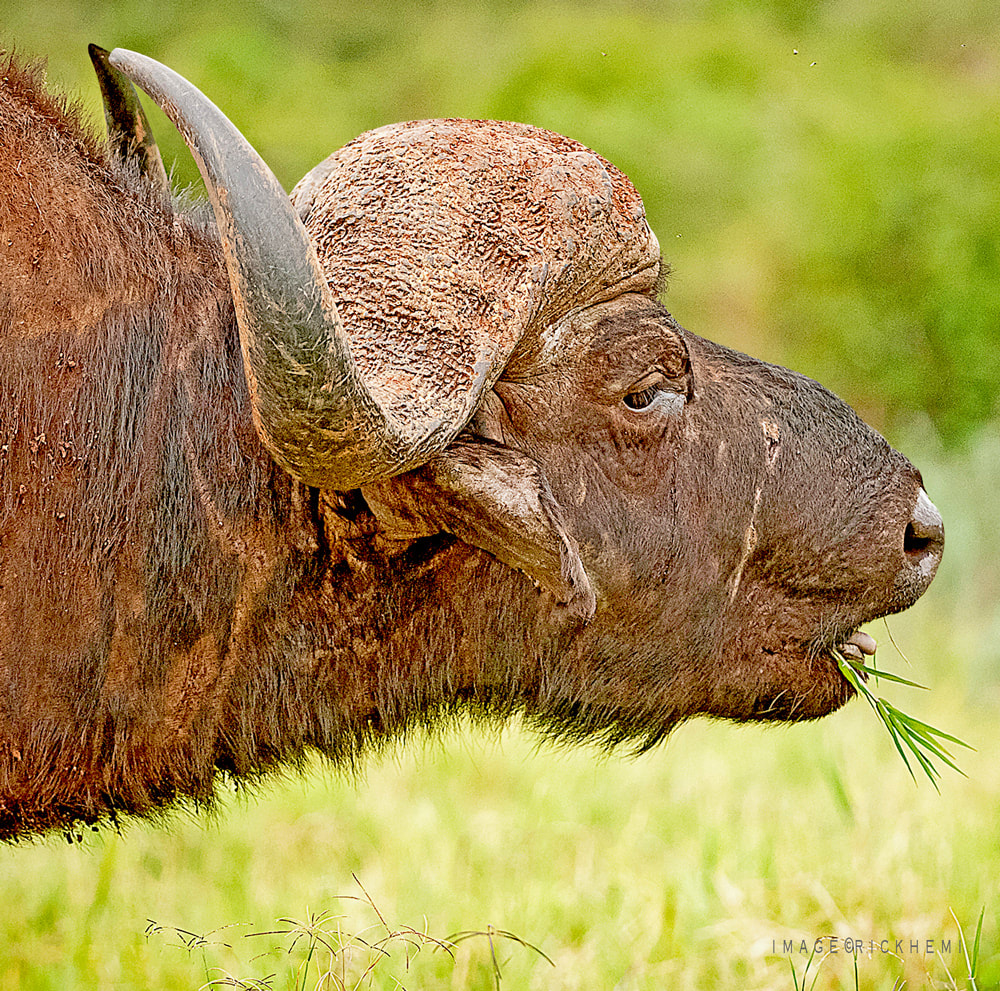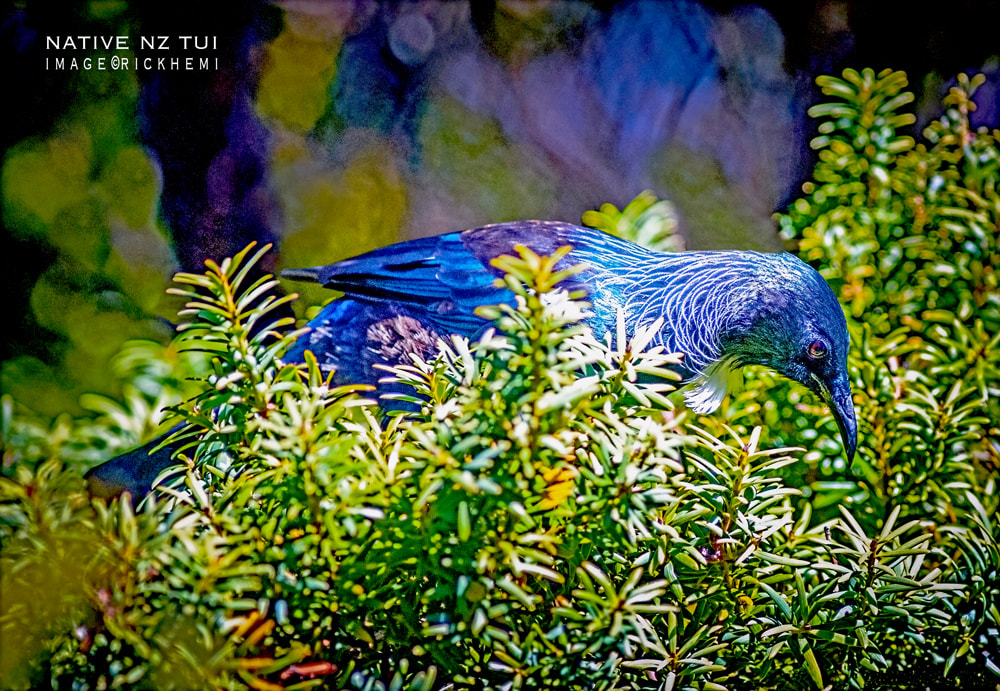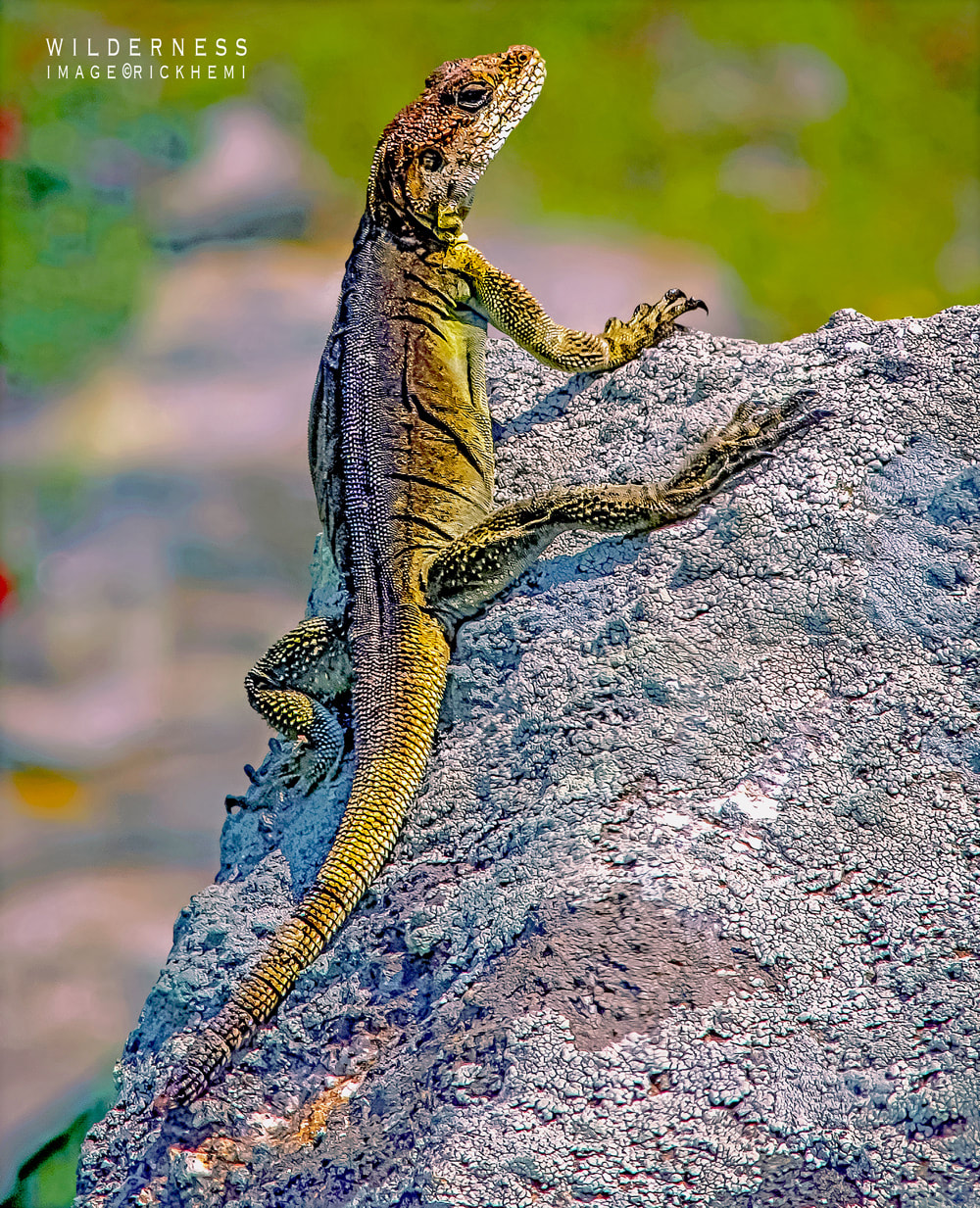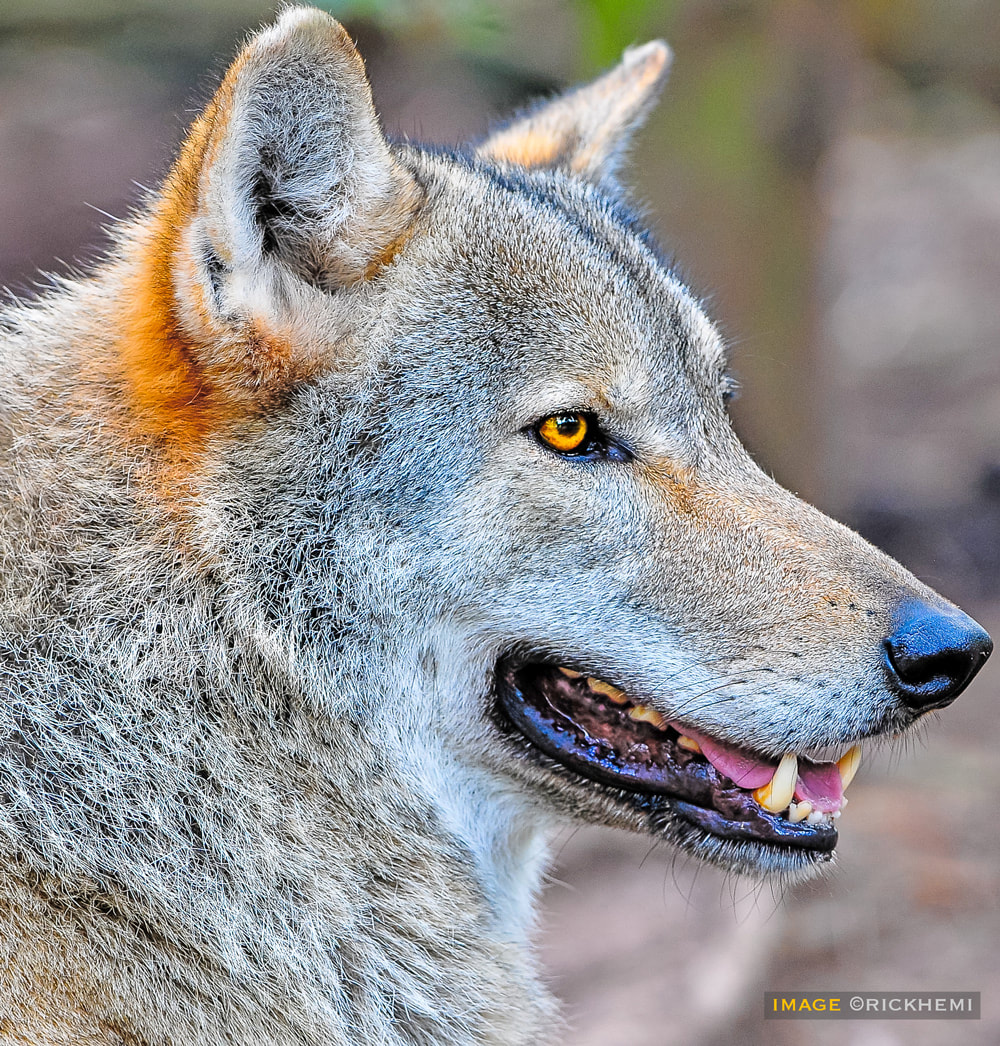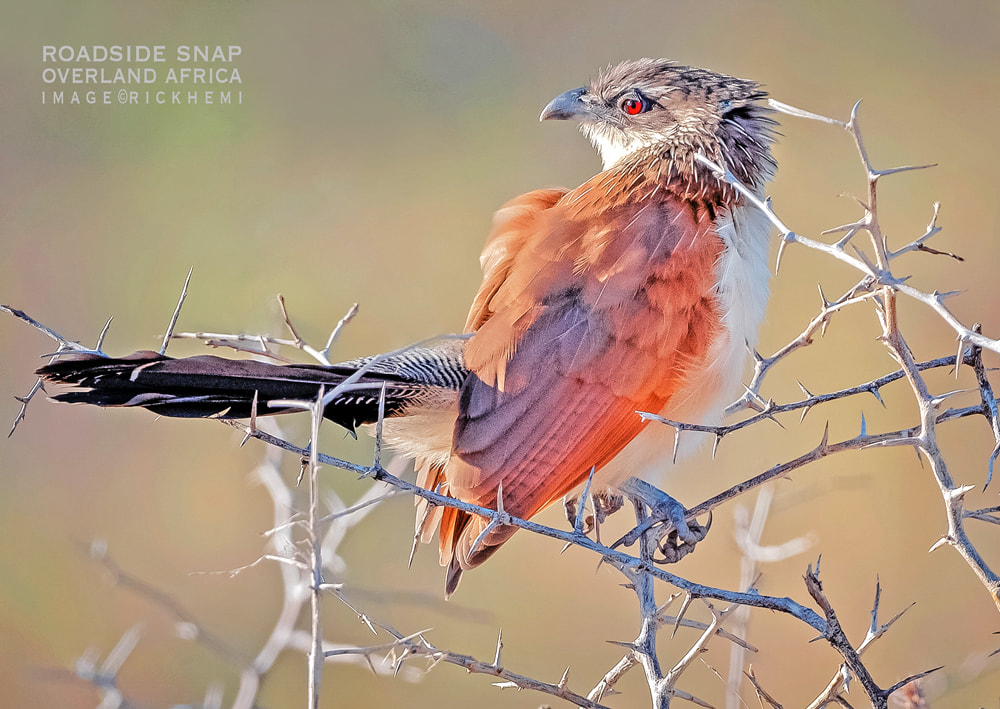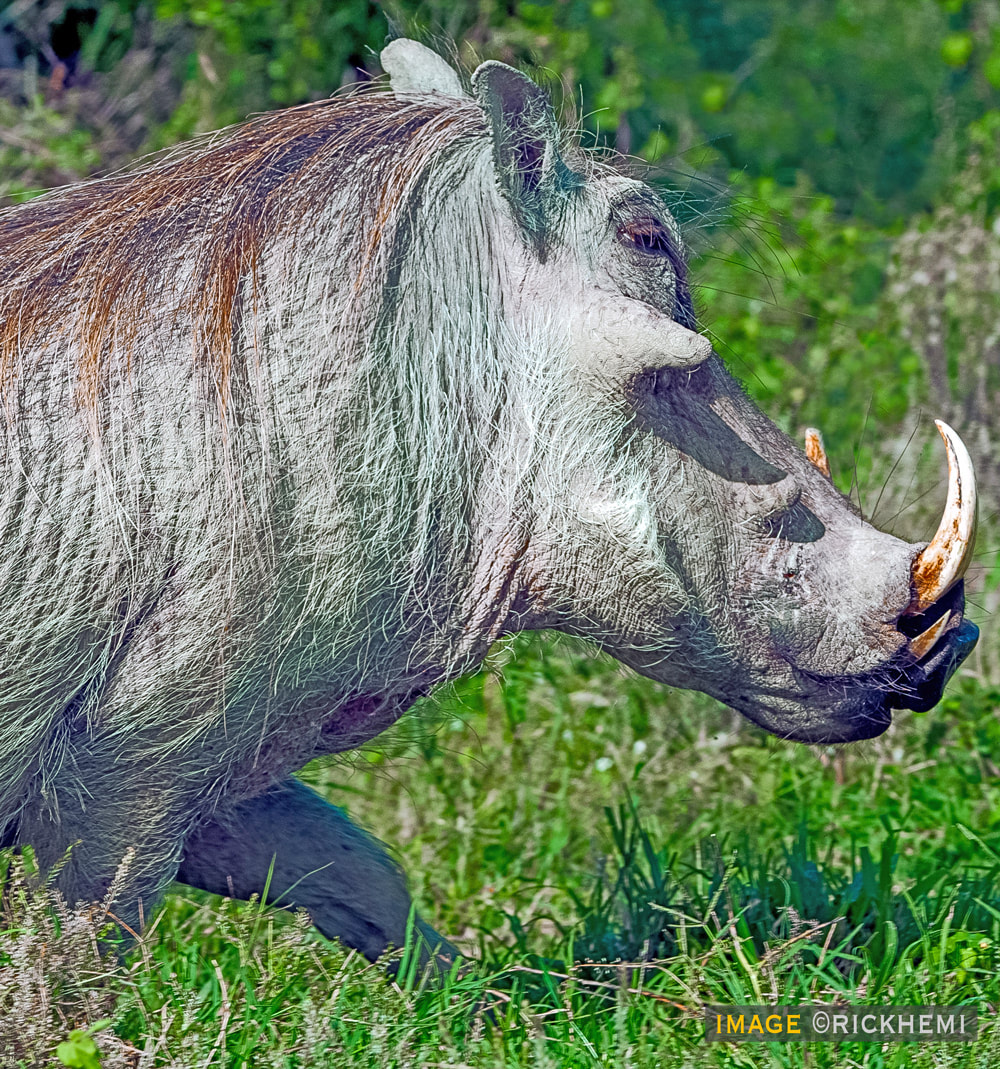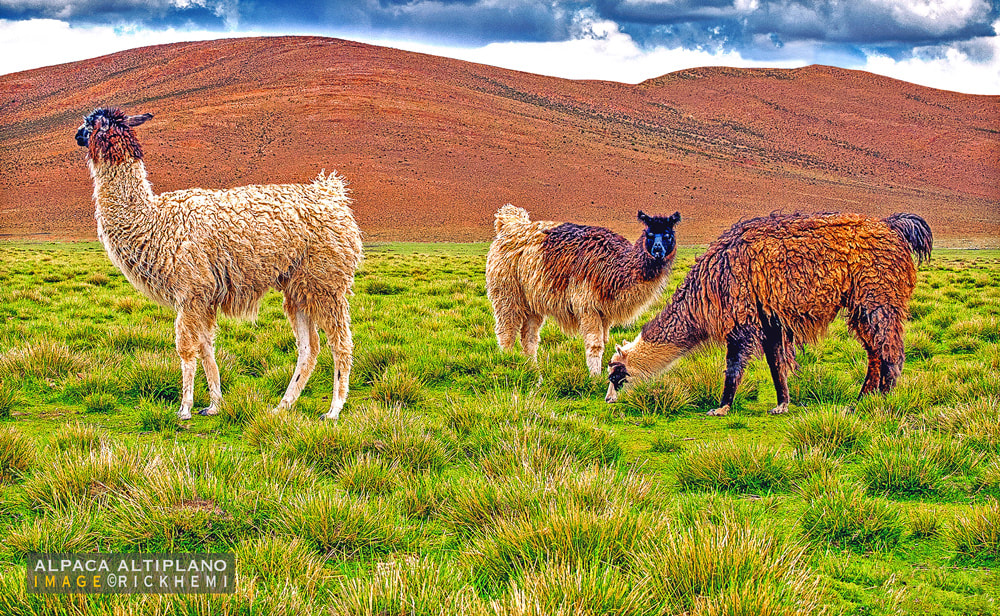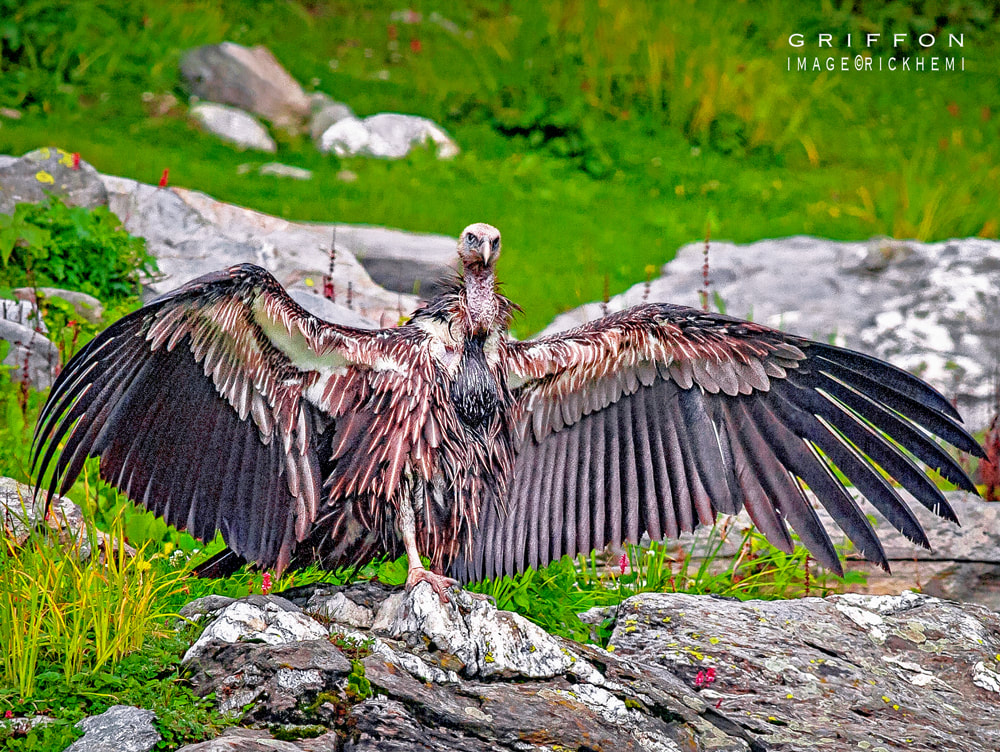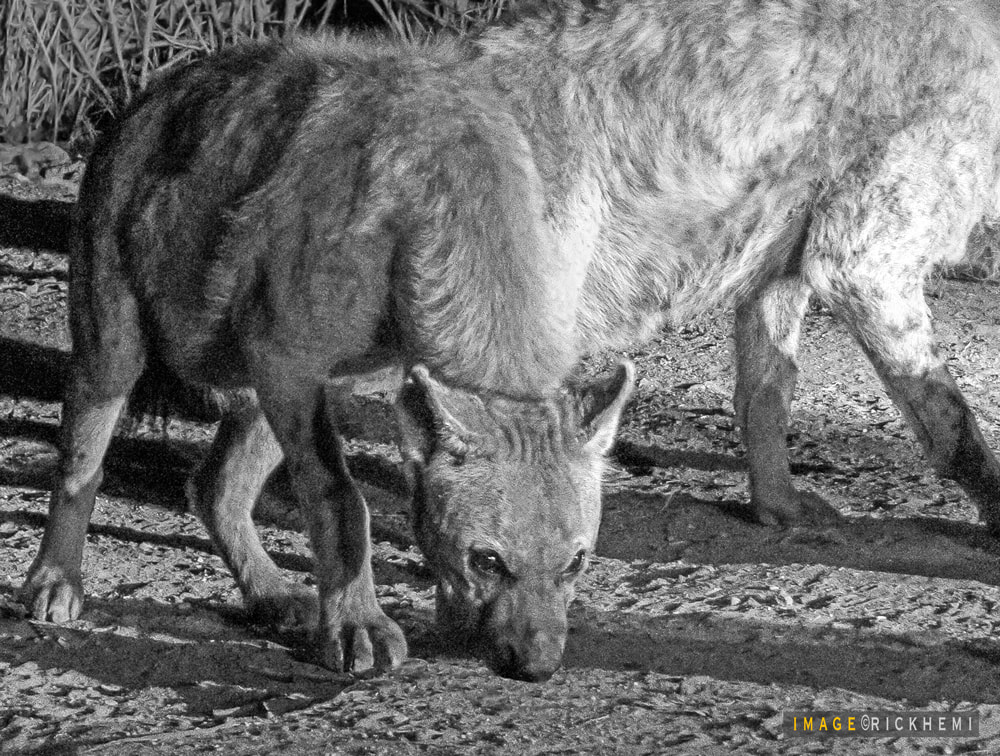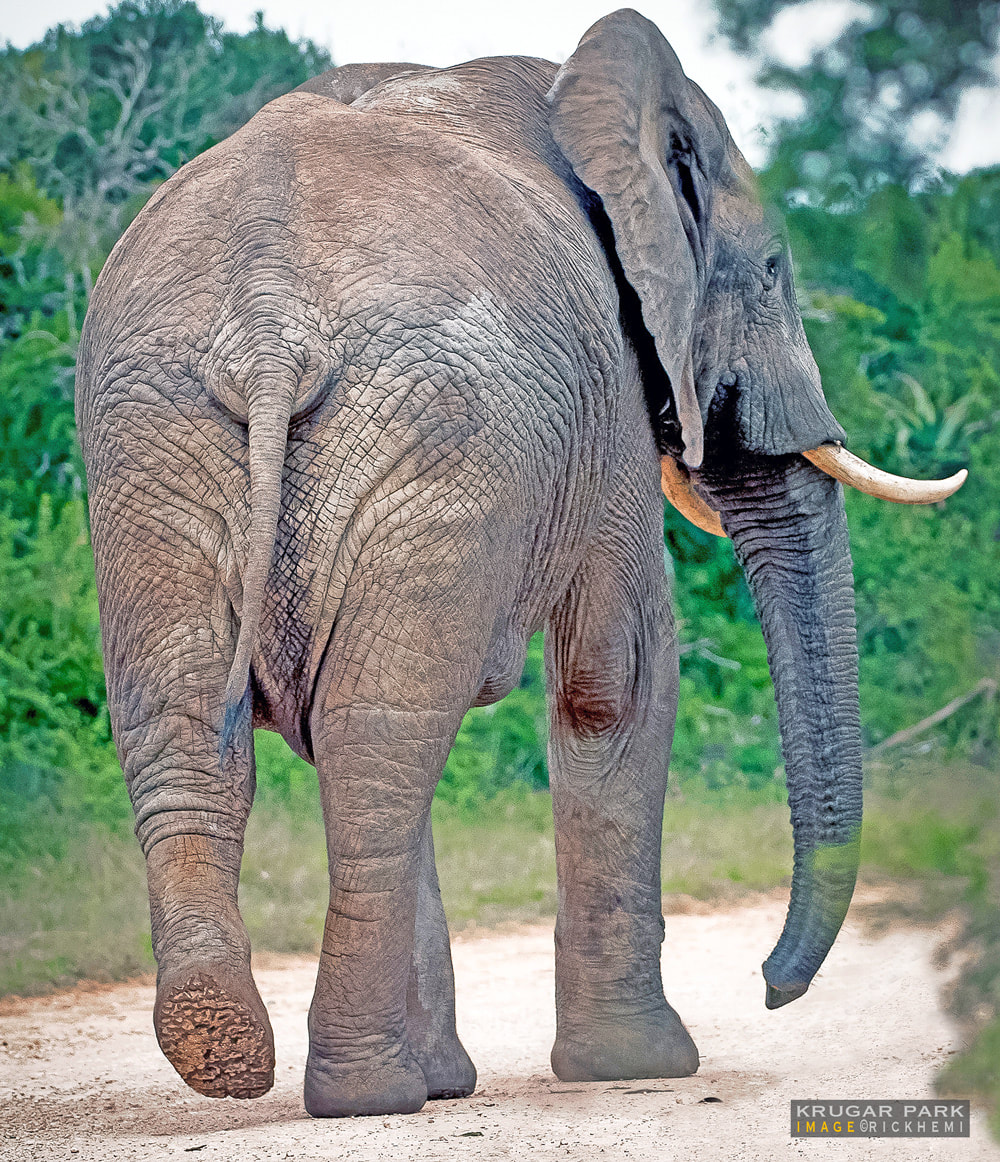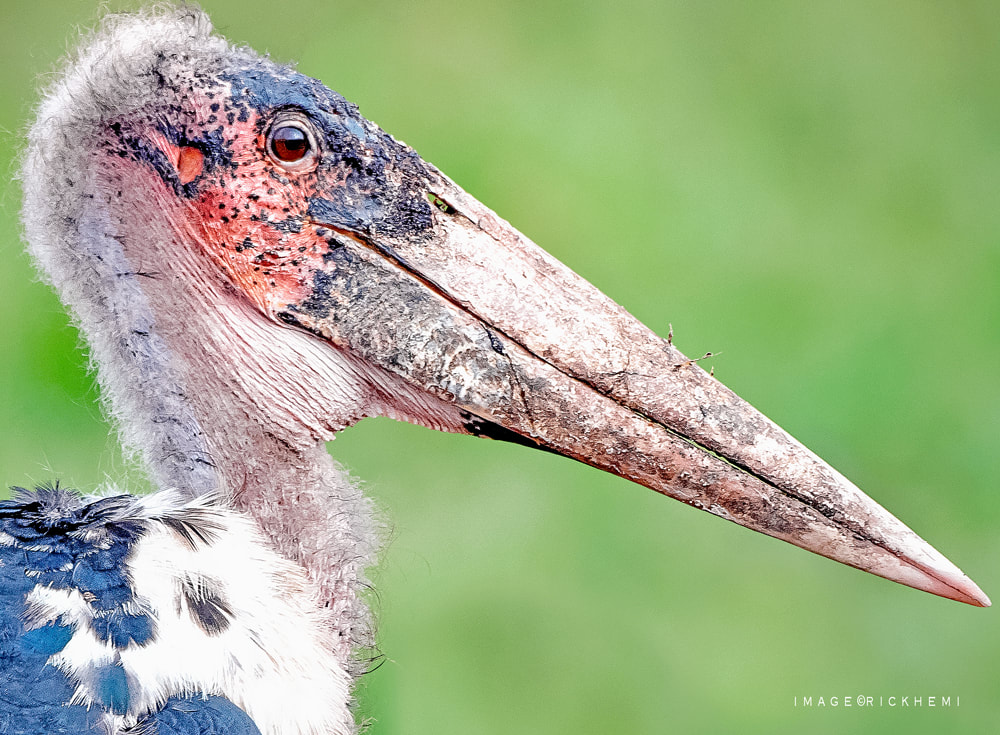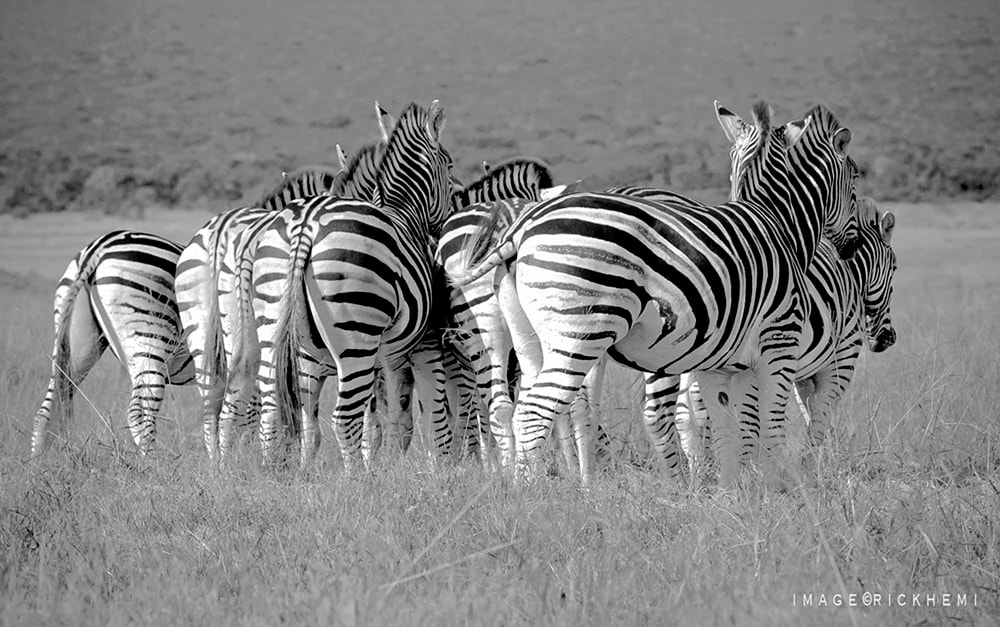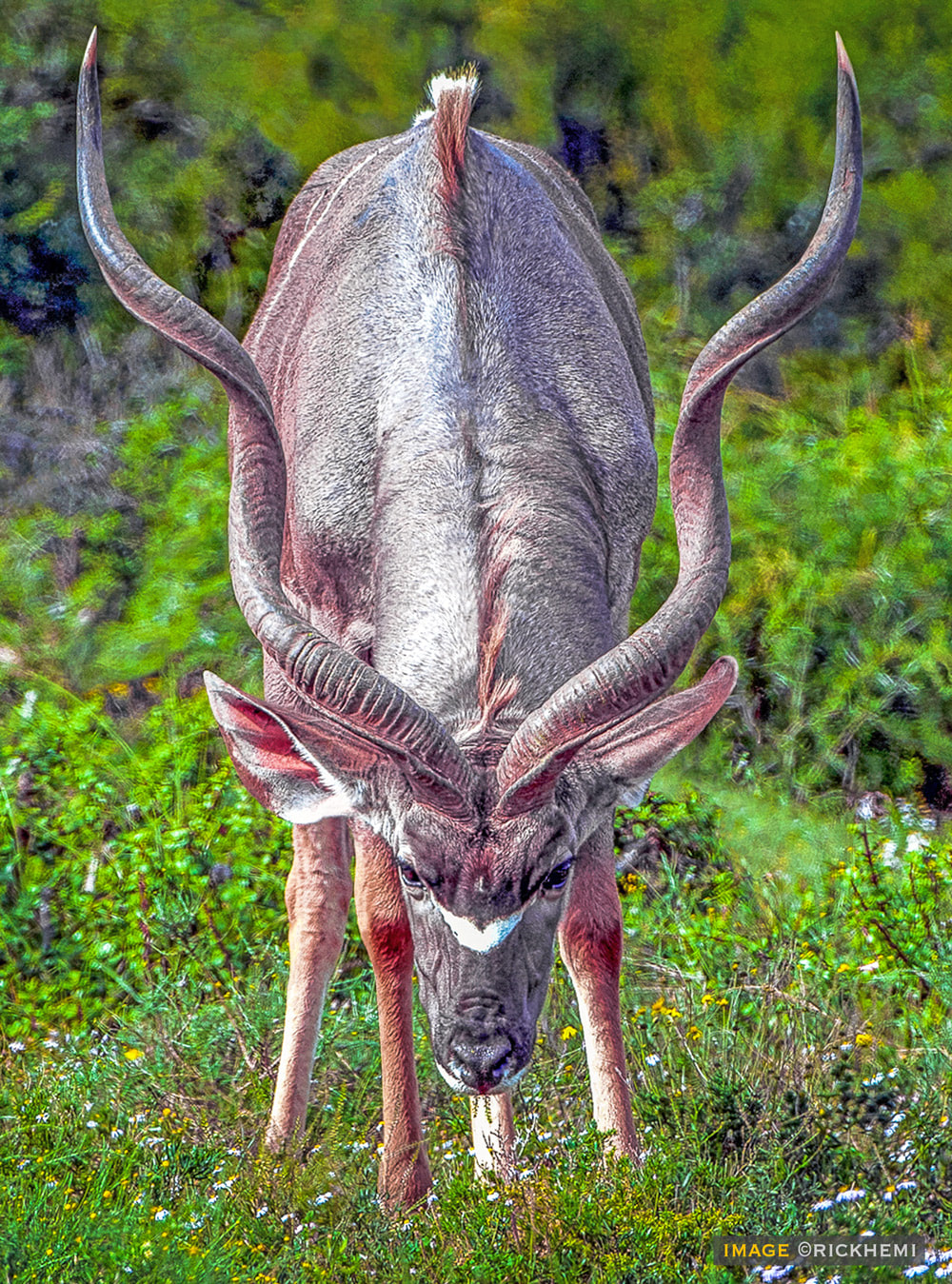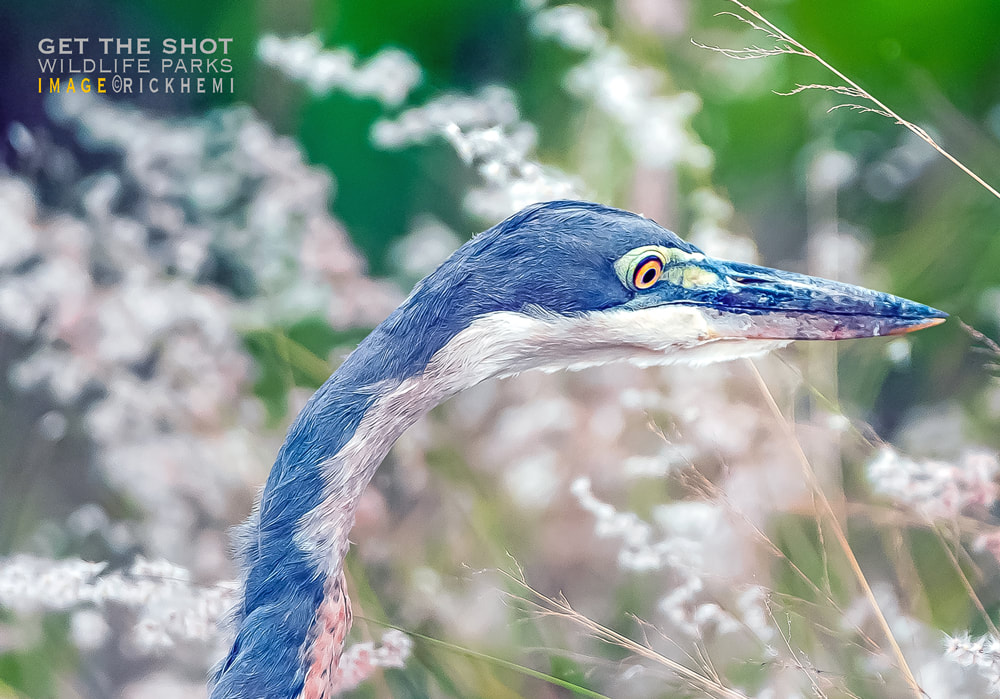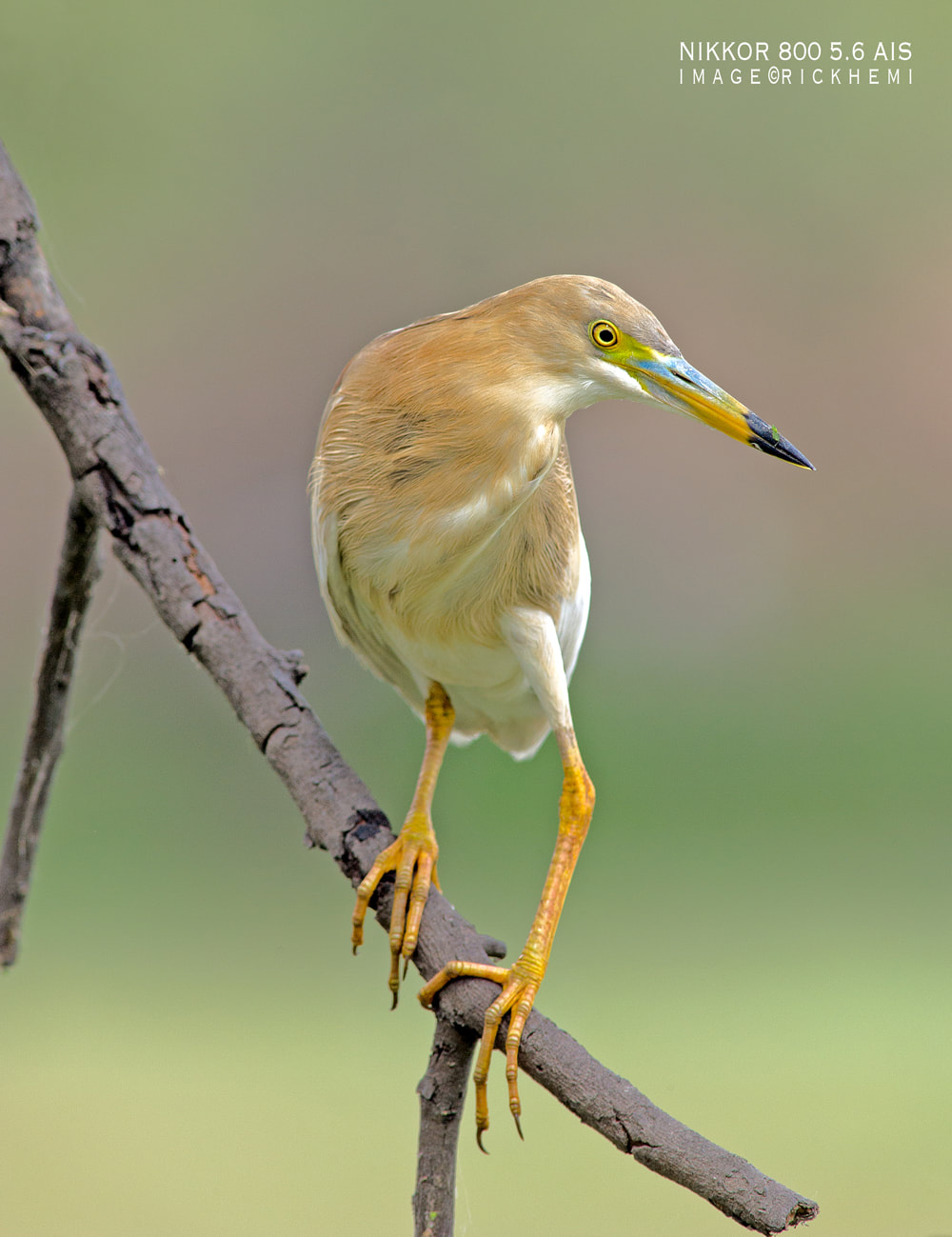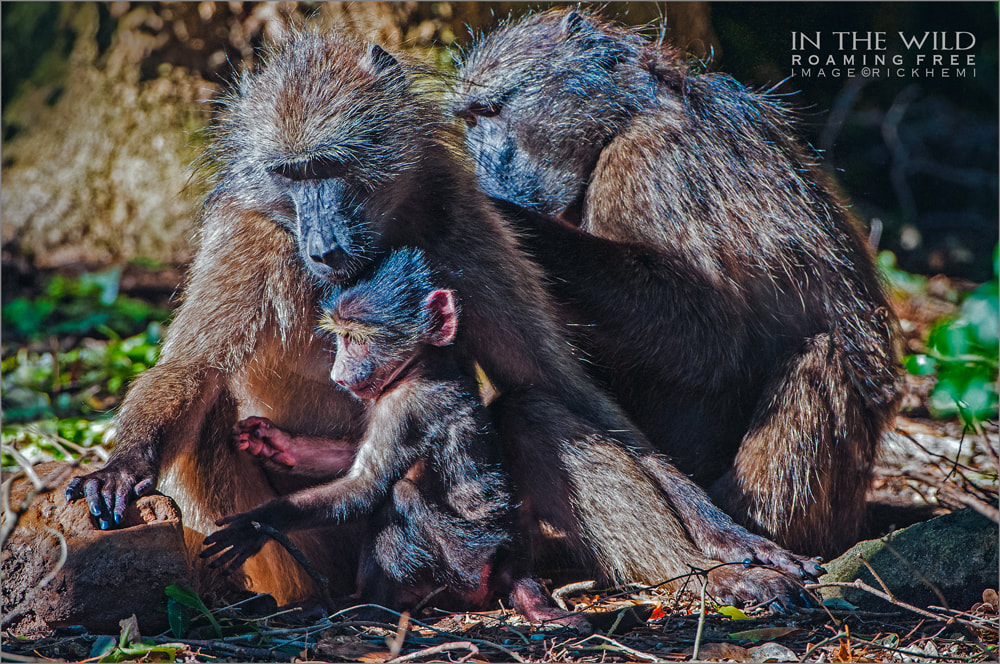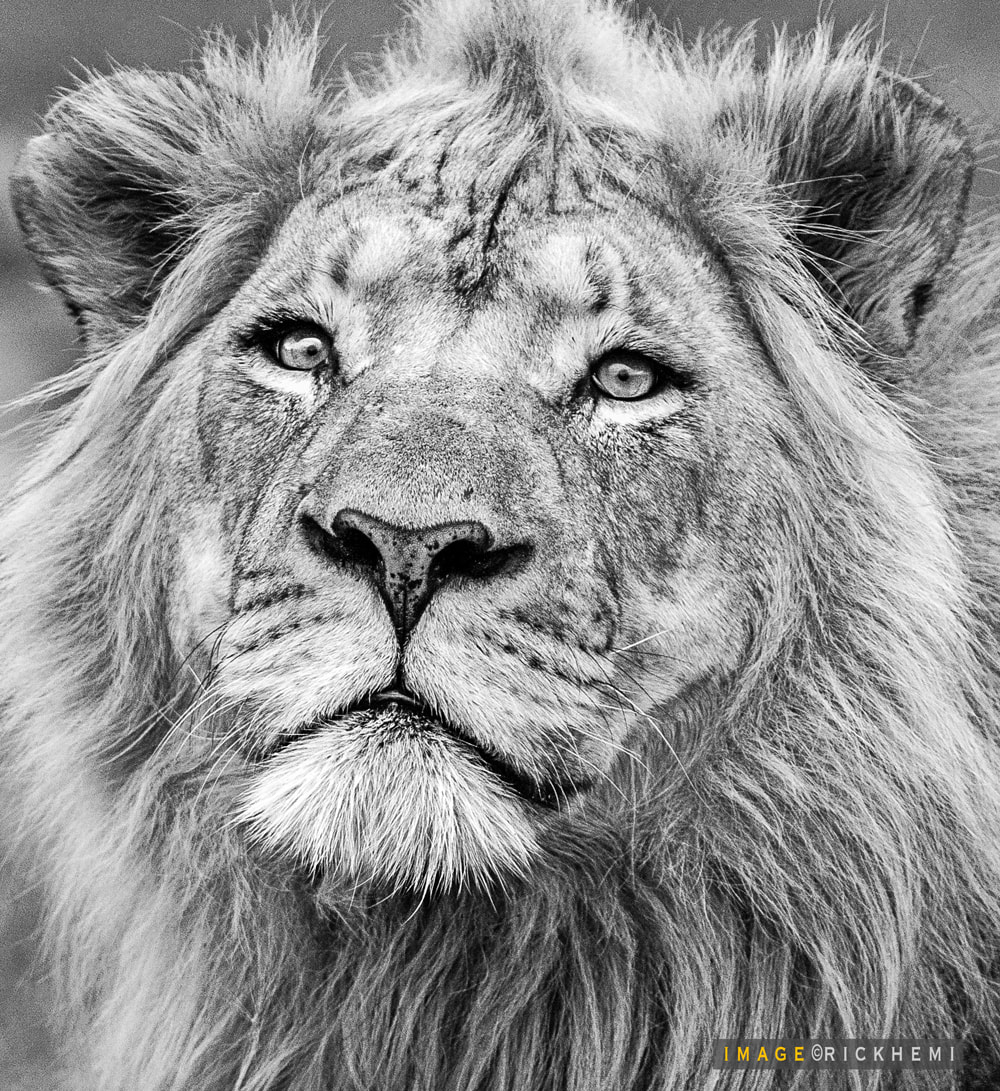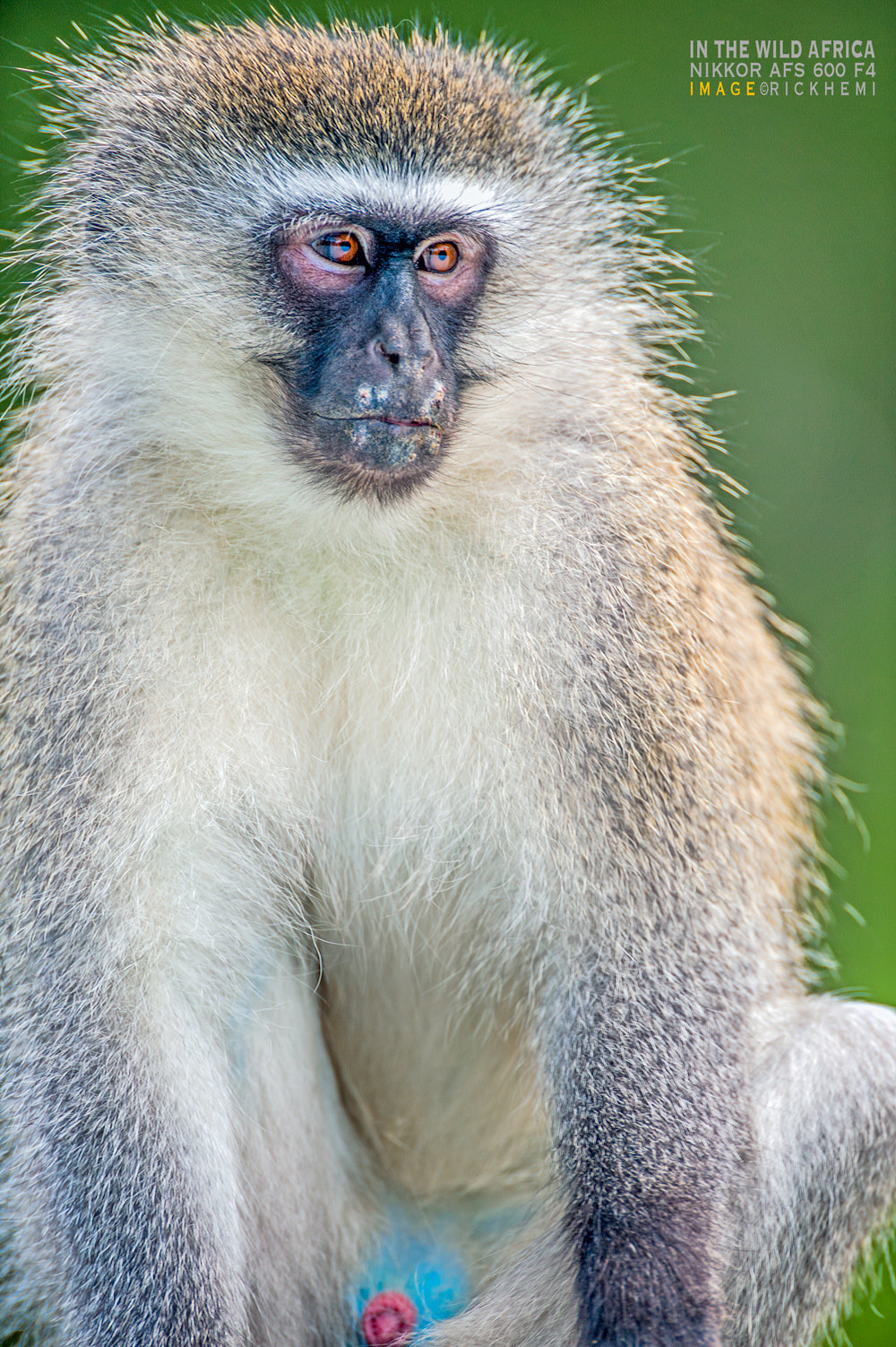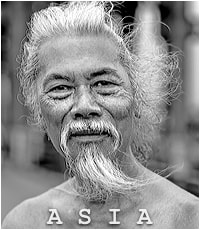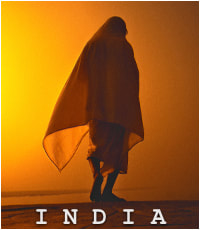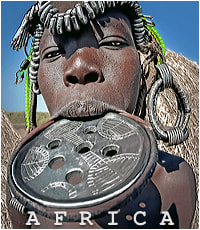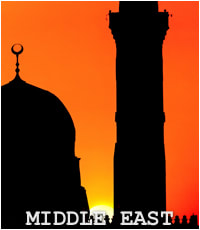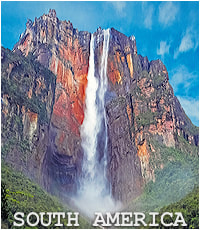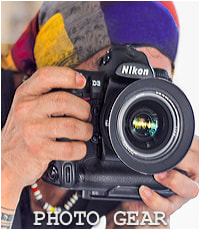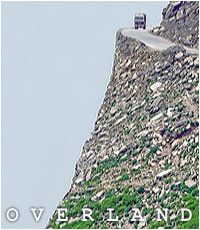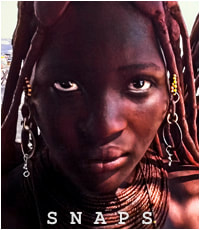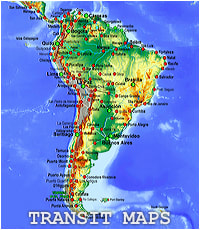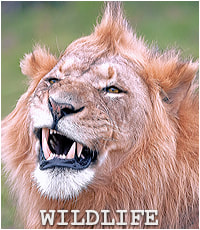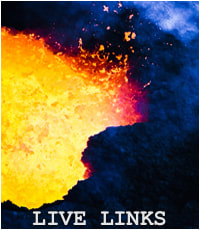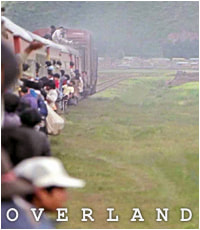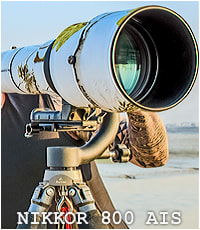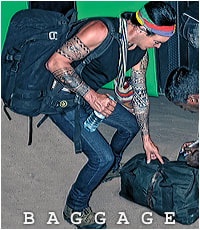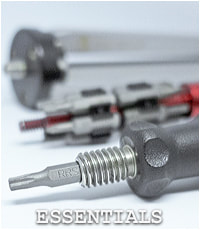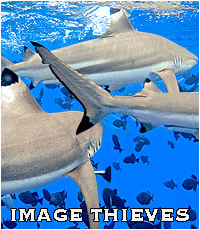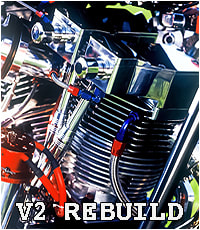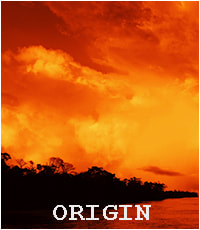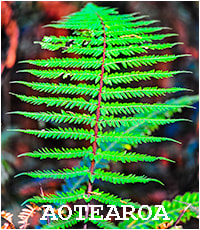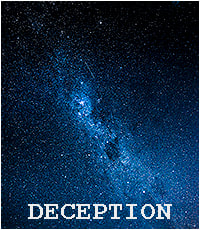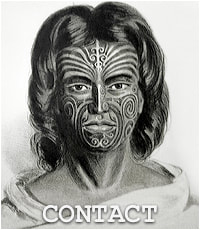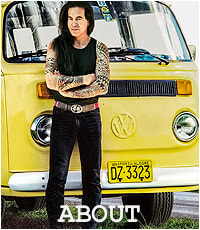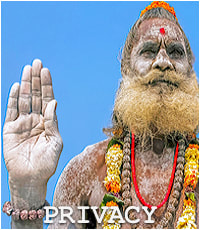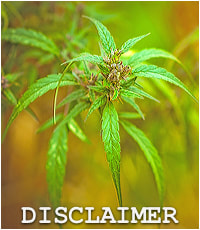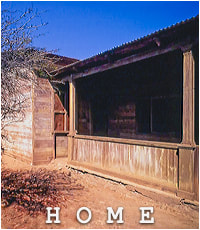Intrepid Overland Travel
Overland - Wildlife
South America - Africa - Asia - Middle East
All Images By Rick Hemi
Some wildlife national parks issue good maps with a complete layout of roads, watering holes with an identification chart of animals. Don't rely on cell phone coverage in isolated national parks. A Red List of threatened species can be researched here at IUNC (Int. Union of Conversation and Nature)
Get Inspired Into The Wild
Observing wildlife within their natural habitat has to be one of the most satisfying and inspiring experiences wherever the location is. The majority of countries through continents have mixed varieties of different national parks and wildlife sanctuaries to visit. A quick research online will quickly show endless amounts of safari wildlife orientated websites. and photographic wildlife workshops competing with one another. This is excellent for those planning quick two week trips for the soul purpose of doing wildlife safaris, as it caters for different budget levels. However, this is unnecessary for those traveling overland through an entire continent, thus picking up much cheaper deals en route. It's easier and cheaper when arriving at any particular wildlife location contacting locals who offer their services as a guide or as a driver. There's never an issue finding these guys in villages bordering close to sanctuaries and game parks. Negotiating a price is like bartering on steroids, especially when locals are trying to cut a deal all at the same time. The outcome generally results in an offer that can't be refused. Another alternative, is to hire your own wheels, and the possibilities of sharing the cost of the rental between one or two other visitors for a few days. If sharing a vehicle as a passenger, ensure any itinerary planned journey is agreed on beforehand, like arriving at certain locations as early as possible, and returning to home base before dark.
Getting up close to any wildlife depends on the region and season. Migration runs are spectacular, but to fully appreciate something so amazing, one requires too see this event in a rented chopper or fixed wing plane. In a lifetime, this would be a one time splurge well worth the price, if your instinct says yes - so go for it, don't hesitate for something that will be regrettable if not done. The best locations on the ground are always at watering holes. or nearby freshly killed carcasses. Best times viewing these events are early mornings and late afternoons. These spots will almost guarantee numerous kinds of wildlife. There are usually more animals sharing watering holes at sun rise or just before dusk. There are no guarantees of capturing close up shots of wildlife within certain game parks. For example, Krugar national park in South Africa is so vast that one needs to have plenty of time, most of all patience tracking down wildlife. This can amount from days to weeks of monitoring where herds are located. The larger the park, the more time required. Overall, watering holes are the best locations in all game parks.
Using guides familiar with local wildlife locations can pay off big time with their experience and knowledge of animal movements of their daily routines. Spotting wildlife within smaller game parks is much easier, and are generally accustomed to the thousands of visitors driving in close proximity everyday. Some wildlife sanctuaries and parks prohibit private owned vehicle for different reasons, which I personally avoid.
Before jumping into rivers and pools to cool off in Africa, one has to first think whether that particular location is safe to take a dunk. The above location was far from safe. It had a hippo track within 100 meters, and known for a variety of local snakes i.e. black mamba, boomslang, spitting cobra and twig snake, all carrying lethal venom doses. This is a fast way of dying young — use your brain.
It's not common to be dragged in swamp water by crocodiles, but being attacked in rivers and oceans where crocs hangout is a different story. Crocodiles have no remorse attacking anyone — locals or foreigners. Night swim attack - Mexico : Croc attack WA Aussie : Crock attack Congo : Croc attack - Mexico : Croc attack Andaman Islands : Croc attack Jamaica : Croc attack NT Aussie : Croc attack QLD Aussie : Croc attack India : Crock attack South Africa : Croc attack Malaysia : Croc attack Philippines : Crock attack Ethiopia : Croc attack India : Croc attack Thailand : Don't trust foreign guides in other countries - Mexico : Croc attack Indonesia : Croc attack South Africa : Croc attack Costa Rica : Croc attack Sri Lanka : Croc attack Costa Rica
Follow Warning Signs In Safari Parks Or Suffer Being Mauled Or Eaten To Bits!
You wouldn't believe how many idiots, who hop out of vehicles ignoring warning signs not to do this staring right in front of them. Lions, leopard, and other carnivore eating animals have no issues devouring humans. This happens to those who think nothing will happen to them when grabbing quick selfie snaps, or in the need to piss. If you need to urgently take a leak, do it in a bottle inside the vehicle. Basic safari park safety rules are as follows: Don't leave vehicles : Don't leave roads : Get out of vehicles only where it's permitted to do so : Don't feed wildlife : Don't honk horns : Never free camp within areas of roaming wildlife, or you will be killed.
Big Cats can be napping close by anywhere within safari parks. Those taking risks hopping out of vehicles for better viewing, or to quickly pee do so at their own risk and peril. Within rugged isolated regions in the middle of nowhere, like the image below, there are no security or warning signs. Big Cats freely roam where they wish without human hindrance, Keeping distance when photographing, and remaining silent with no sudden movement is recommended. In all regards this is their territory not yours.
Wildlife - Dark Side Blissfulness
Global travel blogger influencers have the habit of selling themselves off around the planet, as if everything is pure dream state blissfulness. The truth — It's far from it. You'll rarely never see, if ever, fluffy skimpy bikini clad western travel influencers posing themselves together with chained up elephants. The dark side of click bait fluff puff tourism has been around for decades. Flight baby travel influencers using wildlife as bait get 10/10 for all the wrong reasons. Don't become a part of it or support it.
Wetlands - DSLR Snaps
Above, typical early morning low light shots within wetland regions using DSLR camera gear.
Capturing bird and wildlife images, and enlarging them into finished canvas prints is rewarding. Don't expect smart phone cameras to give the same quality results captured with full frame DSLR photo gear. Most DSLR camera brands using quality zoom and long prime lenses give positive results.
Very few high res images are seen on this website due to image theft. Most high res images have been removed. Even the below stop motion images are low res quality. We do live in a world of piracy. I certainly didn't travel capturing images for others to freely take and use for their own benefit.
Overland - Bush land Wilderness
The best places to capture bird life are within highlands, wetlands, swampland and bush land. What are you waiting for? – Do it now.
Reaching out capturing long shots requires more than using smartphones and point and shoots. Full frame large prime lenses have been used successively over the decades capturing distant wildlife. There is little chance getting closeup shots of raptors. In most instances, raptors will quickly take flight when approached, or difficult to reach due to rugged terrain.
Long shot DSLR still captures of migratory Steppe eagles from Mongolia in the wilderness.
If your camera gear is able to produce cropped enlargements from 6MP images, like above, your camera gear is good to go.
Baboons have one thing in common, the scavenging of food within troops is disorderly at the best of times.
In the wilderness, full frame DSLR long reach zoom and prime lens shot captured in Botswana.
Above, stop the vehicle and take the shot — solo overland highway road track Guyana to Suriname, DSLR Nikon full frame & zoom lens. Below, how do you capture migratory birds horizontal in the wilderness? Climbing up trees with photo gear? No way, snakes and other hostile biting crawlers dislike invaders disturbing their space. I'll keep that secret for myself — Nikon D3s, Nikkor 800 5.6 AIS prime.
Below, low bushland outside wildlife park sanctuaries captures random image captures like this — DSLR Nikon full frame & zoom, Africa.
Wildlife - Safety & Risks
Taking risks getting up close in or out of vehicles with certain wildlife will result in death.
Rhinos with babies along roads are dangerous, especially in early morning dim light. Reverse vehicles allowing them to freely decide where they want to roam. A female Rhino can easily attack and damage vehicles within seconds. Floating down canals where Hippos are known to be is another danger. Don't hang around to long if Hippos spot you, they can move faster than any experienced dugout paddle guide. Jackals although looking docile will attack to guard fresh kill. Being bitten by jackals isn't the problem, the concern is if they have rabies. Elephants are known to attack at random, reverse back in vehicles unless you have full cover vehicle insurance. Hippo kills Chinese tourist - Kenya : Lions kill tourist while taking shower under tree - Zimbabwe : Game of Thrones female editor killed by lion - South Africa : Hyena kills 11 year tourist boy from USA - Botswana : 22 year old female mauled to death by lion - South Africa : European tourists trampled to death taking pictures to close to elephants - Zambia : Tourist fighting for life from Giraffe vehicle collision - South Africa : Wildlife photographer trampled to death - Kenya : Tourist trampled to death by elephant - Uganda : South African killed by black mamba Zambia : Brit trainee safari guide killed by black mamba - South Africa : Siberian tiger kills driver in tourist bus - China : Lion kills American photographer - South Africa : Aussie tourist severely injured by rhino attack - Nepal : Classic 1985 - tiger kills UK tourist - India : Classic 1999 - jungle safari massacre of eight tourists raped and butchered - Uganda : Giraffe park - 6 French tourists killed by Islamist militia - Niger
Avoiding Primate bites in the wild is by not being tricked as though they're gorgeous little harmless creatures most are led to believe. Primates, if teased or not getting their own way, primates can quickly turn on you tearing through human skin faster than can openers causing severe deep cuts. I'm more fearful of primates than baboons. Keeping all loose items hidden from prying primates is a good start. You've been warned.
Death by elephants is nothing new. Risking your life getting closer to elephants to capture images can result being crushed to death. It is at your own risk and peril doing so. Getting out of cars in national parks is a no brainer. Traveling with long reach camera lenses is a good start - South Africa one : South Africa two : South Africa three : Botswana four : Zimbabwe five : Zambia six : Kenya seven : Kenya eight : Kenya nine : Zimbabwe 70+ deaths 2021 60+ deaths 2022 : Selfie elephant death Zimbabwe : Selfie elephant death Nepal : Selfie elephant death India : Selfie elephant death India : Selfie elephant death Zimbabwe : 2 dead by elephant India : German tourist crushed to death Zimbabwe : Video crushed to death Sri Lanka
A wolf warning how he feels with a lens pointing in his direction. How many times have you heard of tourists being injured and mauled by wildlife? This scenario certainly goes both ways when certain wildlife become startled by those wanting to photograph subjects as close as possible. Keeping space and having enough distance should be adhered to for both wildlife and visitors to lesson the chances of injury.
Below, feeding wild hyena in the dark is at your own risk and peril, although the chances of being attacked while feeding hyena raw camel meat dangling from a twig has never been an issue on the outskirts of Harrar since the 19th century.
Primates on the other hand have a habit of randomly striking at potential victims at will. Humans from all walks of life have been severely bitten by these little aggressors. One can be happily interacting with primates on any given day, and then be attacked without remorse for unknown reasons. Primate fangs are sharper than sharp. By avoiding to tease primates lessons the chances of being bitten. Some people can't help themselves and suffer the consequences even though they knew the risks beforehand.
chimp USA - face transplant : chimp attack - South Africa : wild monkeys biting tourists - Thailand : chimp attack - DRC : 1000 monkey bites - Delhi : monkeys attack tourists - Mexico : monkey bites tourist - Bali : ape attacks tourist - Gibraltar : primates and yuppie tourists - Thailand
Below, the larger the jaw size the more damage it inflicts on its victims. One thing I had learnt quickly during the early years of overland journeys offshore, is respecting certain reptiles and wildlife keeping enough distance between myself and them avoiding sudden injury. I know what your thinking, feeding hyena is hypocritical, and maybe to some it is. I'm more afraid of hungry meat eating predators lurking within bush land, or wandering along hippo tracks, or being bitten by verminous snakes, scorpions and spiders appearing out of nowhere after dark. There is no law in any jungle, either respect it or experience some form of painful outcome.
Marine - Beyond Reefs
Great white : Tiger shark : Bull shark : Lemon shark : Mako : White tip : Blue shark : Caribbean reef shark : Dusky : Black tip : Silky : Grey reef shark : Nurse shark : Spinner : Basking shark : Hammerhead : Broadnose : Bullnose : Marlin : Saltwater crocodiles It's at your own risk swimming, snorkeling, diving beyond Reefs!
Although shark attacks are uncommon on touristy island shorelines, sharks have no boundaries roaming around on their own free will devouring what they want. Those who swim, or dive beyond reefs, or within cold water currents push the limits of risk of being randomly attacked by sharks. A quick example of one my own underwater experiences, was to dive, hunting for fish beyond the safety areas of reefs along the coastal regions in western Australia, south of Perth.
With weights, an air compressed spear gun, and fish catch bag, the daily visits out to 20+ meter depths continued on for months without being randomly attacked. I would always place my bright colored catch bag, half loaded with fish kill on the ocean floor, to avoid becoming a target by predators. Diving around with bag contents of quivering fish and blood is straight out asking for trouble.
On one occasion, at the edge beyond a reef, a friend who joined me had placed his nearly full catch bag of fish on the ocean floor, it had suddenly disappeared without trace. This was a clear warning that a sea predator had snatched the bag. Shark attacks happen when least expected. The tourism industry, and fluffy tourist influencers have the habit of posting click-bait links "very rare attack", "not so common", "one time event", "first time event" like gatekeepers to protect their dependable coastal destination hot spots. Sharks aren't racist like humans are, they can and do attack their victims at will when least expected. Beyond reefs, black tip shark images by Rick Hemi.
shark attack Easter Island : shark attack Thailand : shark attack Galapagos : shark attack Australia : shark attack Solomon Islands : shark attack Australia : shark attack Philippines : shark attack Australia : shark attack Galapagos : shark attack Australia : shark attack Kiribati : shark attack Australia : shark attack Australia : shark attack New Zealand : shark attack Venezuela : shark attack New Zealand : shark attack Bali : shark attack New Zealand : sharks attack South Africa : shark attack Sinai : shark attack Sinai : shark attack Samoa : shark attack South Africa : shark attack Cook Islands : salt water crocodile attack Indonesia : shark attack South Africa : shark attack Australia : shark attack Thailand : Shark attack Chile : shark attack Bahamas : black marlin attack - Indonesia : shark attack Costa Rica : shark attack South Africa : shark attack Tahiti : shark attack Seychelles : shark attack Caribbean : shark attack New Zealand : shark attack Australia : shark attack Reunion : shark attack Egypt : shark attack Australia : shark attack New Caledonia : shark attack Bahamas : shark attack Thailand : shark attack San Andres : shark attack Hawaii : shark attack Mexico : shark attack Argentina : shark attack Australia : shark attack Egypt
Salt Water Swamp Tigers - Sundarbans
Tracking, spotting and photographing big cats in certain regions, is much more difficult, especially when onboard bush boats that are forbidden to dock, because of the danger of being attacked. The Sundarban swamp tigers are known for their swimming expertise crossing salt water river canals at lightning speed. Long distant subpar image snaps like above (heavily cropped), is what can appear within seconds within canals that cannot be accessed. Avoid going to the Sundarbans just with smart phone cameras and point and shoots — Your image captures will end up more than disappointing.
The above boat helmsman, guide and wildlife photographers were busily heading upriver, and didn't even notice a swamp tiger chilling out on the side of the canal. This is the difference between amateur and professionalism within wilderness regions. Always do research before choosing a crew that has a proven track record of their work out in the field — It's your time and expense!
Two different locations of salt water swamp tigers captured from distance. The above with a 12MP DSLR D3S and zoom, the below with a DSLR D800 in manual mode and 1986 Nikkor 800 5.6 ED AIS manual focus lens. Don't be fooled you need the latest photo gear to capture images — It's more than likely you're the problem, not the camera gear being used. Any full frame Nikon DSLR body 2007 up is good to go i.e., D3, D700, D3S, D3X, D800, Df, D4, D4S. Full frame focal length lenses of 400mm up, is the minimal recommendation for wilderness wildlife in the wild.
Within certain extreme isolated regions, the chances of self-tracking, spotting and photographing wildlife is always possible. Without guides you're on your own anyway. One of the first things to do, is to scout the ground looking for fresh tracks in the area. If there are no signs of fresh tracks it's better to move on to other locations. The below example, a fresh imprint, is easily identified not by the imprint, but by the tail drag seen lower to the right. Snow leopards have extremely long thick curving tails which commonly drag through snow leaving slight indentations between their back paw imprints.
Thieving Primates - Watch Your Stuff!
Watch your stuff secure your stuff around primates i.e. smart phones : point & shoots : sunglasses : necklaces : earrings
Like human thieves, primates have a tendency to take what ever there is of value not theirs. Loose items, like smart phones, necklaces or lightweight cameras that are not properly secured will quickly be snatched up and taken within seconds. Primates do this randomly, they will normally head straight up the nearest tree, and then slowly begin ripping, pulling apart, and destroying whatever items they have in front of their victims with a smile. Watching primates rip smart phones apart is something that maybe humorous, if it's not yours - which I've seen happen more than once.
Unwary people offshore fall victim to thieving primates. Some lose trivial items of no value while others lose expensive stuff, like purses, wallets, gold necklaces, passports, cash and credit cards. If you're able to be robbed by primates, stick to friendlier island getaways that flight baby travel influencers heavily promote. You won't stand a chance traveling solo overland with baggage stuff, camera gear, and other valuable items throughout Africa and South America.
Born with cheeky humor, a couple of primates chilling out grabbing some heat just before darkness.
Getting up close patting chained primates is only asking for trouble. Keeping distance is recommended unless one wants to experience what it feels like to be suddenly bitten in the face.
Feeding animals in zoos normally isn't a problem, but within wildlife parks or in the wild, feeding animals is a no-brainer. This automatically creates a dependency for wildlife, like primates and baboon troops expecting a constant free for all food source. Feeding wild troops and other wildlife causes all types of issues among the primate hierarchy. It may also cause erratic behavior to other visitors at the same location. Below, signage designed and erected by me, yes by me within bushland, southern Africa warning people feeding baboons.
Even though Coca Cola is toxic and unhealthy full of nasty additives and sugar, sipping down Jack Daniels without it doesn't cut it.
In The Wilderness - Not In Zoos
Smartphone junk - No : Point & Shoots - Some : 4/3 Cameras - Some : Full Frame DSLRs - Yes
Watching vultures on the hunt for wounded or fresh carcasses. The wing span of vultures is impressive — Himalayan highlands.
Quick example snaps within Isolated locations of bird and wildlife taken in three different continents.
A stilt fossicking around for grub within an isolated wetland location — DSLR, AIS manual focus prime.
Even partial snap captures are better than nothing — take the shot instead of regretting you didn't.
Reaching elevated levels is sometimes required capturing still shots of birds in their nests. Believe me, it's no easy task. Kite nests, like above are usually constructed high up in treetops well away from predators — low res website image only.
On the go snaps like above are captured with anything available at the time. A dinosaur DSLR D3 managed to get these shots.
Overhead high in the sky, an open bill stork in transit during migratory season 1400 kms above the equator heading south.
Anhinga (snakebird) are normally found within estuaries and wetland regions. With a small amount of patience, image captures of Anhinga with fish are simple enough. All that's required, is having cameras ready to go in fast continuous mode.
Little critter woodpeckers can suddenly land from out of nowhere and take-off as quick as they came. They have a distinctive bird call that's easily recognized. Recent snaps captured in Asia.
The creator, the grand designer of all things natural has a sense of humor. Woodpecker's with their red punk format shows proof of that.
Jackal Buzzards are commonly spotted in rugged bush land regions throughout southern Africa.
Capturing images of Alpha Baboons requires lenses of 400mm plus. Alpha males like above, are usually evasive keeping well away from any human activity. Baboon troops can be spotted through southern Africa. Wherever there's free food handouts, excluding Alpha males, baboons will be there in droves. They have a habit of taking anything faster than a loaded bullet. Keeping car windows half up, doors closed, and accommodation locked will ensure items won't be stolen. Feeding primates and baboons should be avoided unless it's at a zoo.
Wetland and wilderness wildlife captures from central Amazon, southern Africa and Asia — super low res website images only.
Wilderness Wetlands - Midwinter
Wetland region during midwinter — 6 MP long shot captures.
In the wilderness, bill stork Asia : primates Africa
Bush land spotted owl — DSLR tripod 6MP images.
Probably the easiest of all large roaming wildlife to photograph, buffalo, one of the African big five.
Although Africa is known for numerous wildlife parks, sanctuaries and wetlands scattered through the continent, Asia also has endless amounts of protected wildlife reserves, especially India and Indonesia. The only thing required, is arriving at the right time before and after monsoon rains.
Wandering around in the middle of nowhere capturing distant bird snaps can end up subpar like these examples. Burnt out, underexposed shots, is typical user error, not the camera. This can be avoided by taking multiple images of the same subject using different compensation settings.
When is the best time period to see literally hundreds of birds in motion? During the migratory months where birds normally return to the same locations to nest. The majority of migratory birds are usually found in and around wetland swampland regions. Getting to these locations require either local transport, or self-driving. Minimum time period at wetland locations depends on the amount of birds. Arriving a month to early or a month to late will give different results. For example, on both sides of the equator (1200 kms), December and January are the best months.
Crows and ravens taking flight in the late afternoon. There were more than double than this spreading across the skyline. Some wildlife lovers have one or two favorite isolated locations they return to capturing wildlife images. Being a raptor watcher, by accident, I came across an isolated location where literally hundreds of birds of prey return each year during the colder months. Vultures and different breeds of eagles perching together scattered on trees, is something rarely seen anywhere else. In the below image, there were more than 200+ vultures. More than enough evidence showing this particular location, is the ultimate eagle vulture paradise in the world.
Photographing snow leopards is a feat in itself. Reaching locations where snow leopards freely roam, is best done during midwinter when the Himalayan highlands are covered under a blanket of thick snow. My own overland journey
One of many favorite Steppe Eagle captures. Even though the above shot looks close, it was taken at long distance not to disturb them. A Nikon Nikkor 800mm 5.6 ED-IF AIS manual focus lens mounted to a 12 MP Nikon D3 body on DX mode took this shot. Who says classic photo gear doesn't perform?
Strolling around on foot through lowland African bushland terrain isn't recommended, unless one is already aware of what's roaming around inside it, which is virtually, an impossible task. It's not just big cats to be cautious about. Venomous snakes, scorpions, and other creepy crawlies will give painful experiences, if bitten. Image, alpha baboon close up within dense bushland.
Reaching wildlife parks through Africa can be a mission in itself. This includes renting or sharing vehicles, entrance fees, and accommodation costs. Once inside parks, it then takes time exploring through them finding wildlife to photograph. It's here where DSLR photo gear pays off capturing images. Wildlife in the wild avoid being close to vehicles keeping their distance. The odd passing of elephants and baboon troop can be expected, but nothing much more. The need of long reach lenses are required to capture shots like above. Without them, it's a waste of time.
I use Nikon camera gear of which most images through this website were captured with through the decades. I don't promote camera brands for the simple reason, they virtually produce the same results. If camera bodies and lenses work capturing satisfactory shots, then why replace it? My own photo gear are antique paper weights compared to what others use in the 2020s. Until any failure happens, the need to upgrade isn't required.
Note, all images are the property of the website owner. Image thieves will be placed in the website theft page.
www.rickhemi.com 2024
Design by DivTag Weebly Templates
